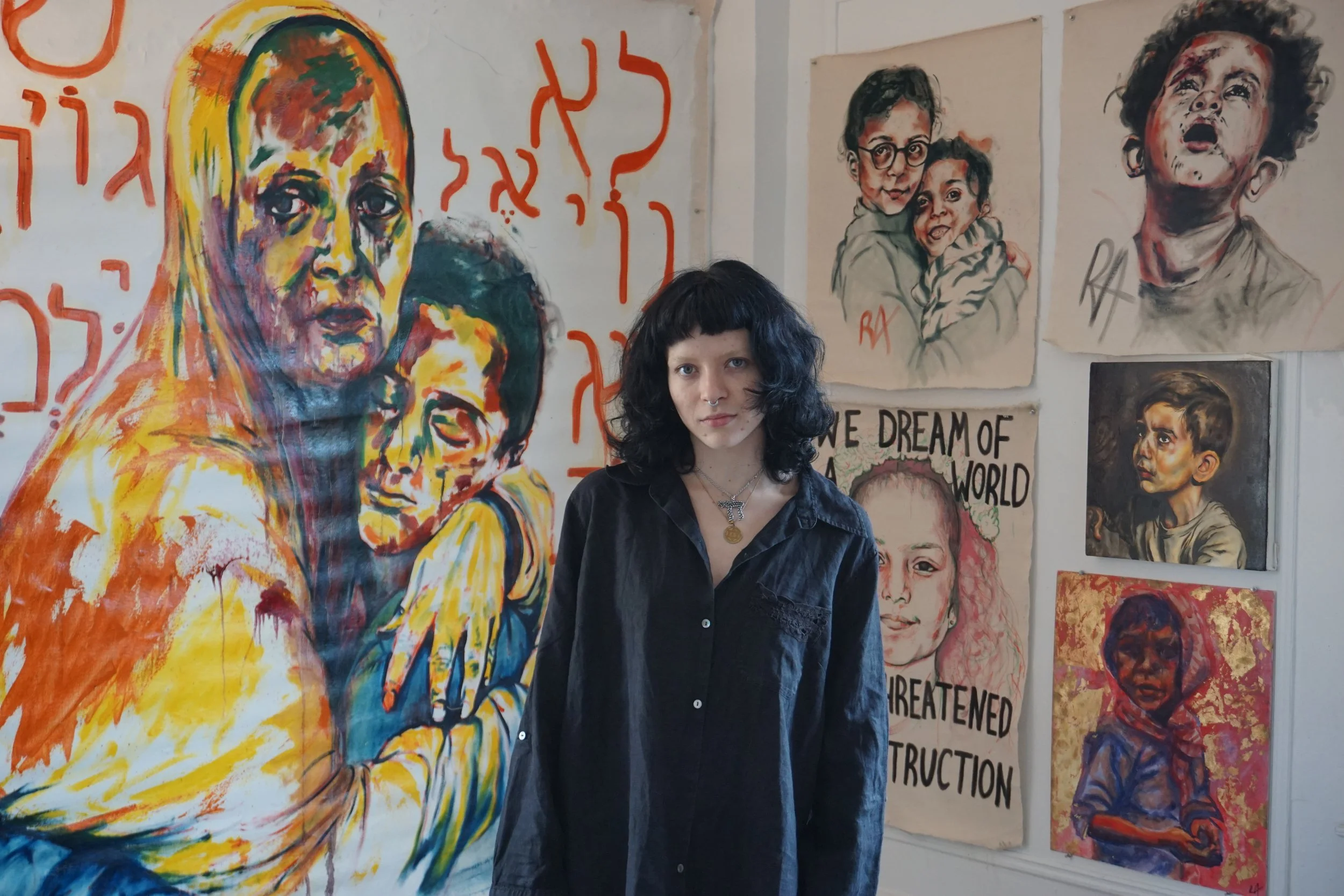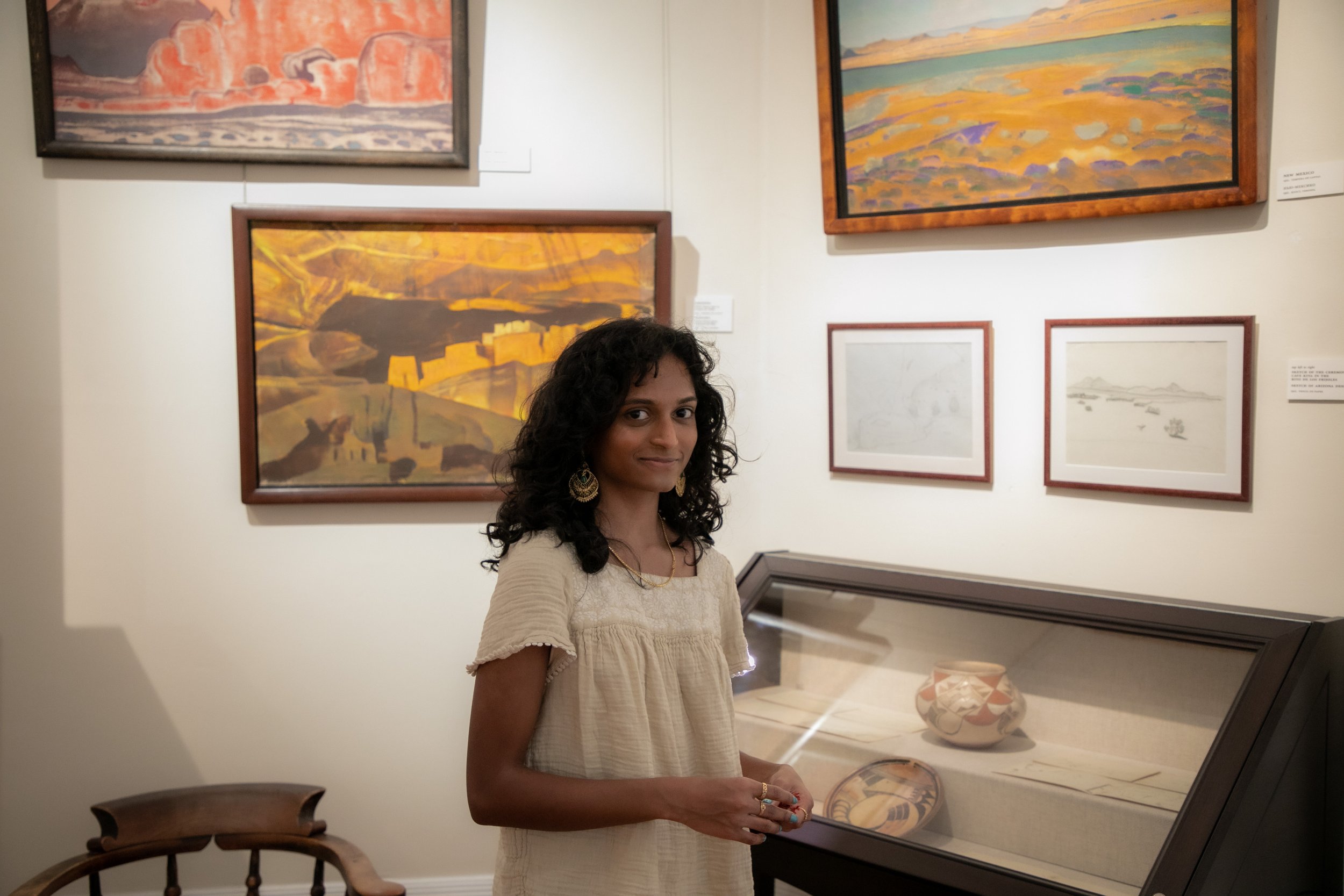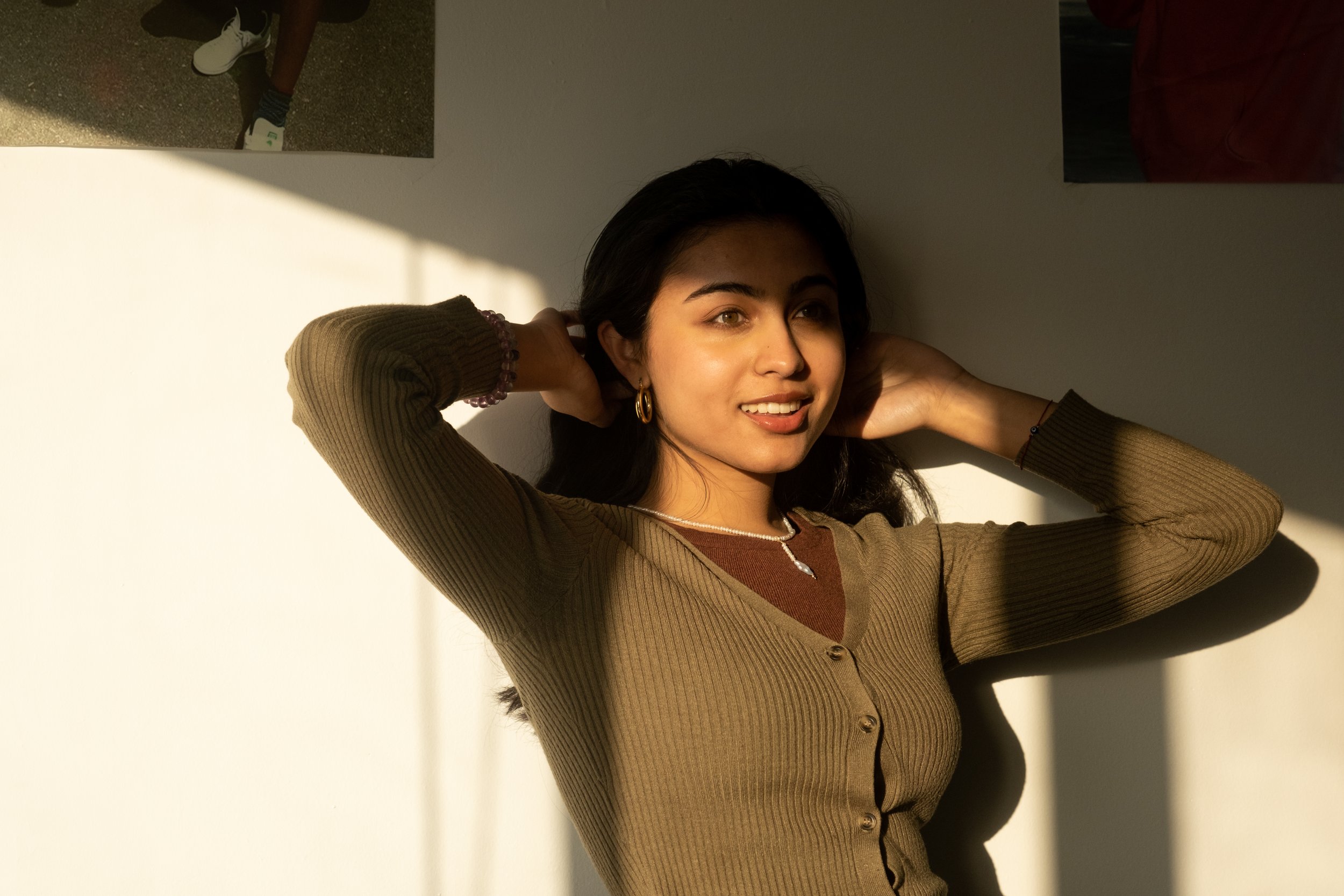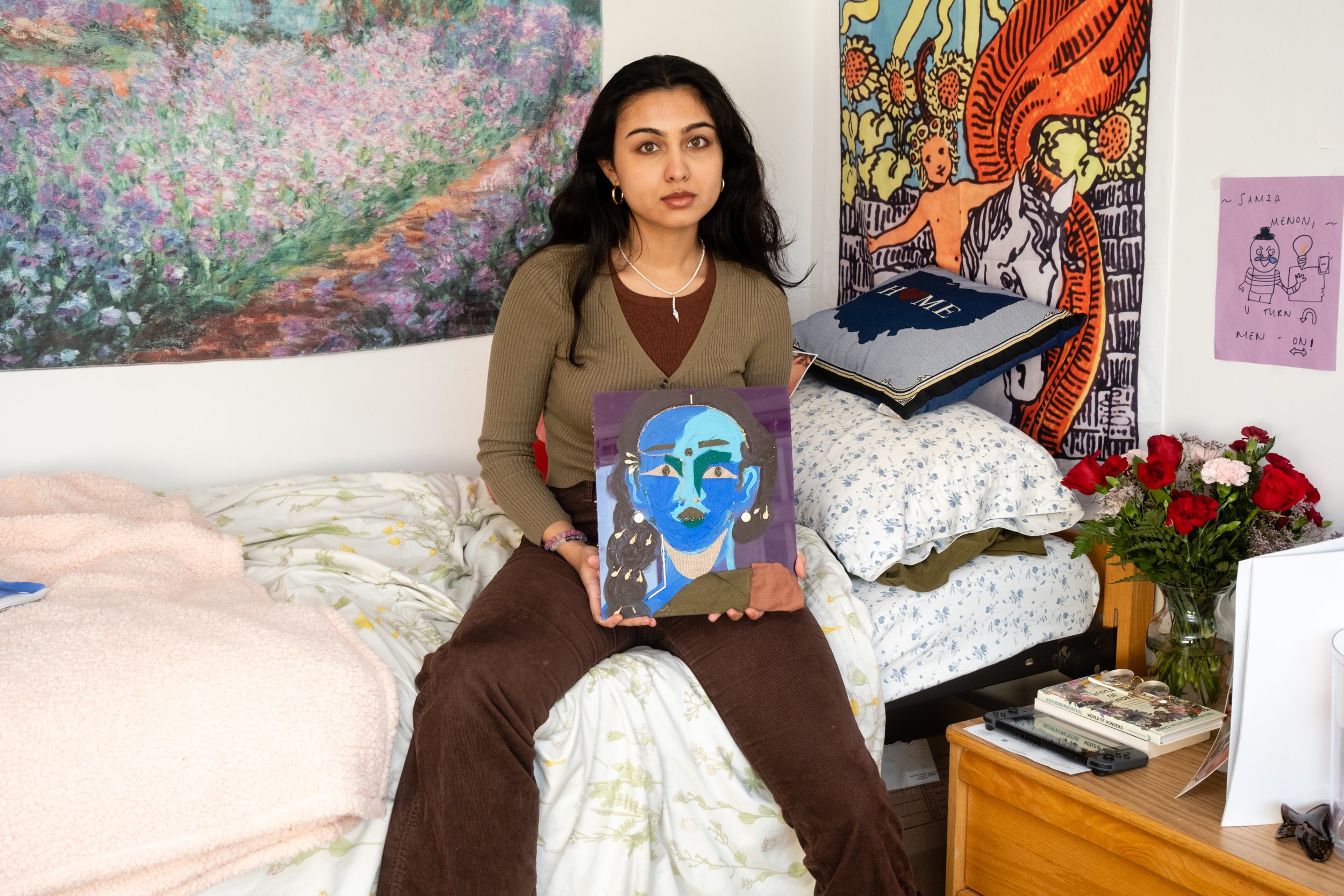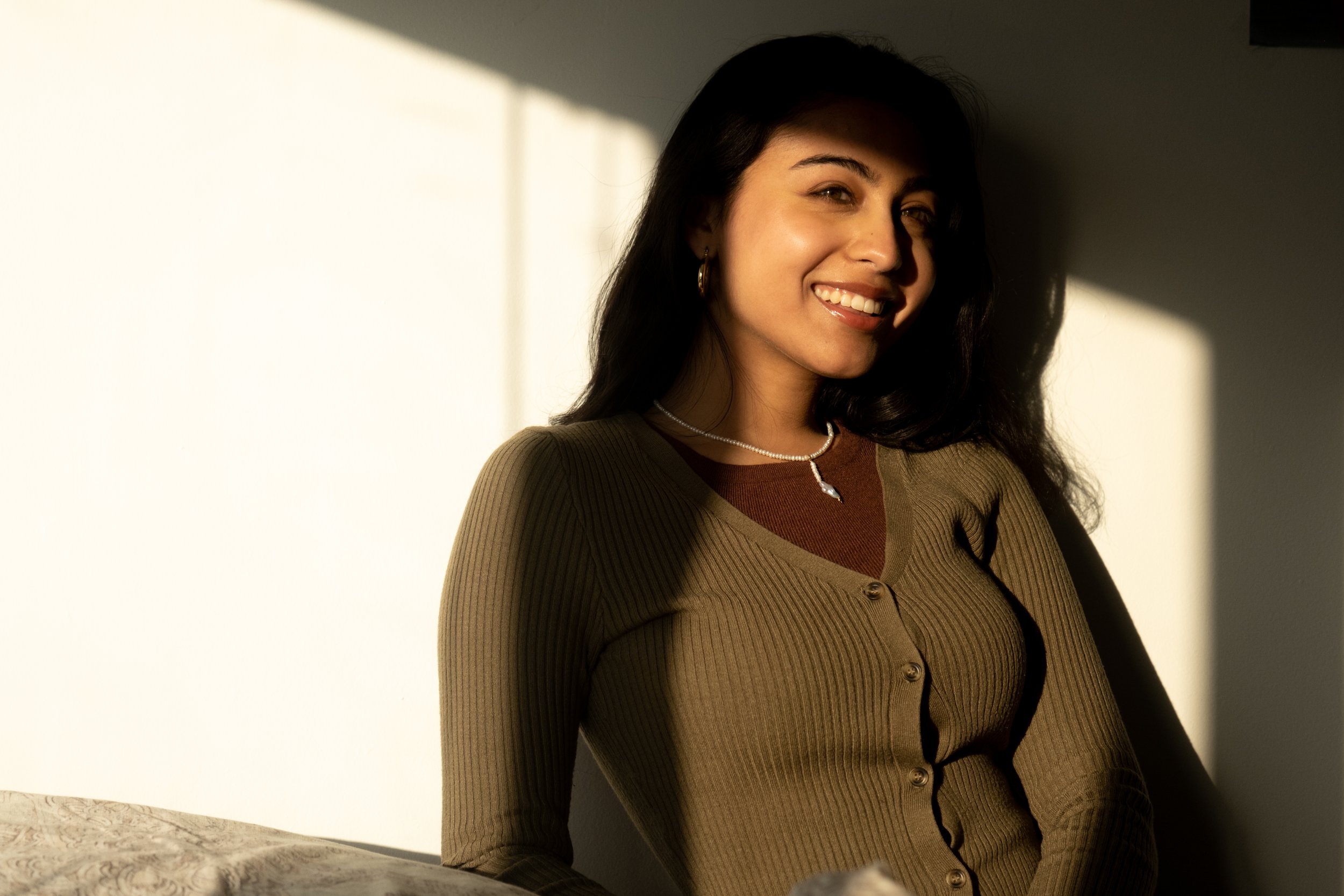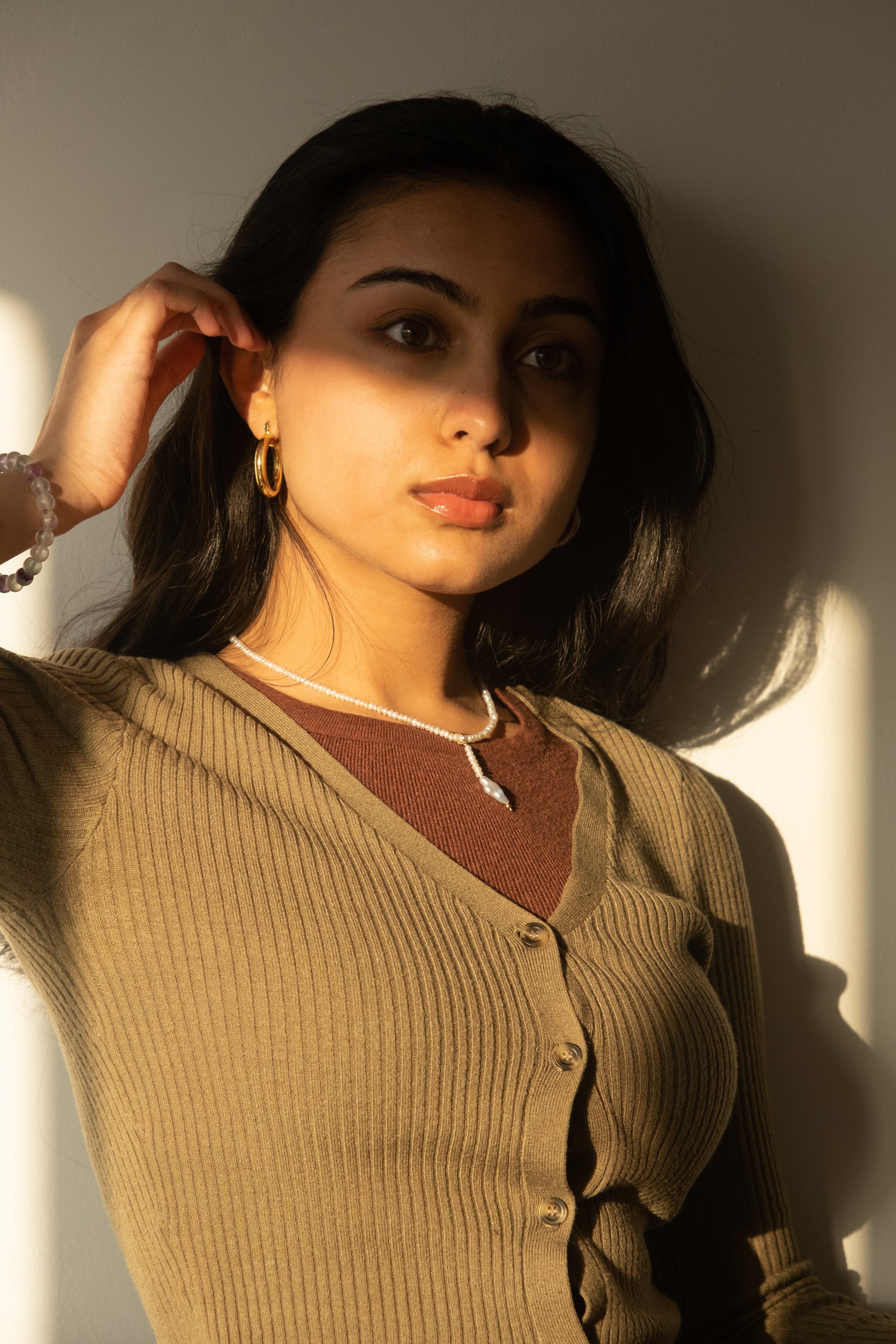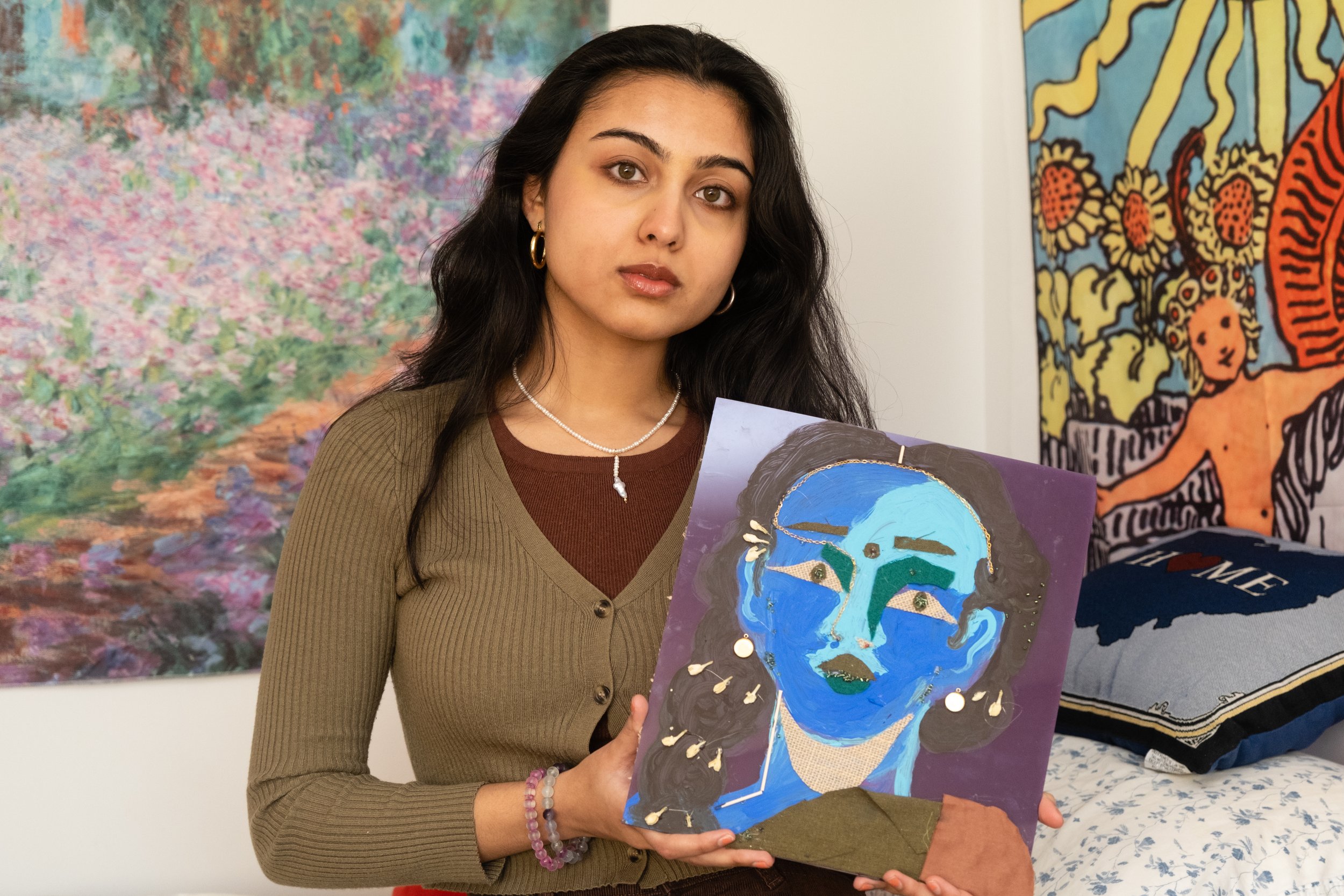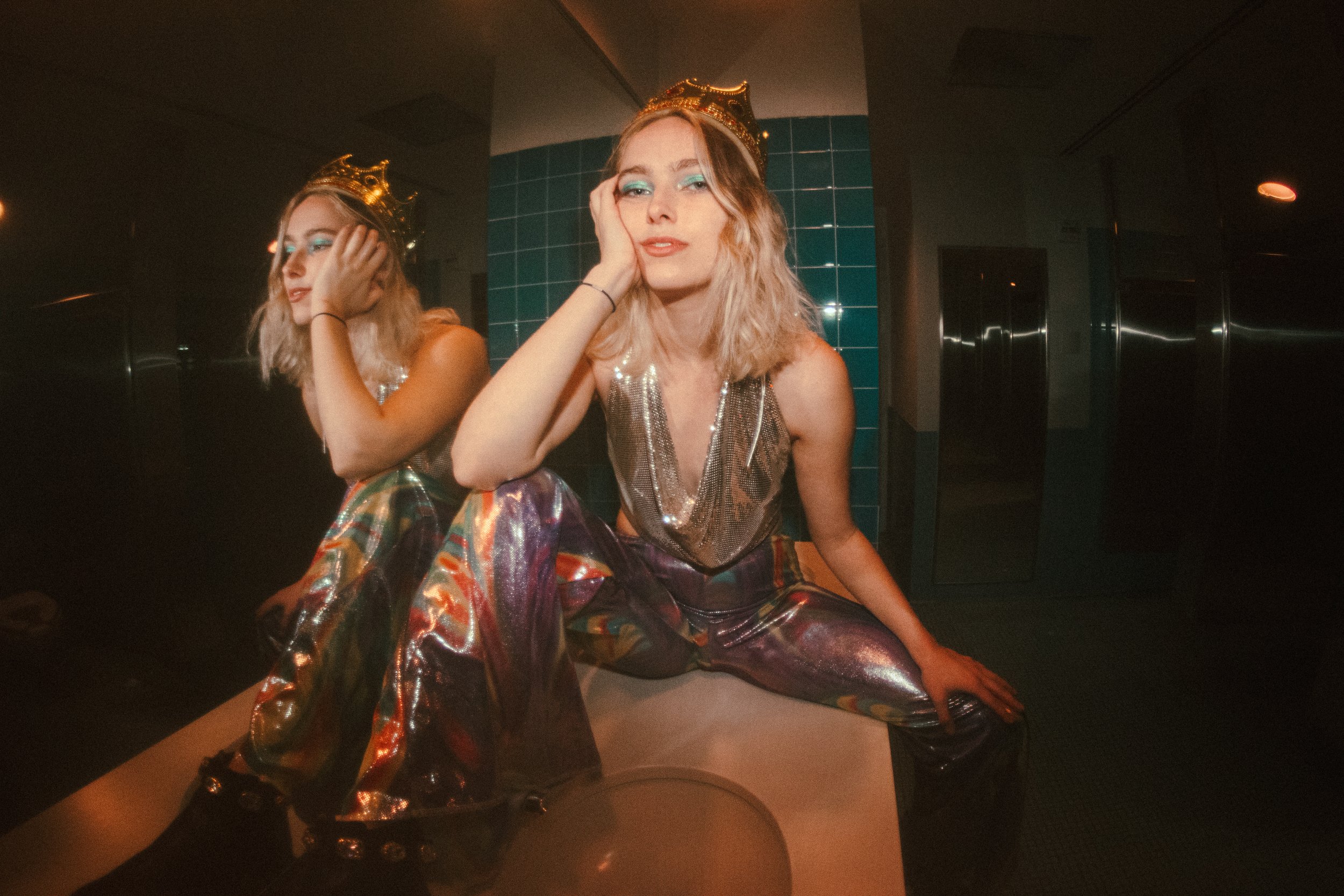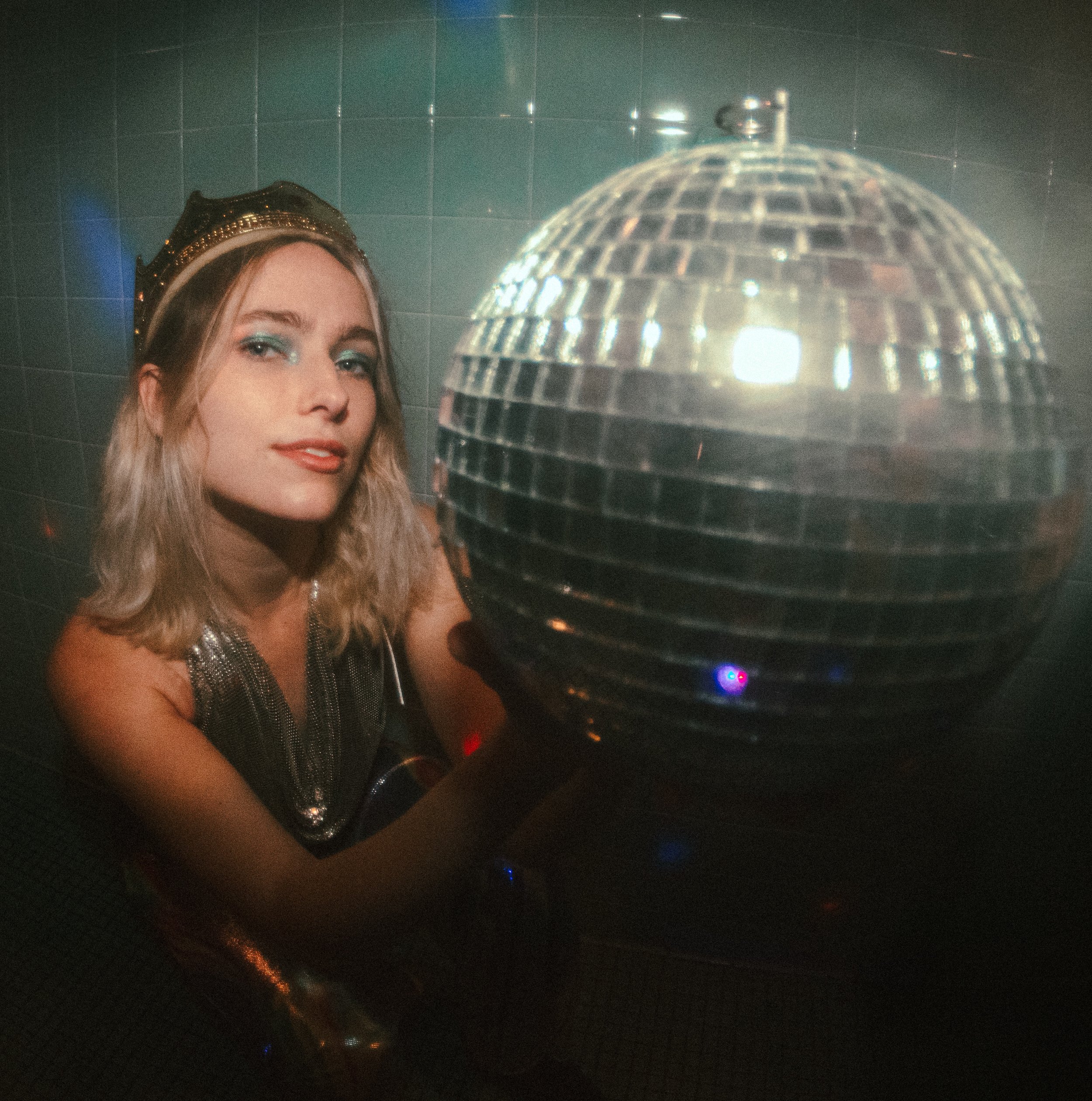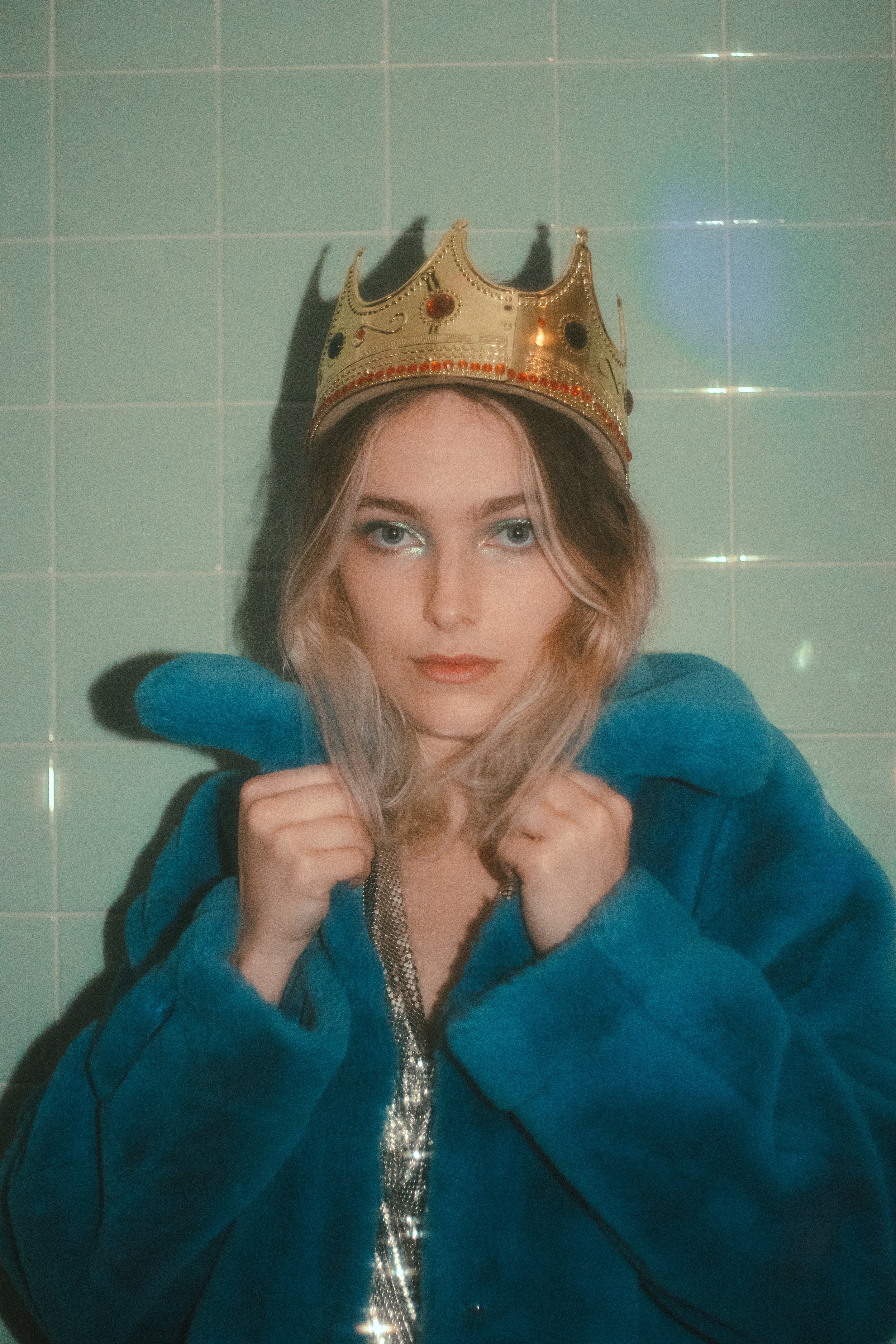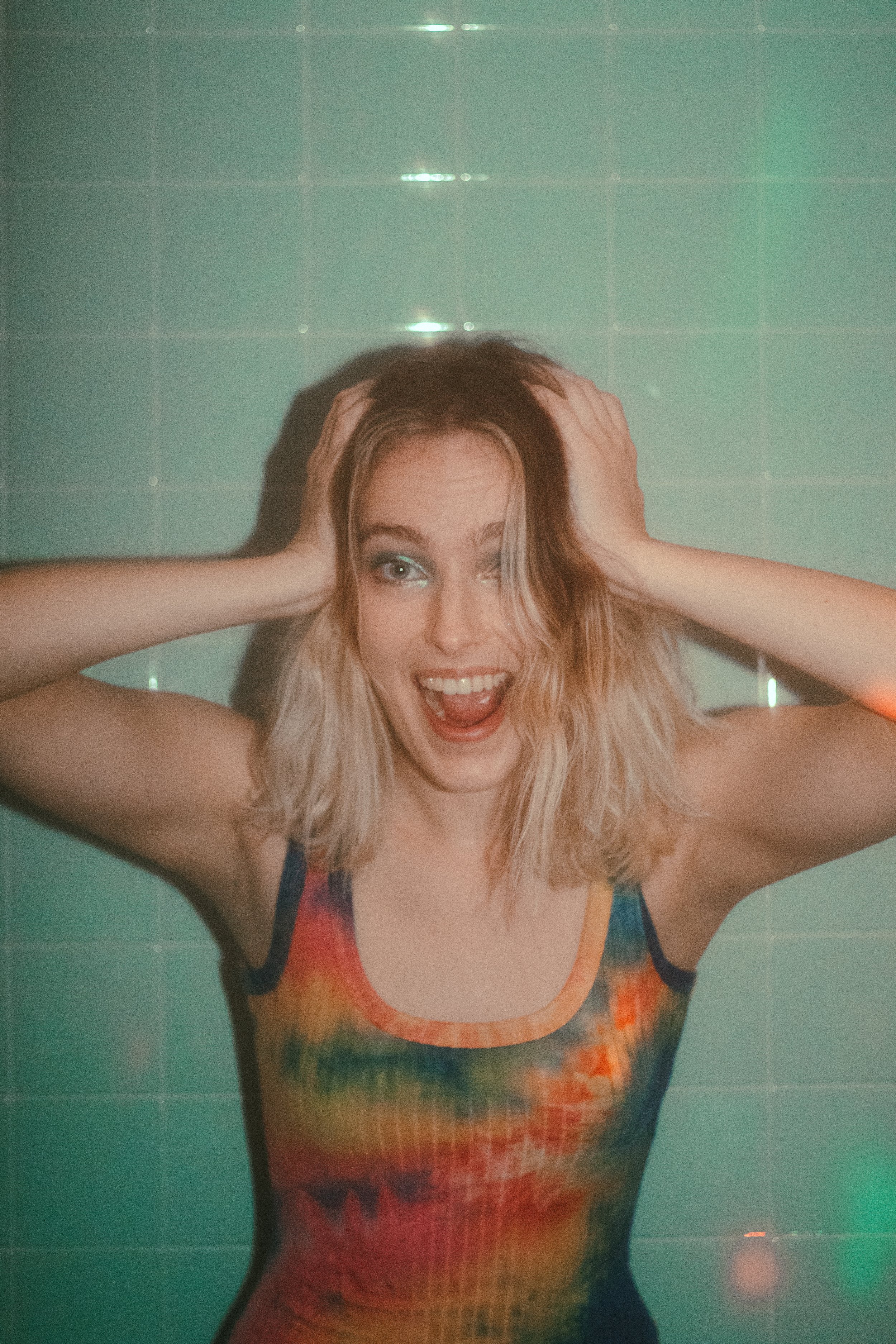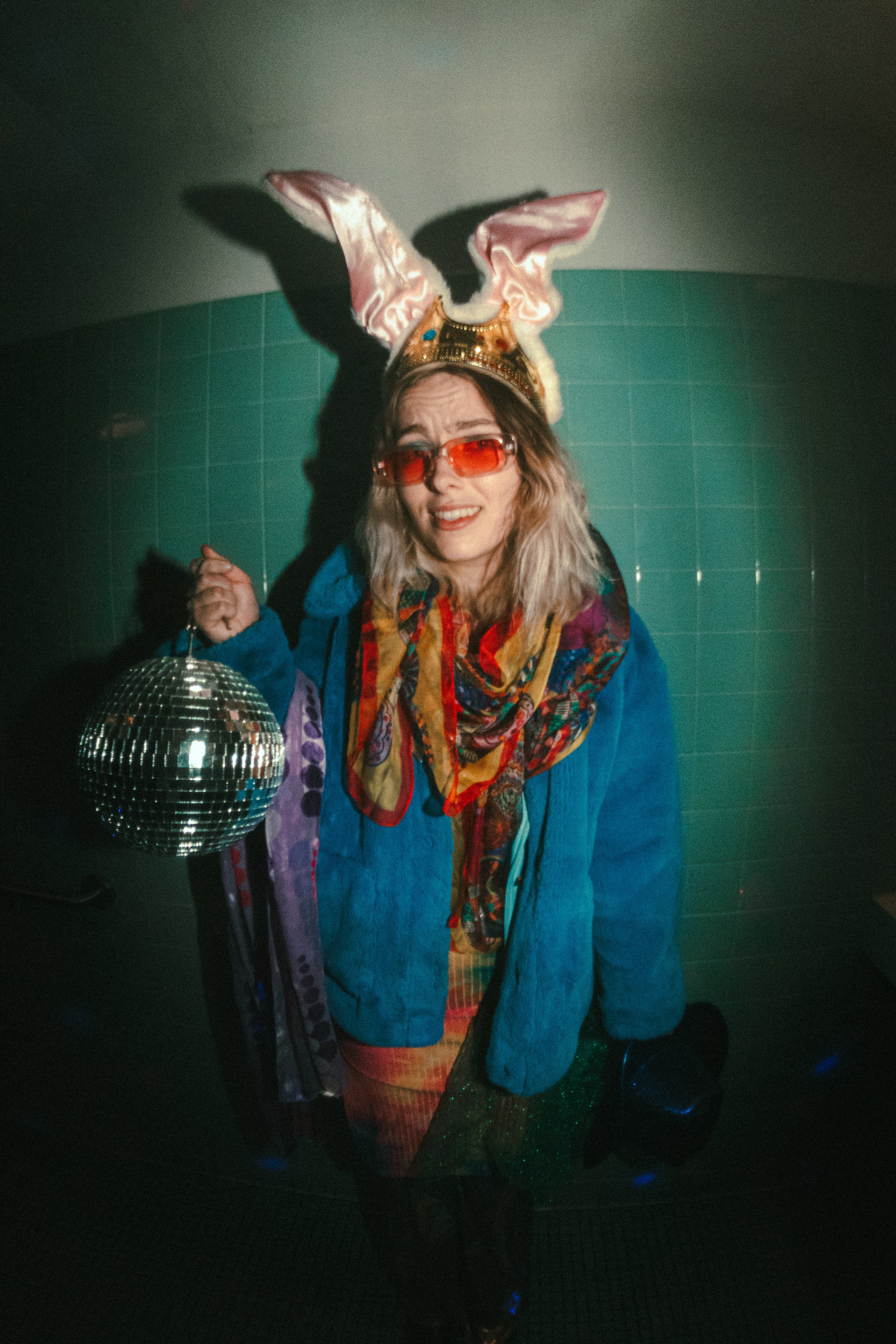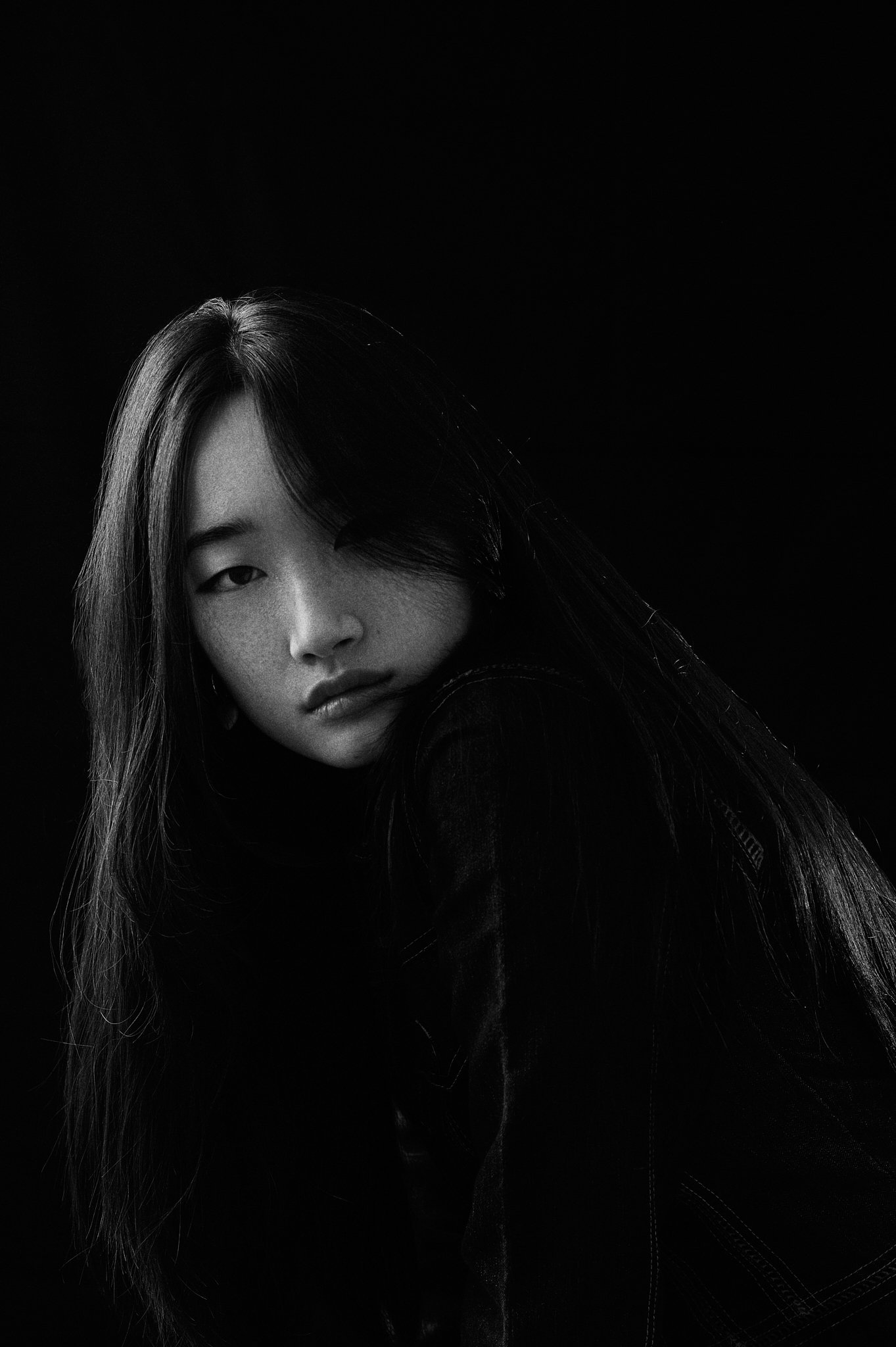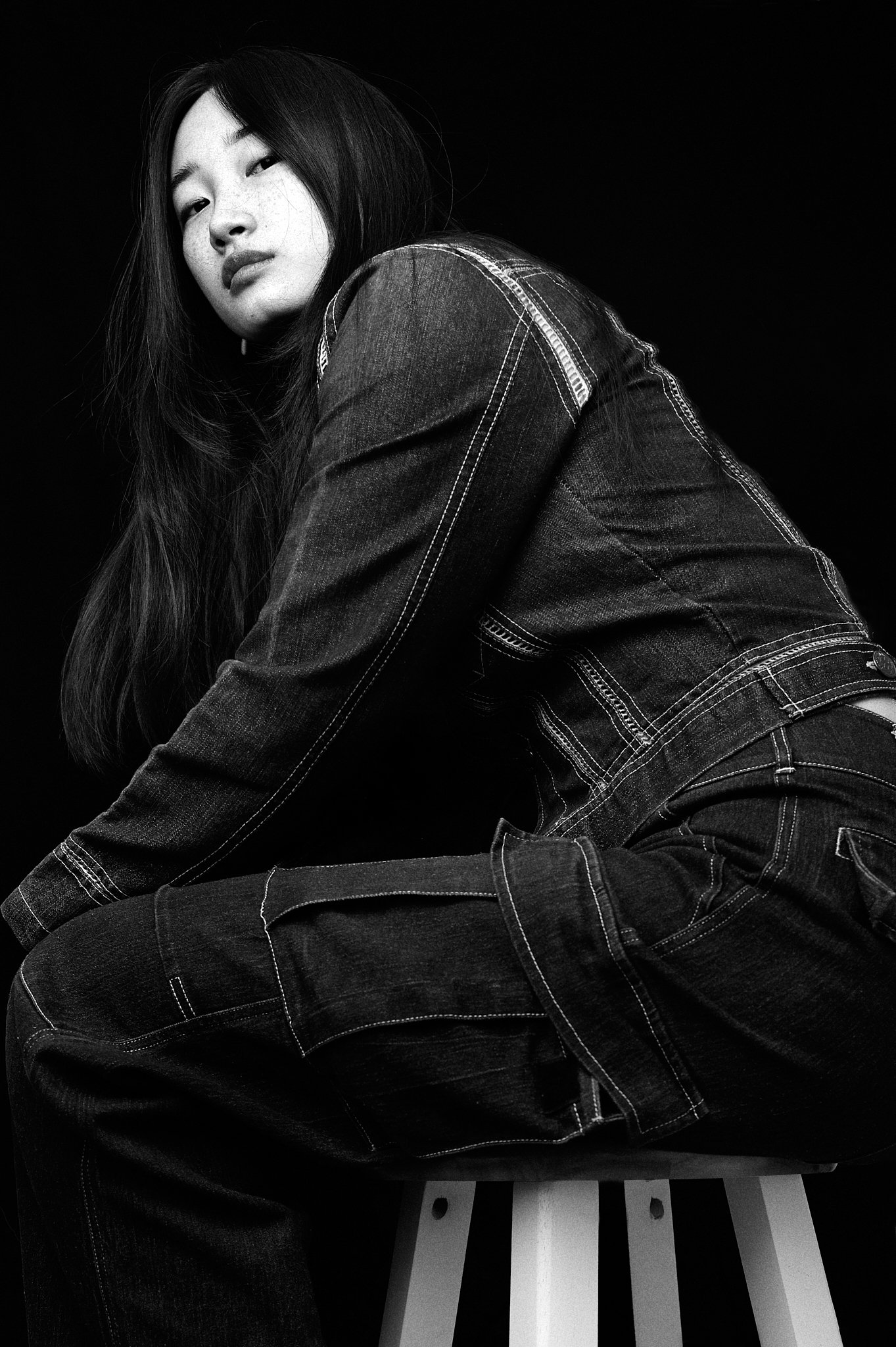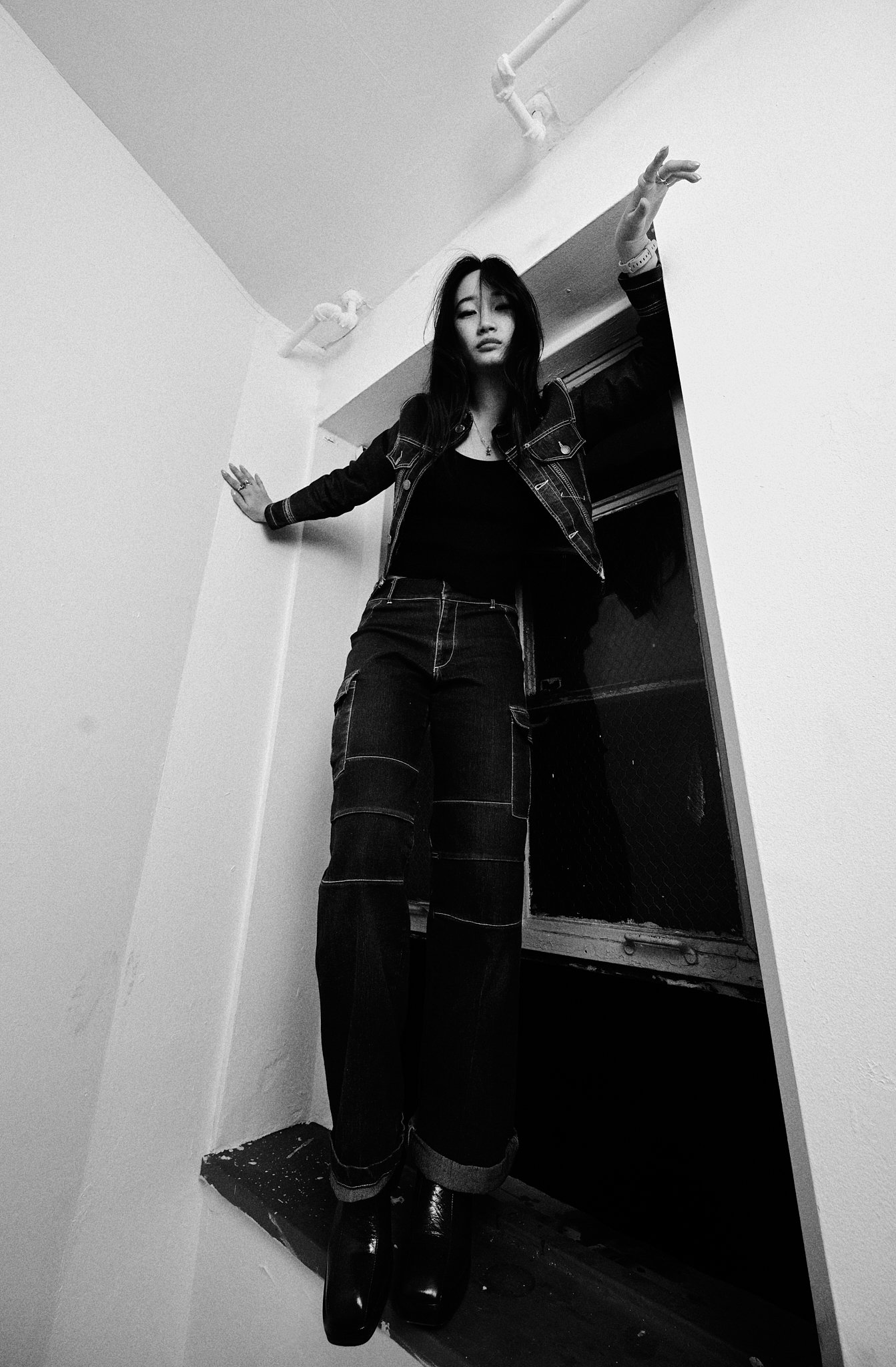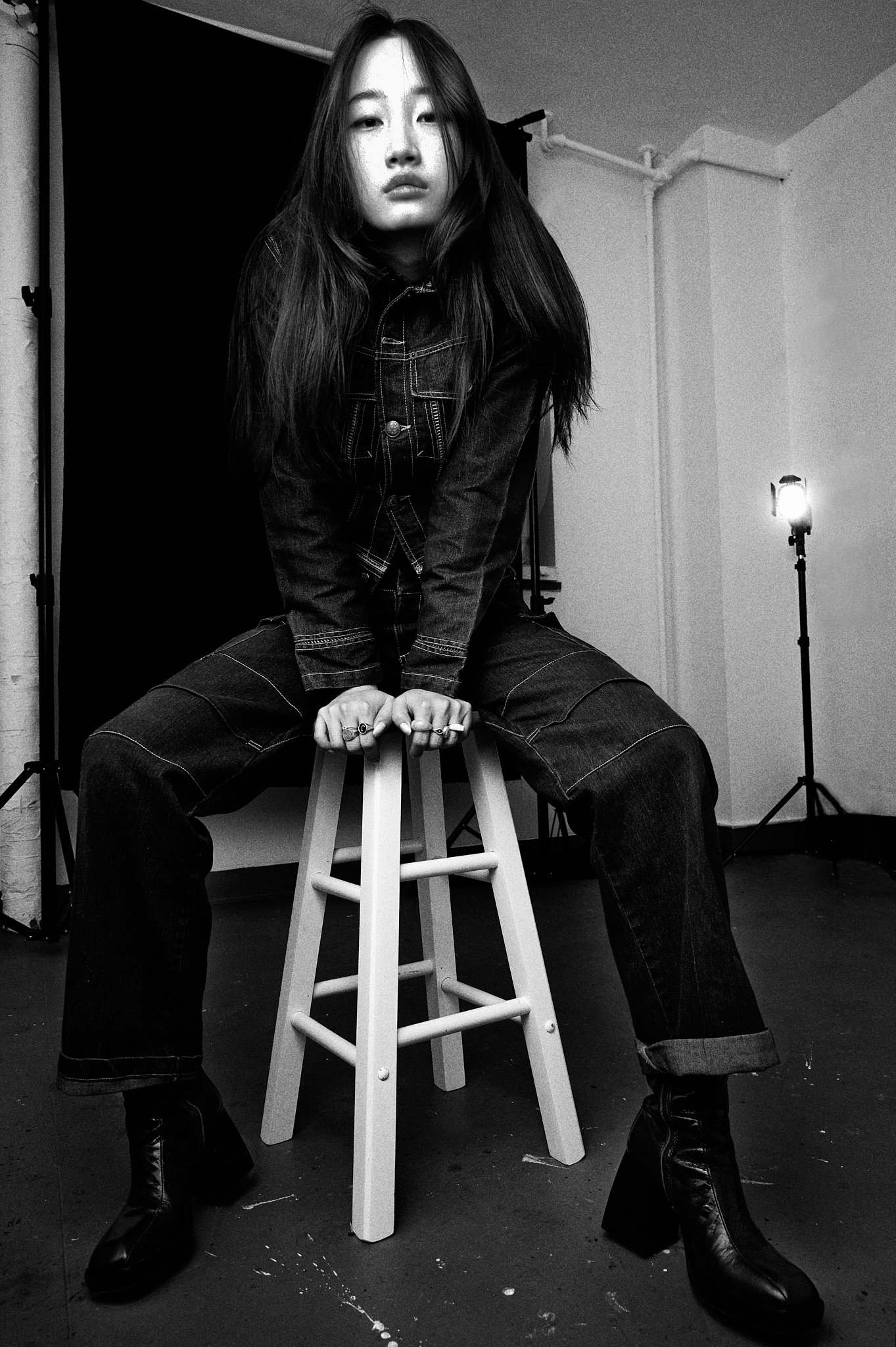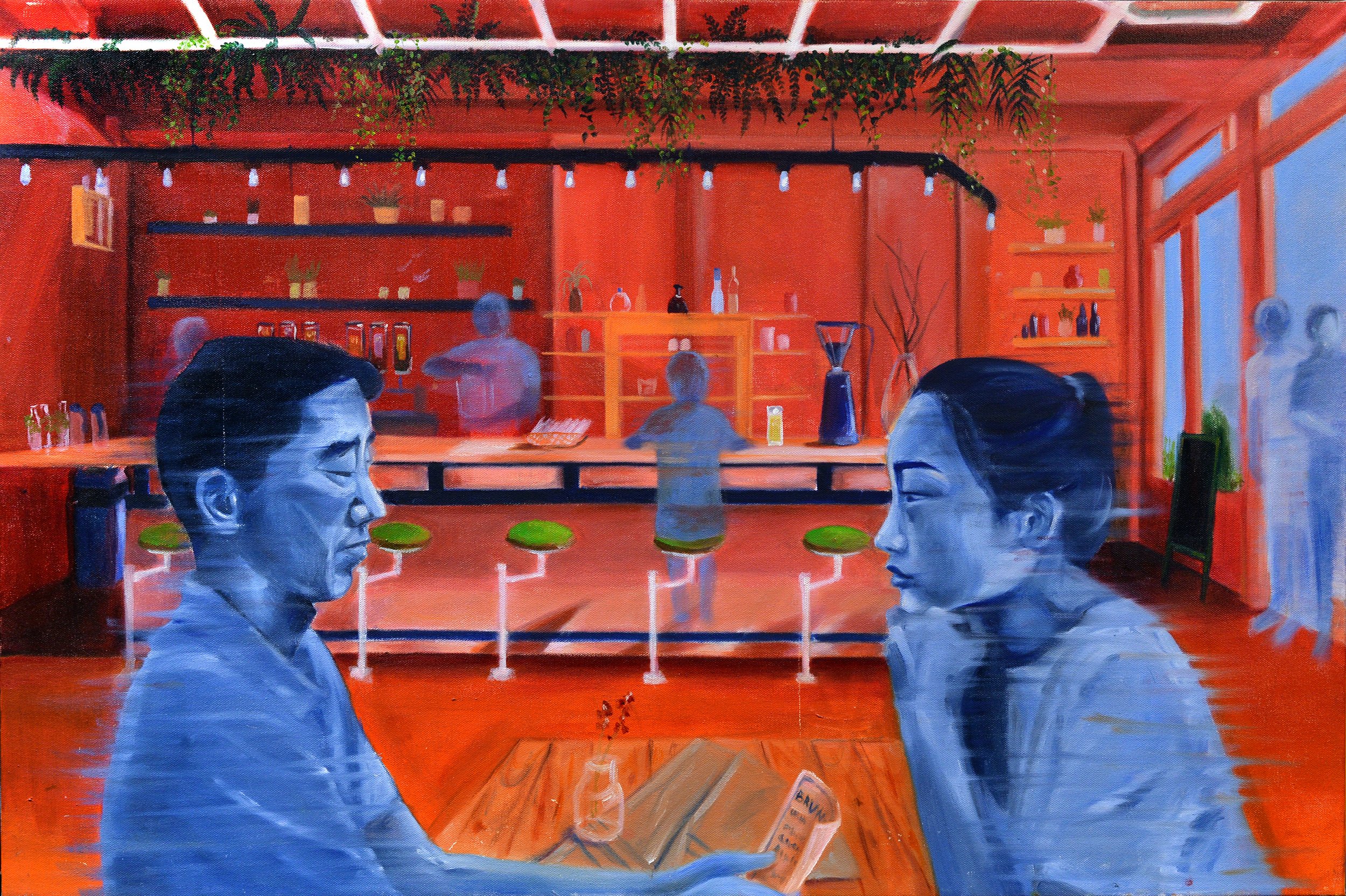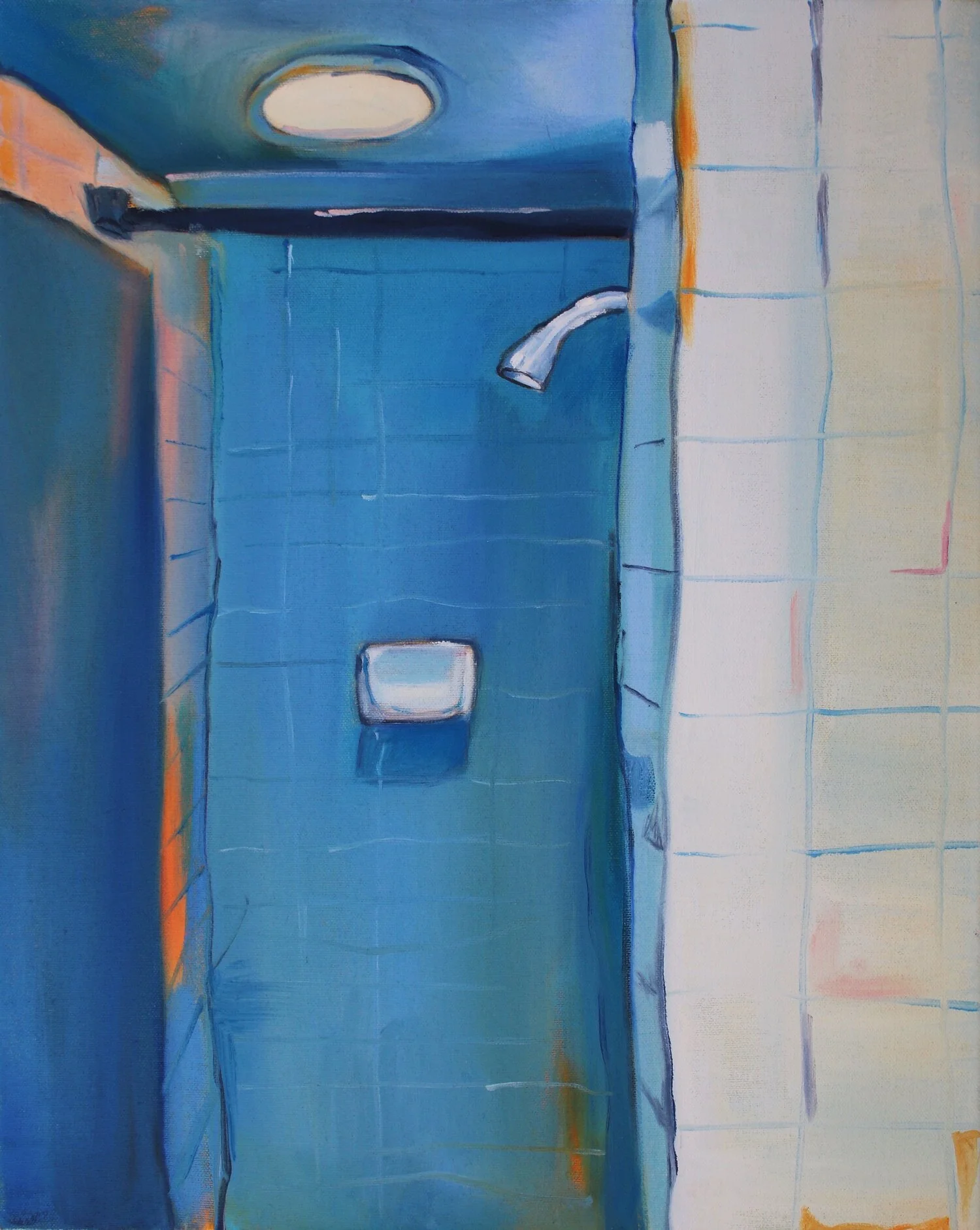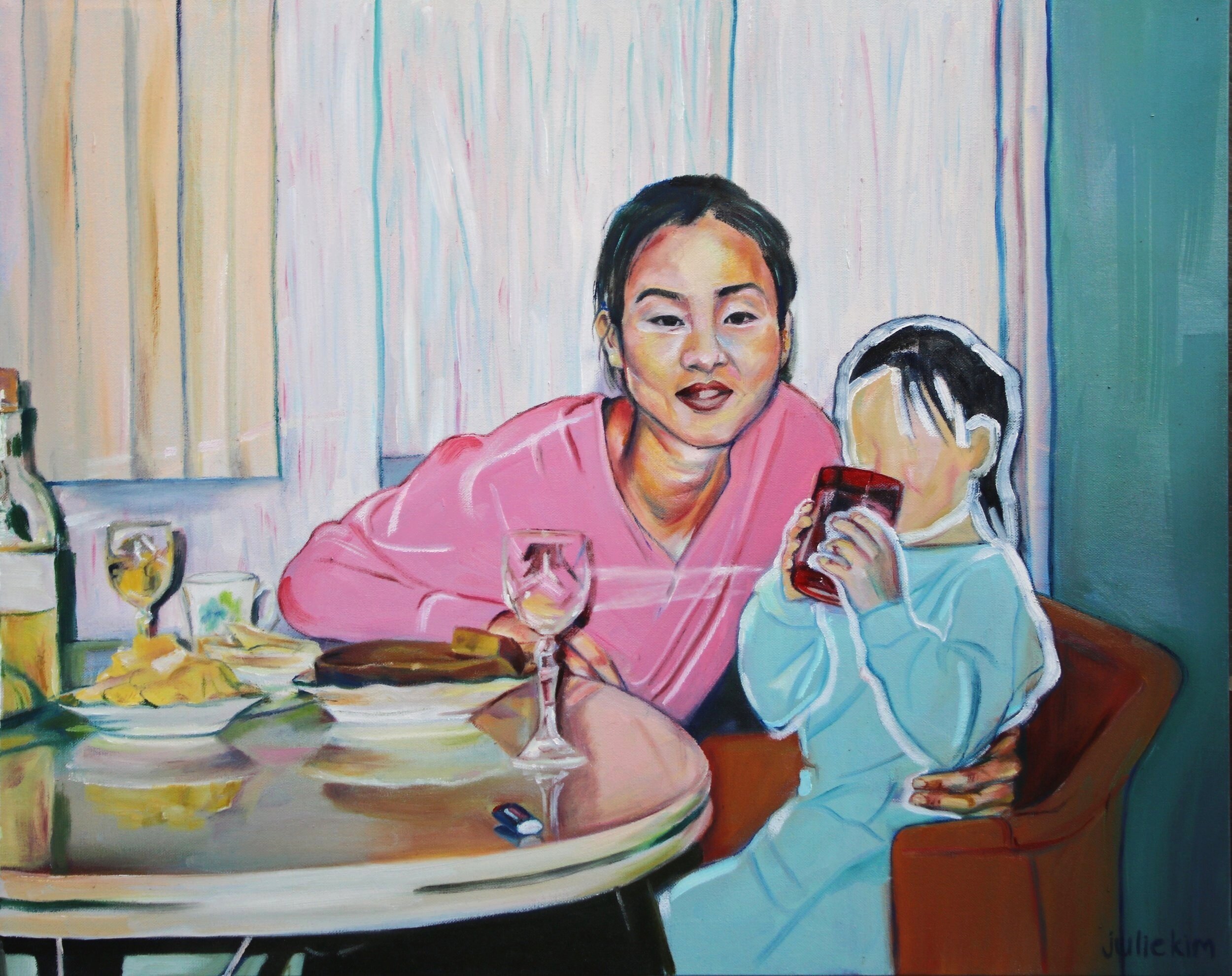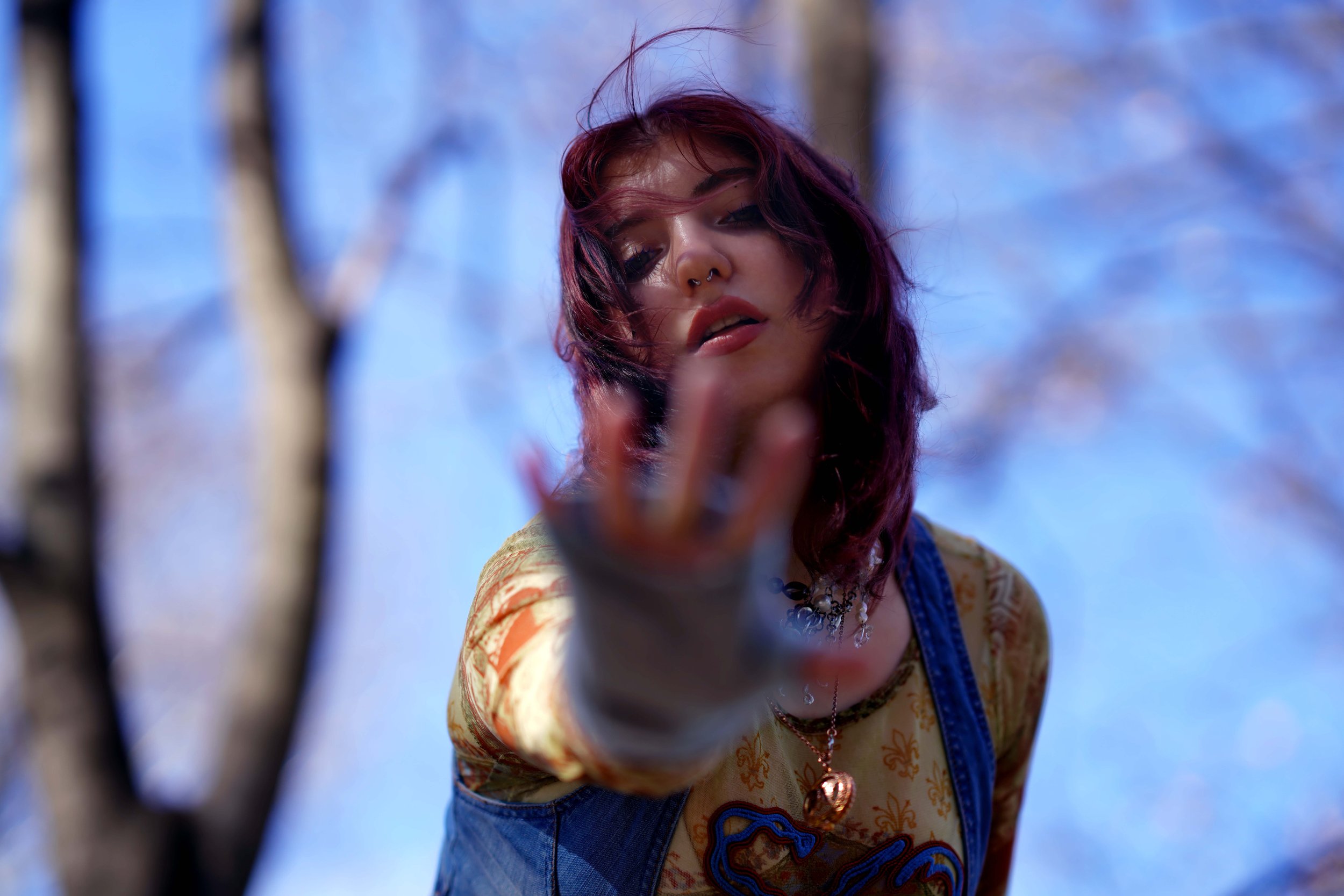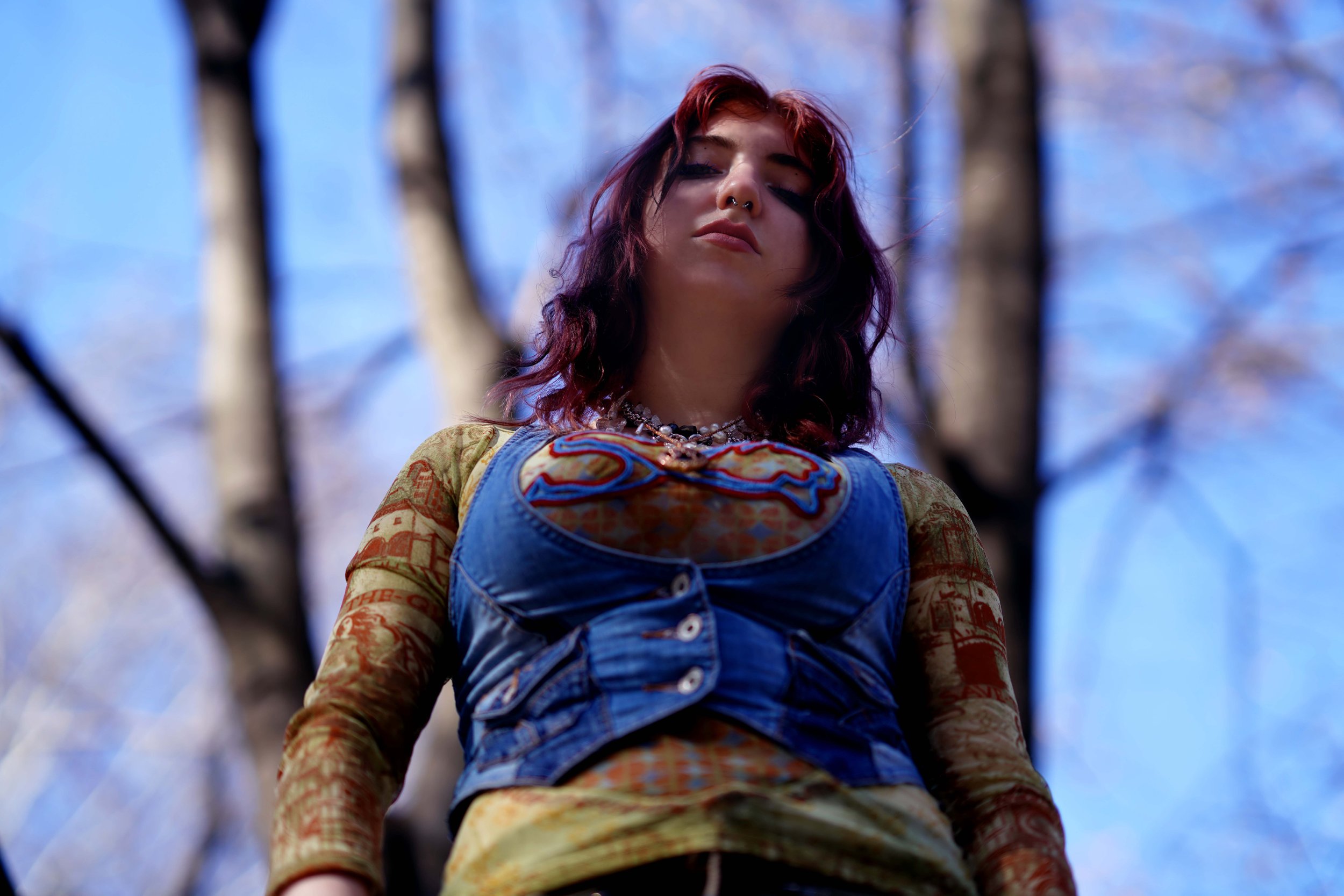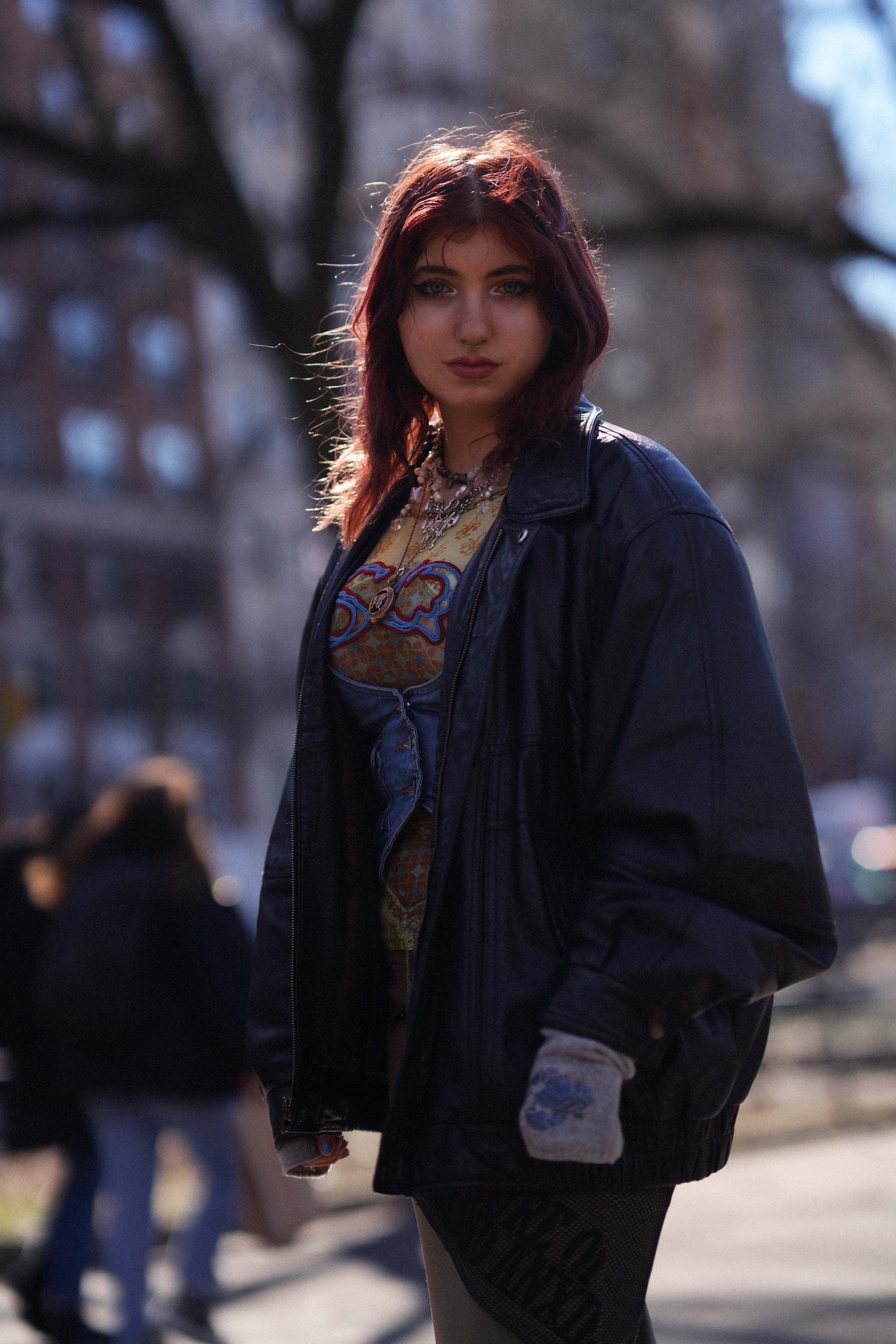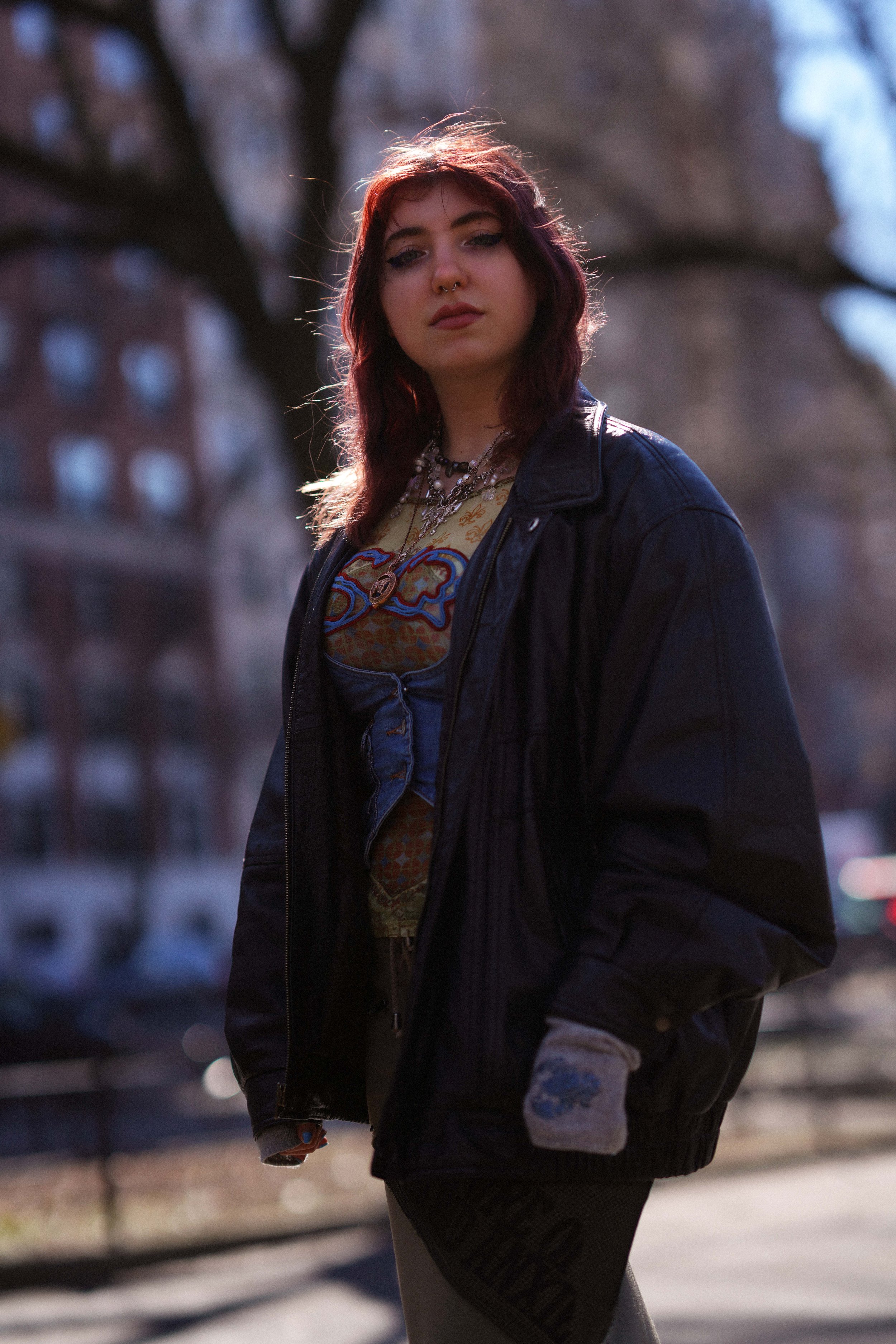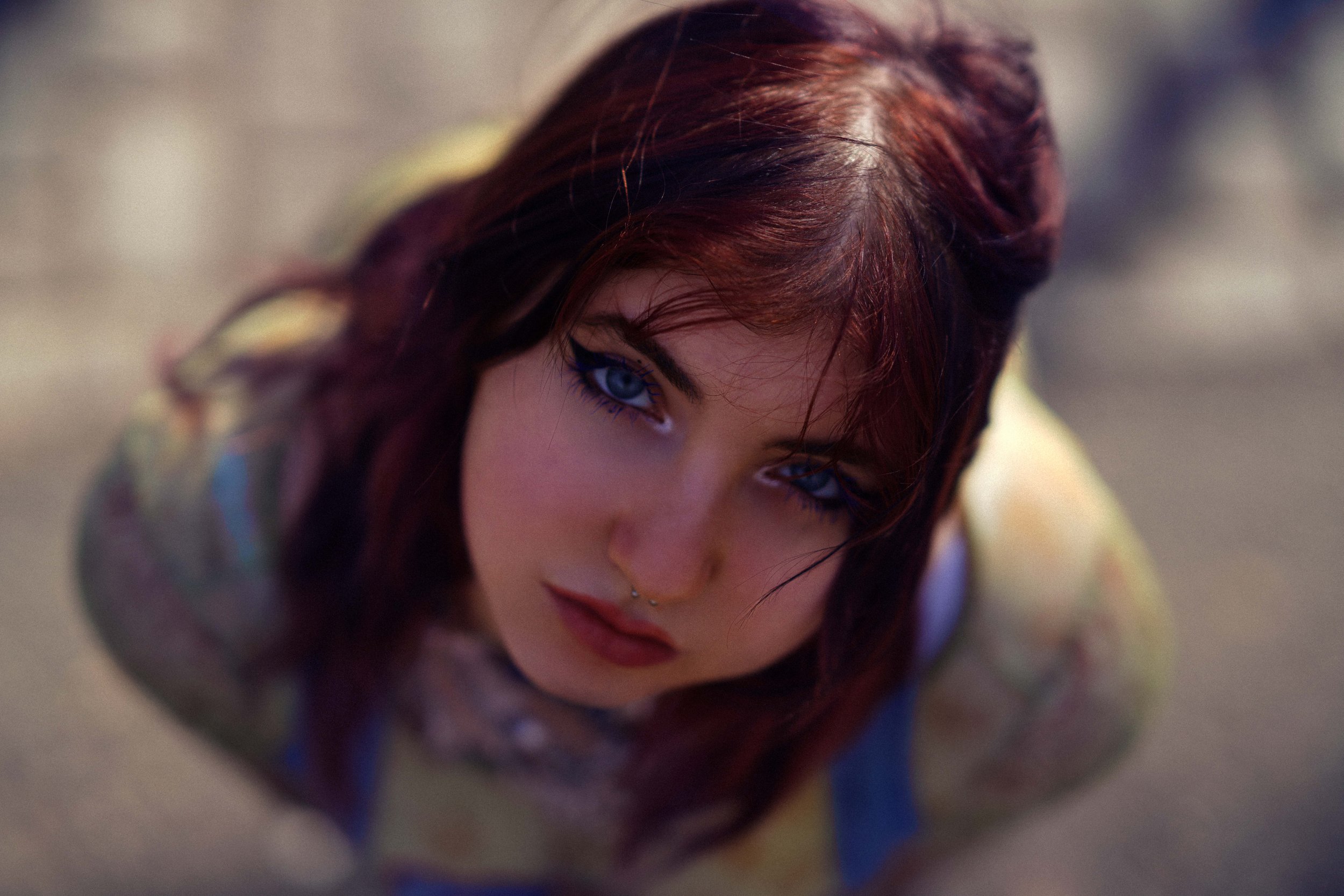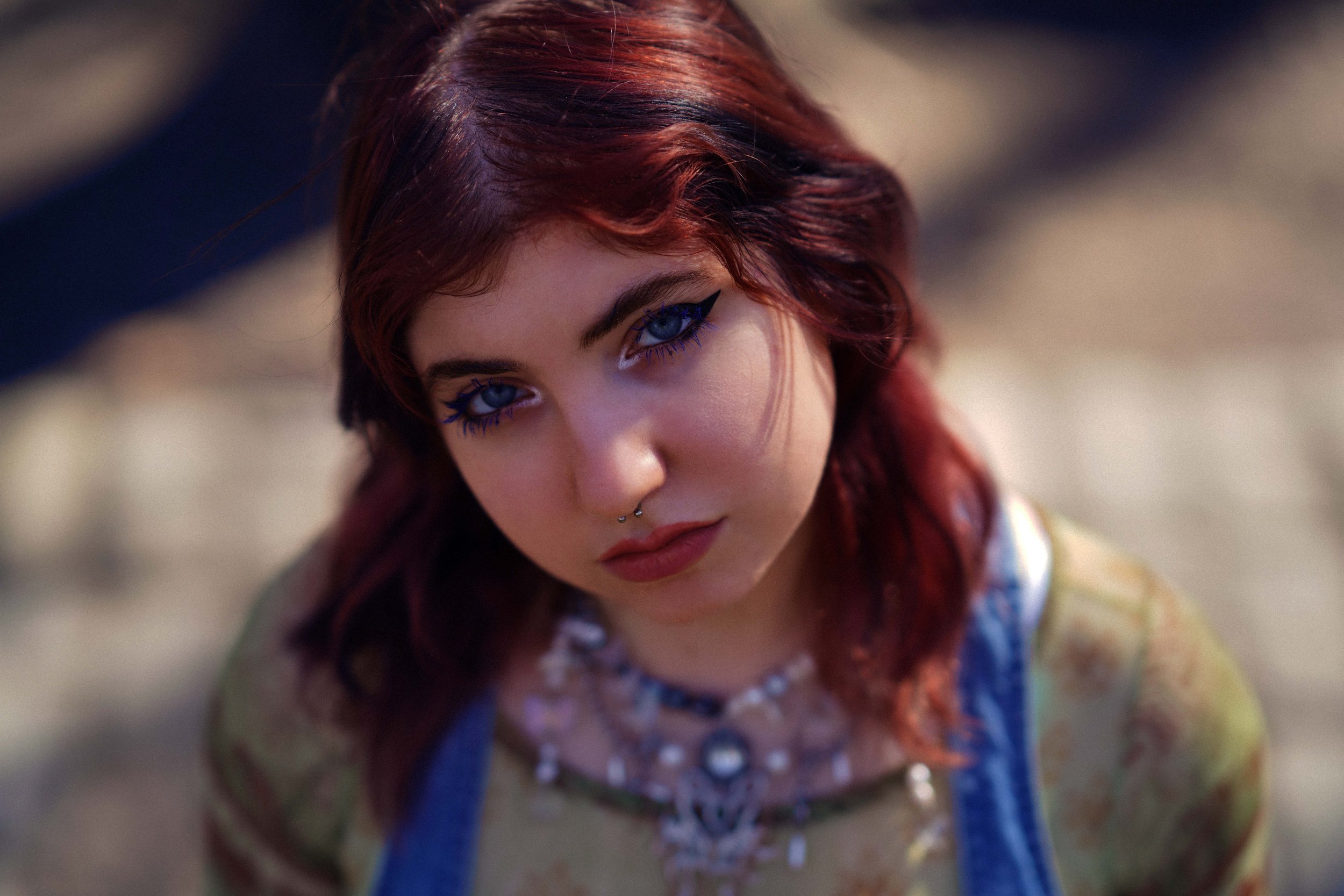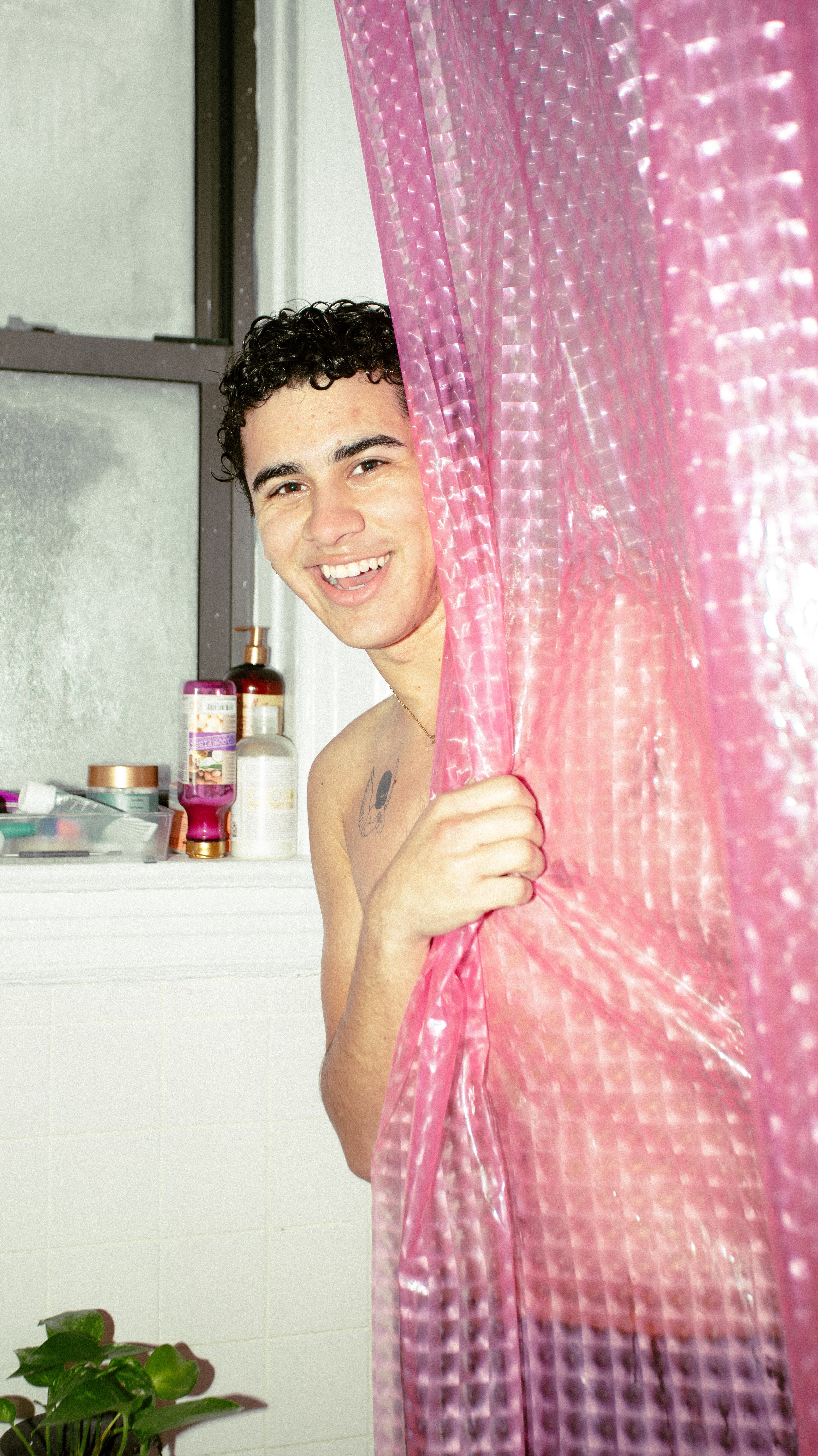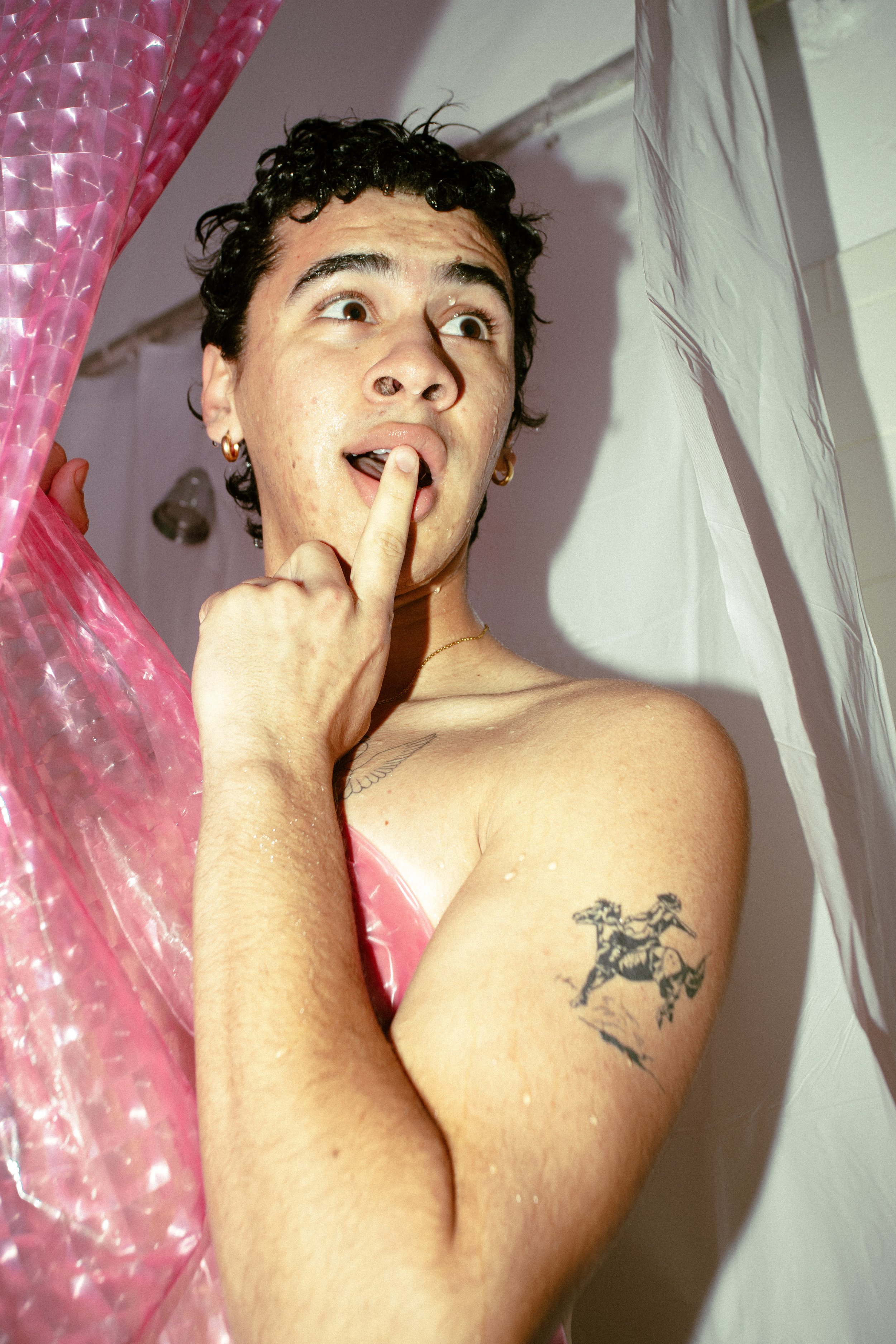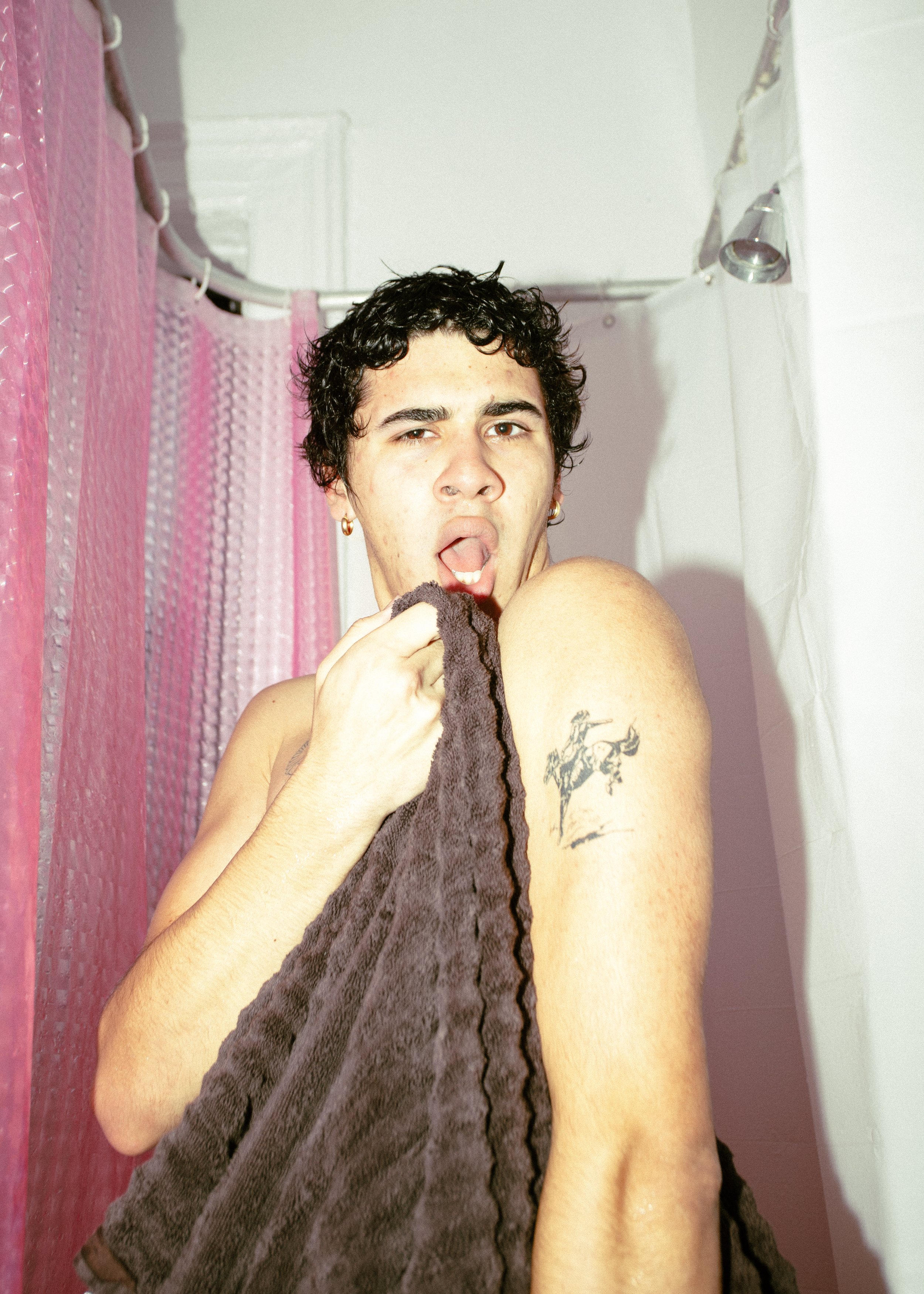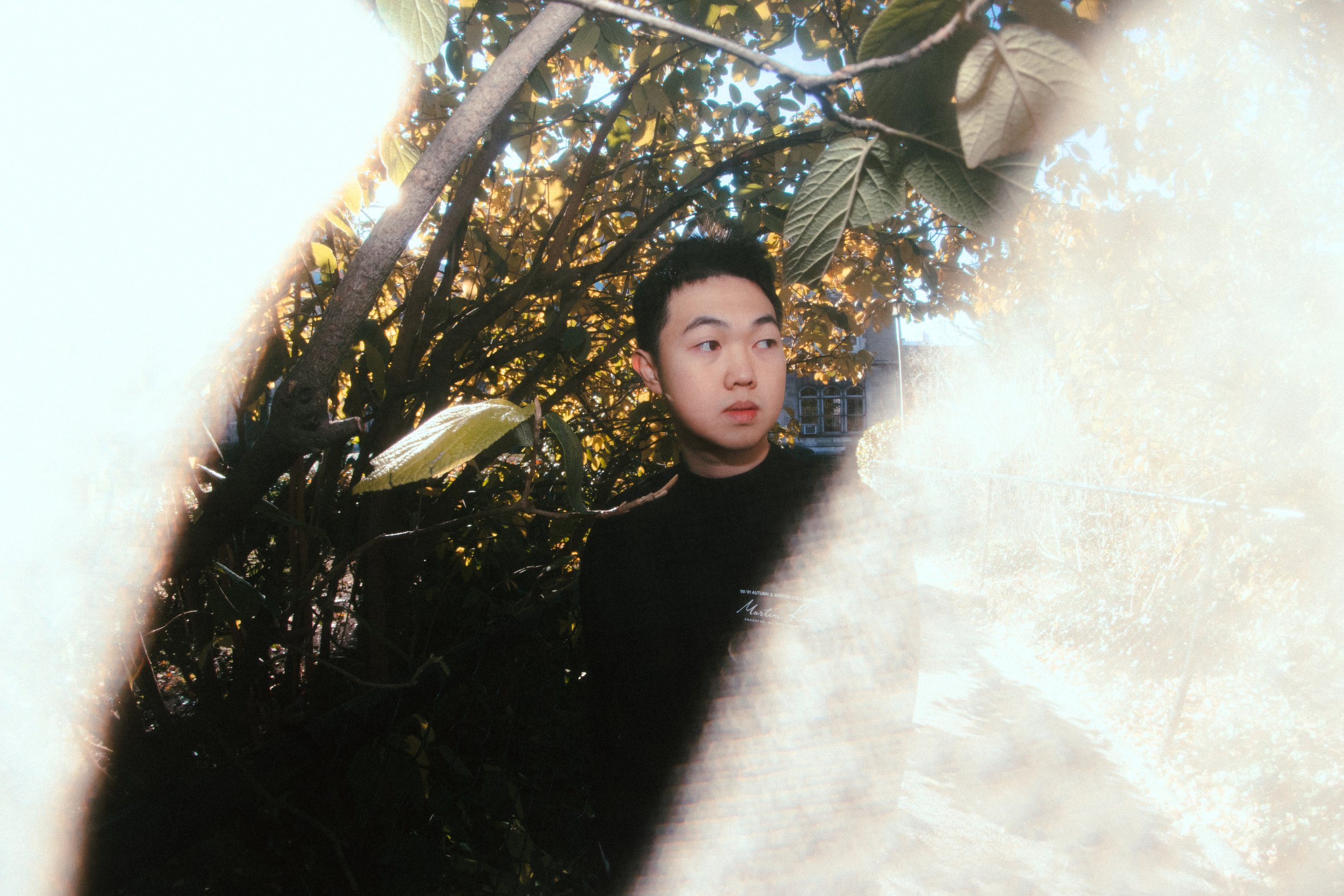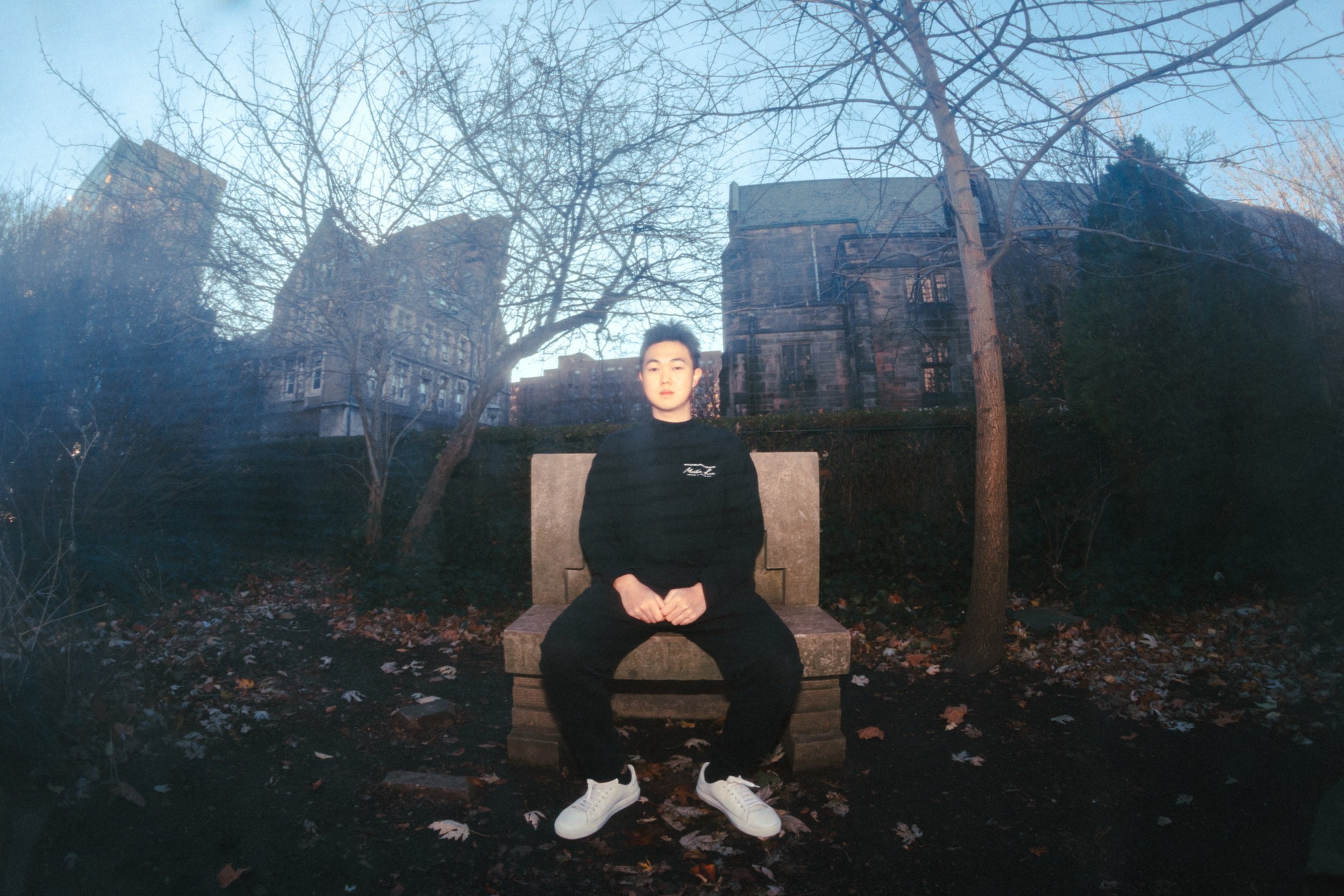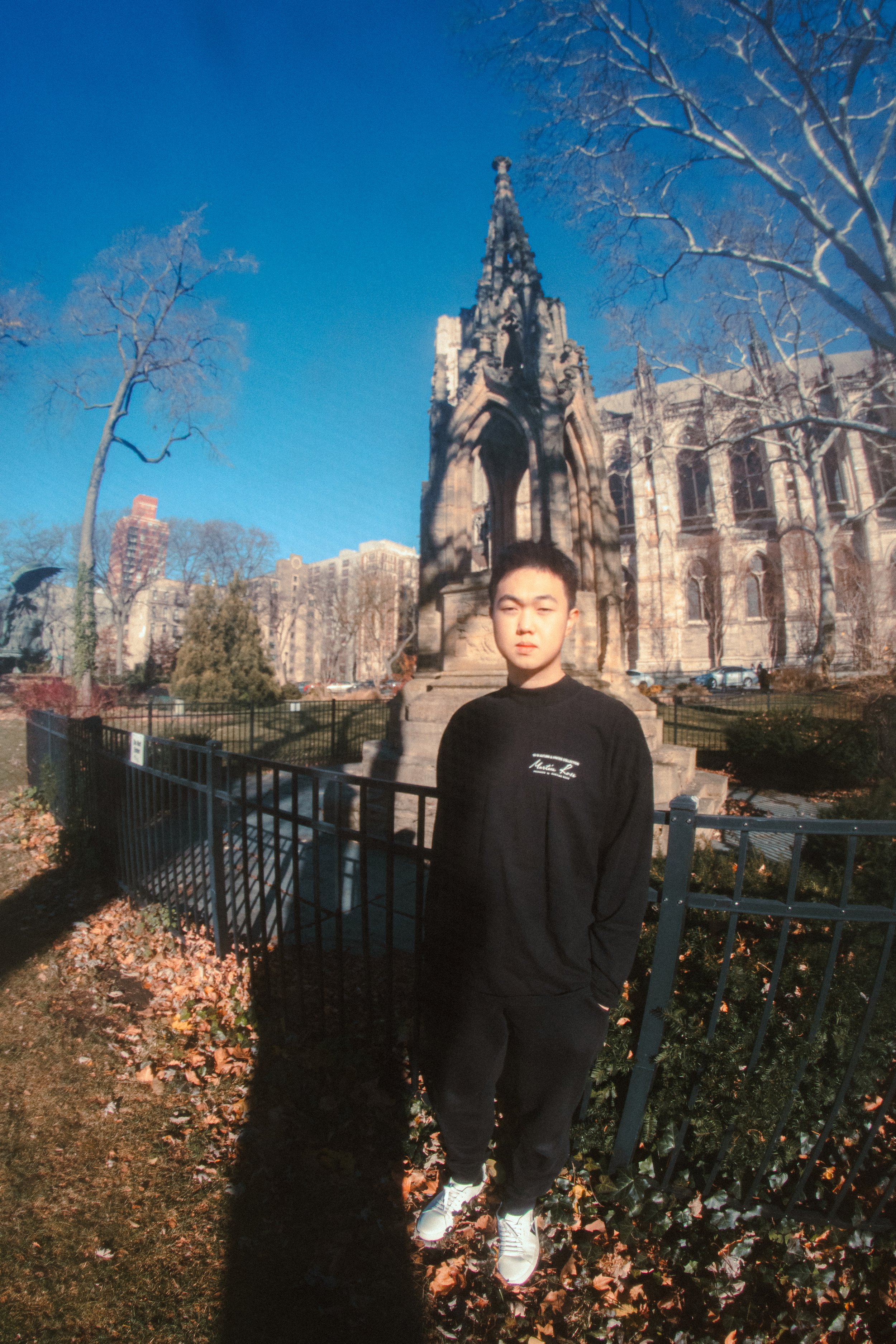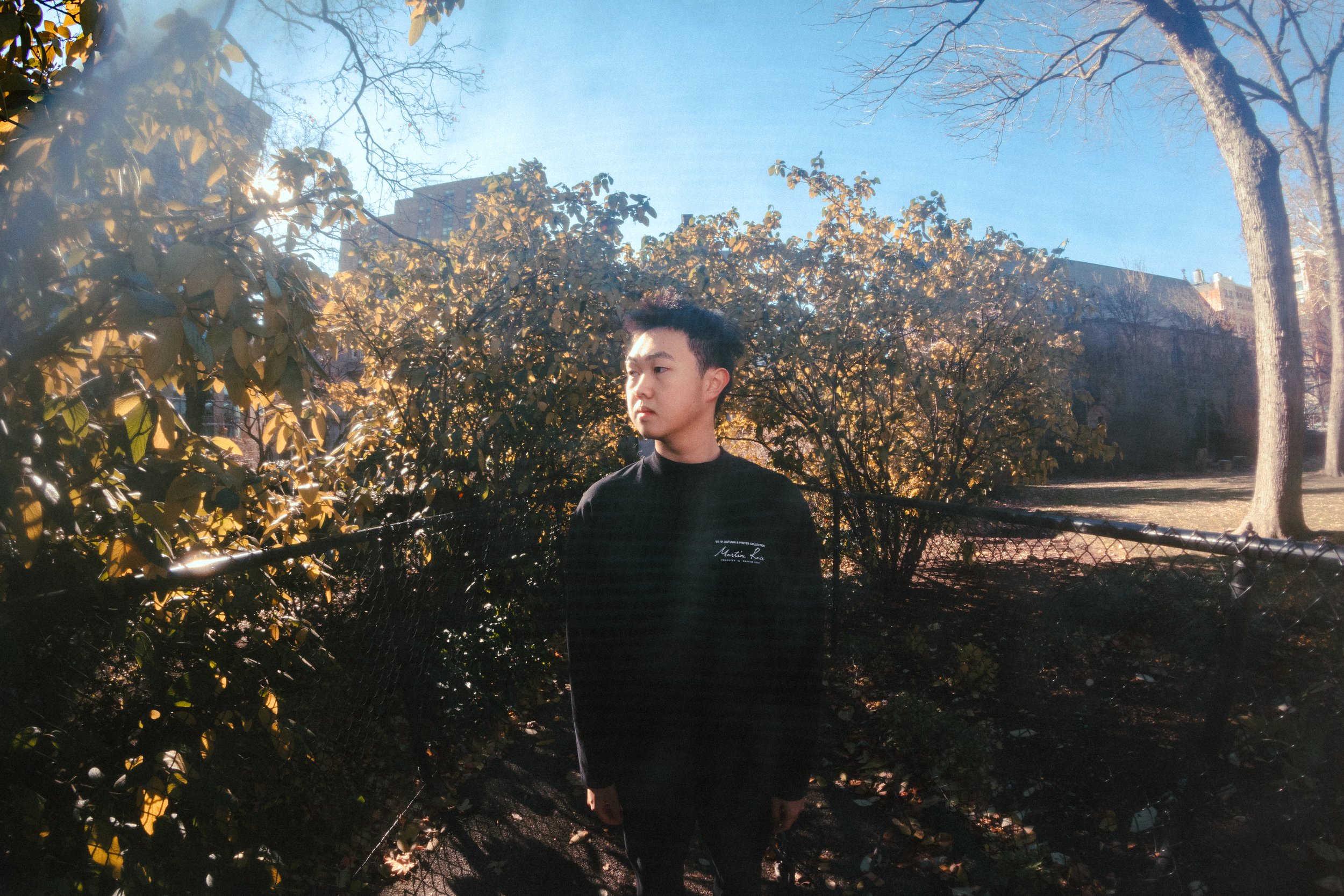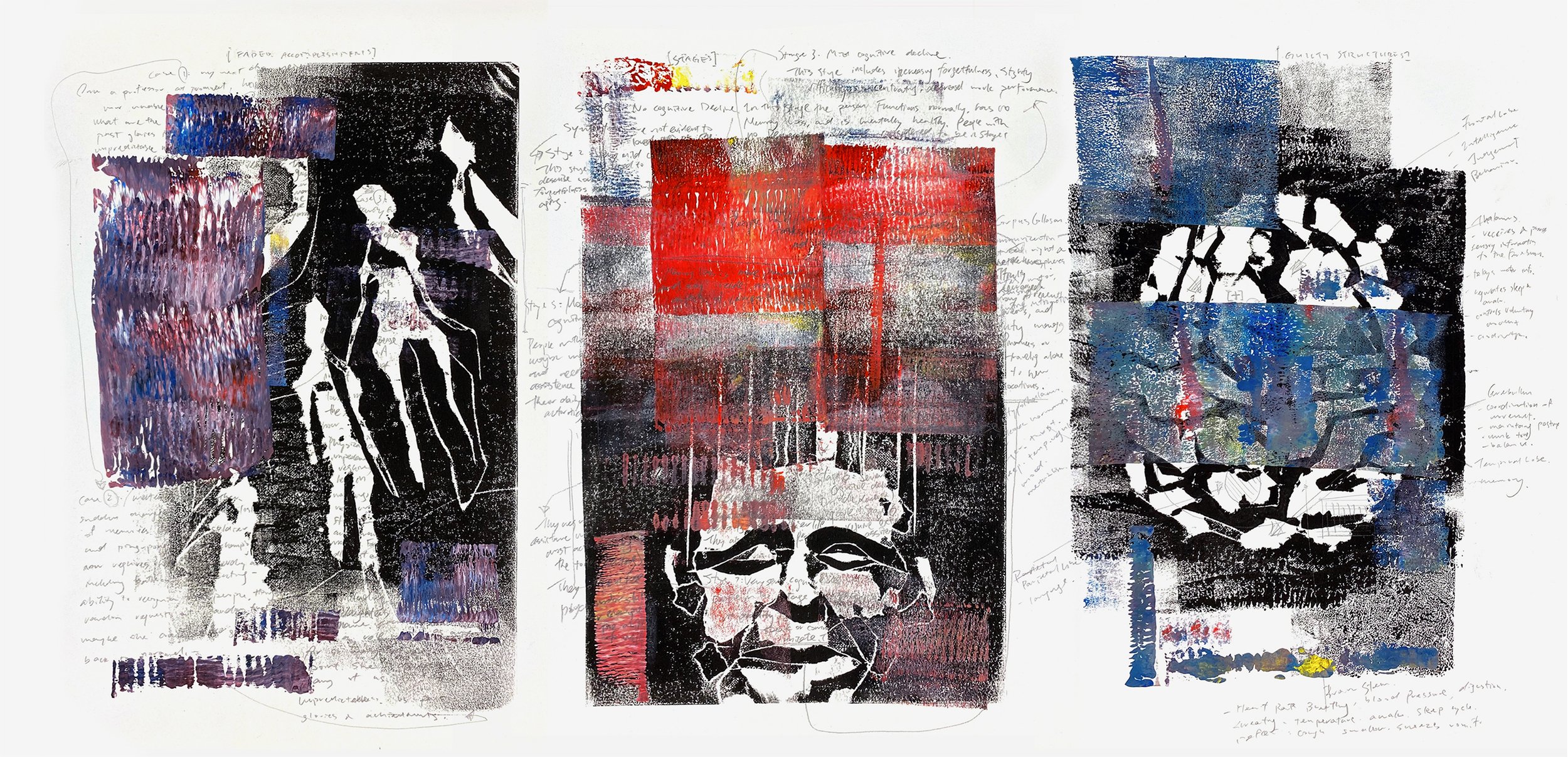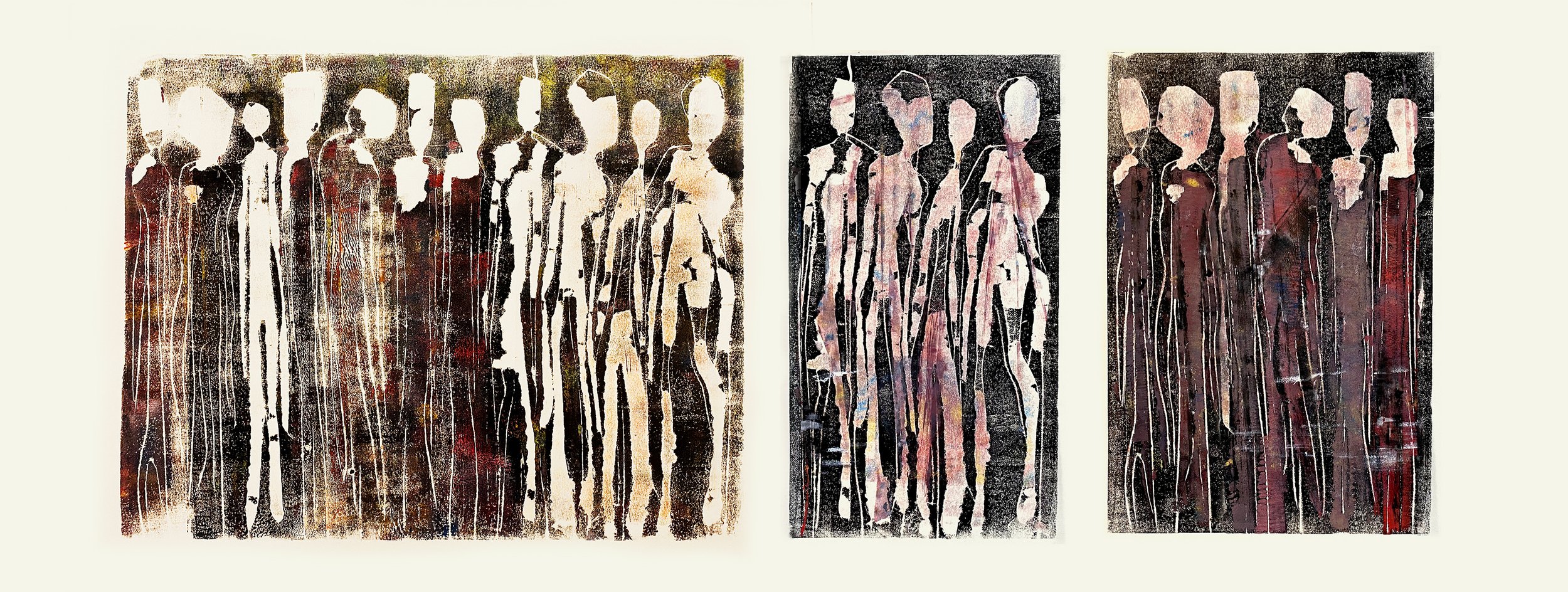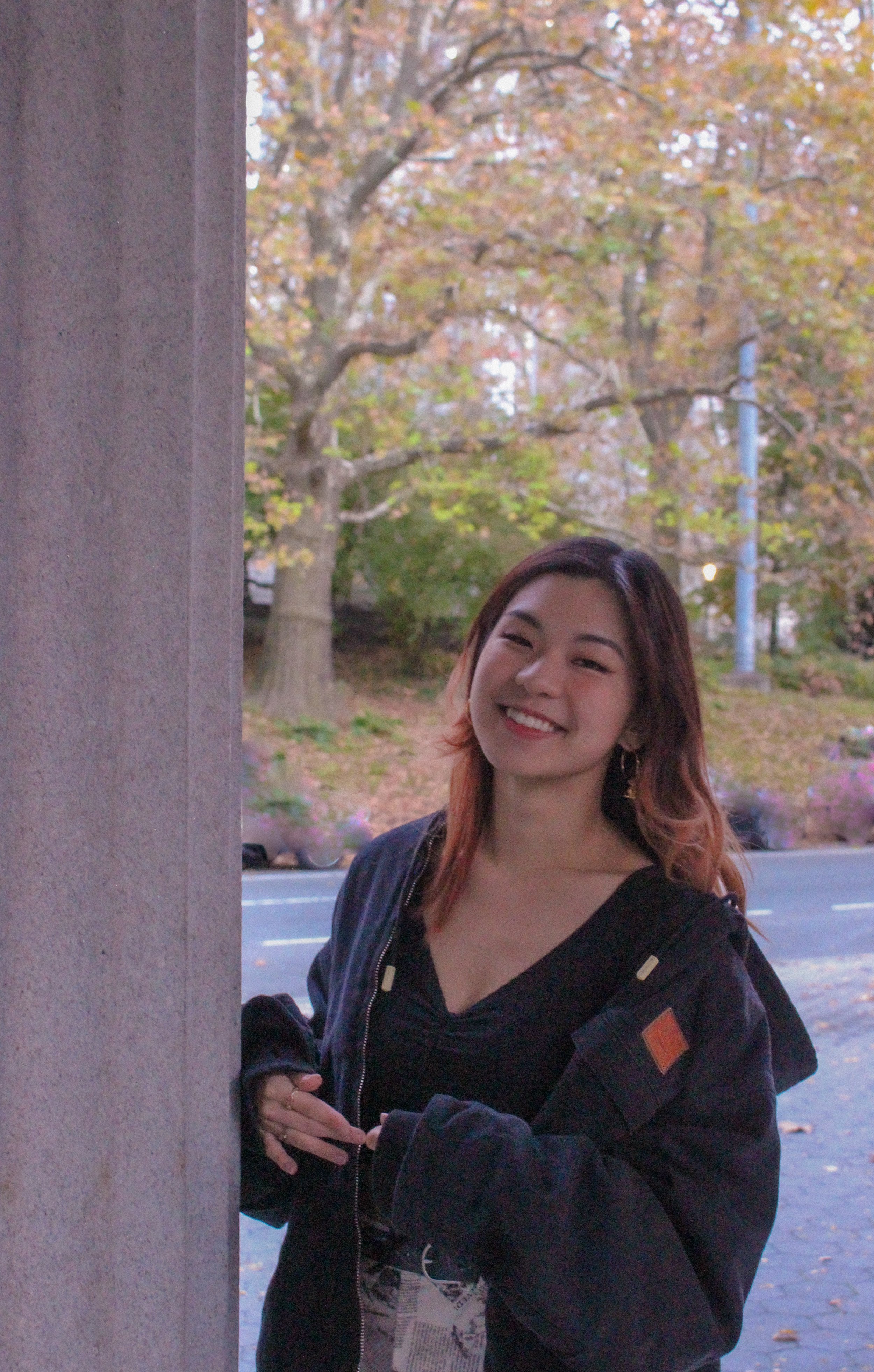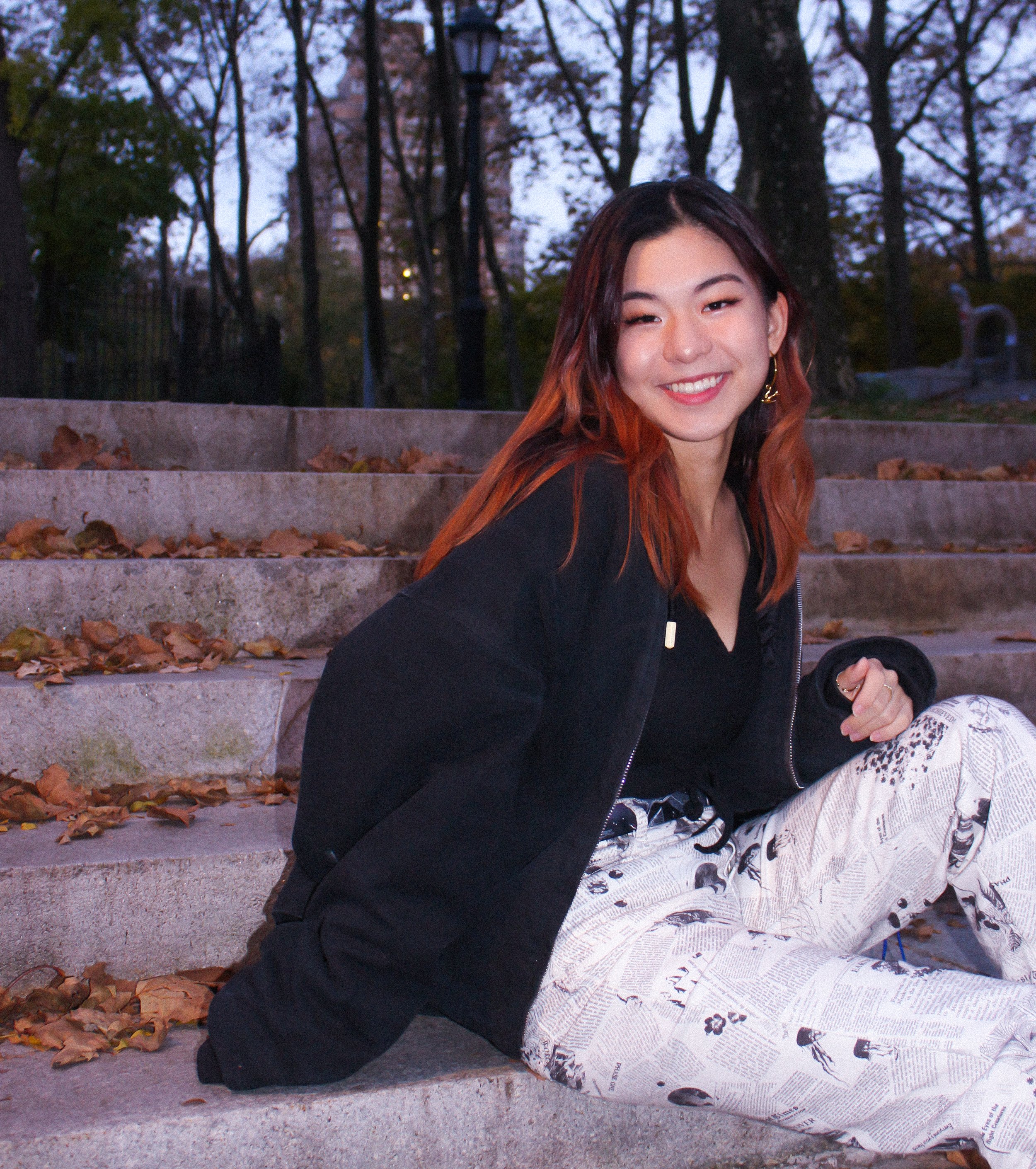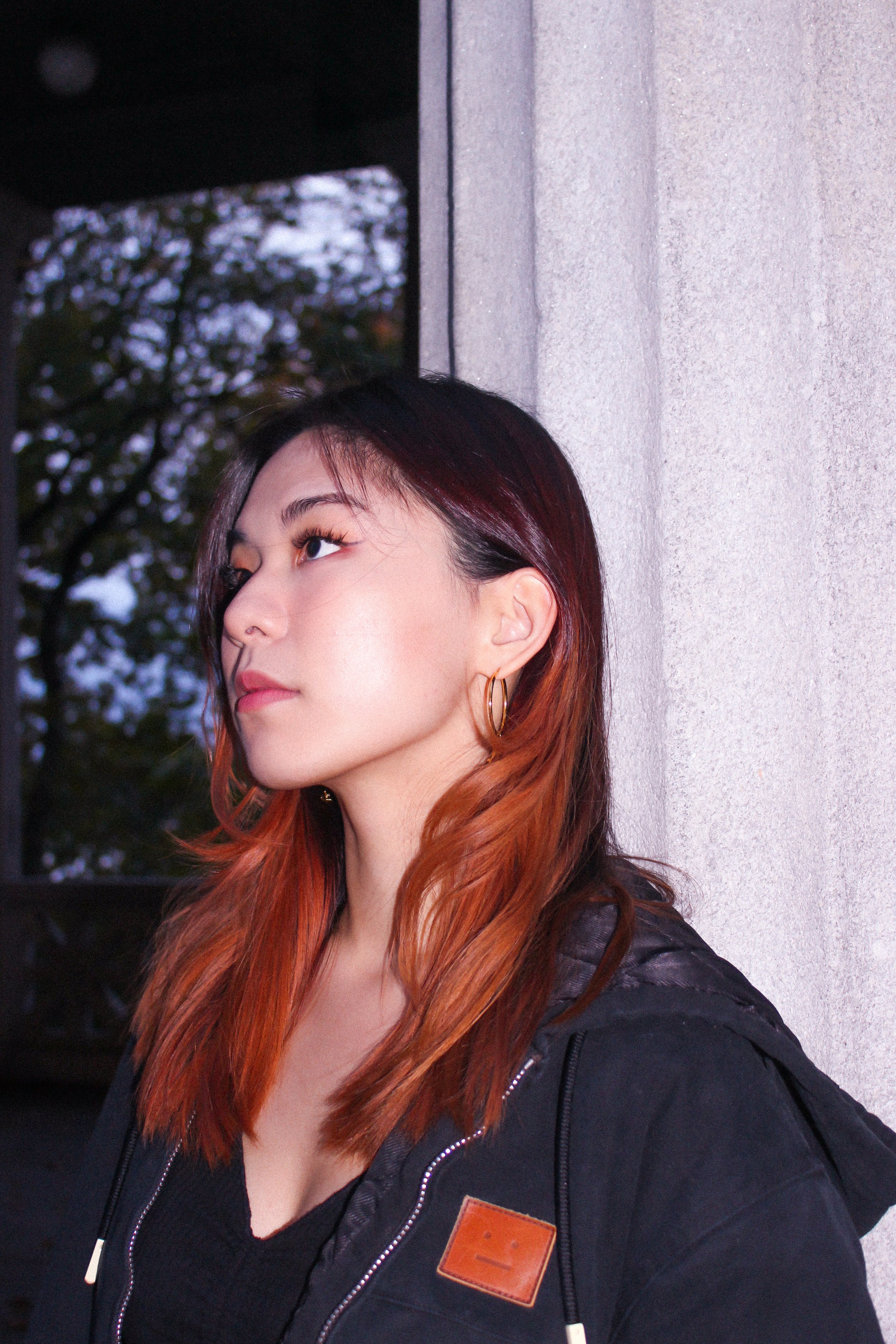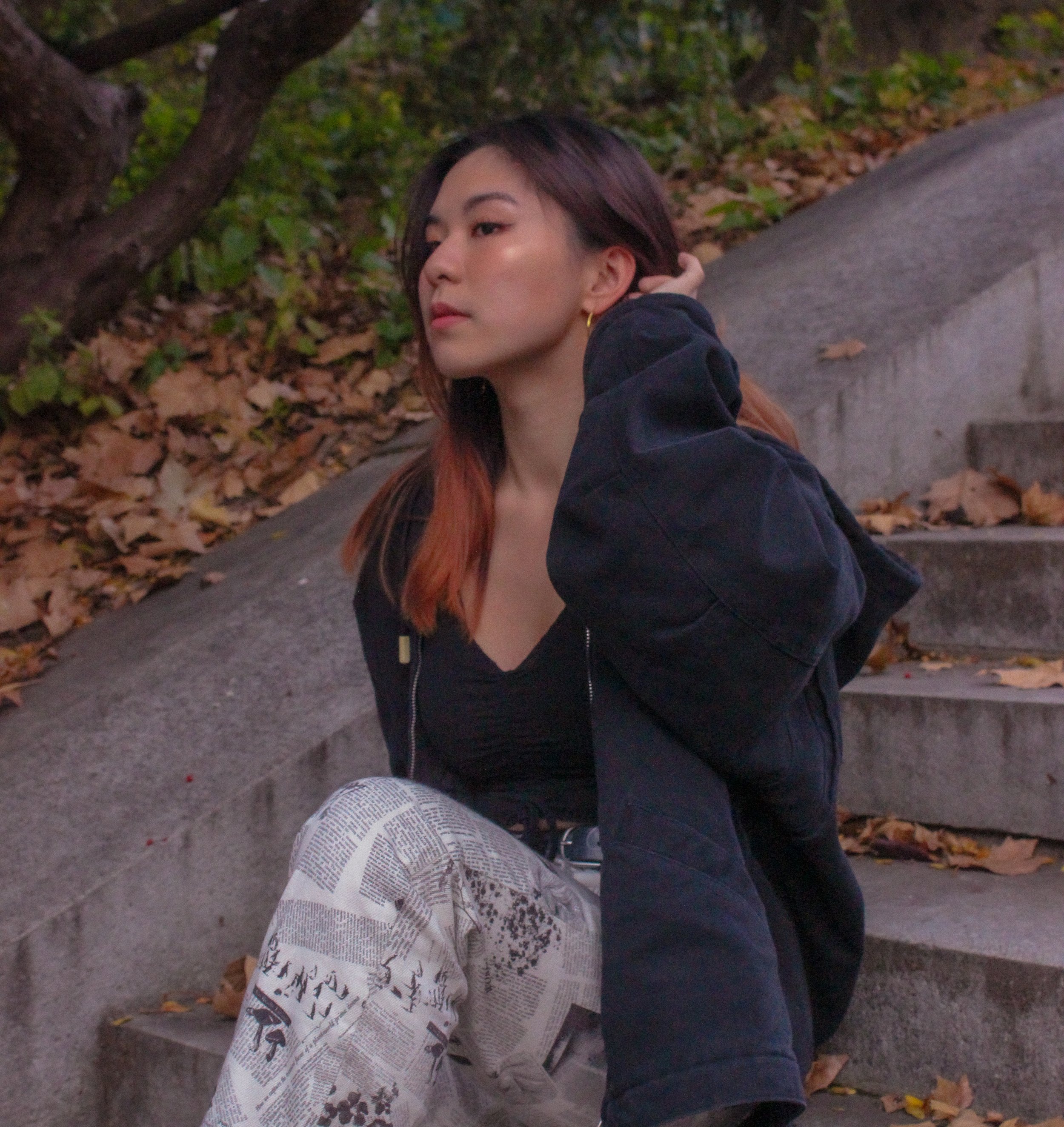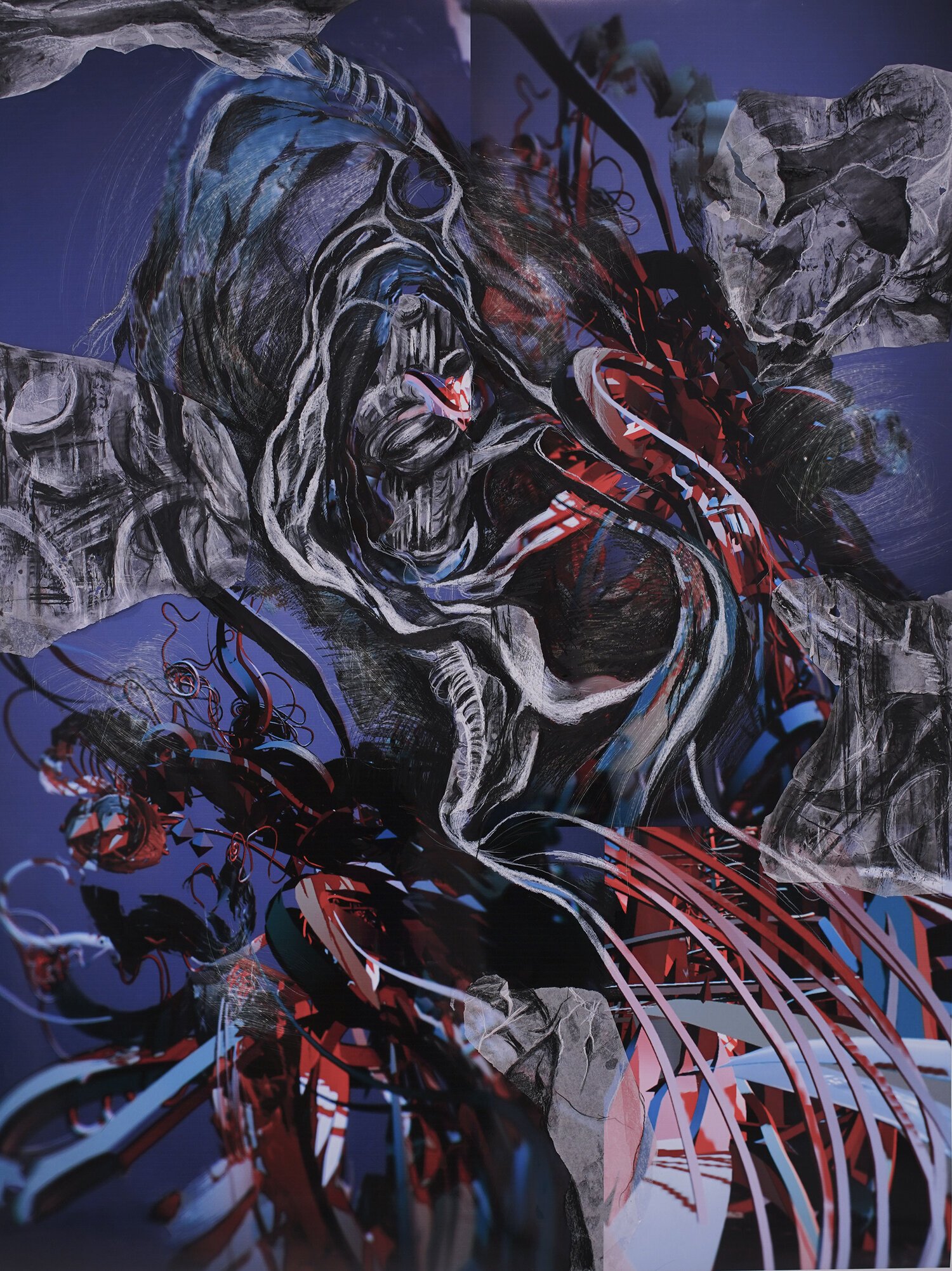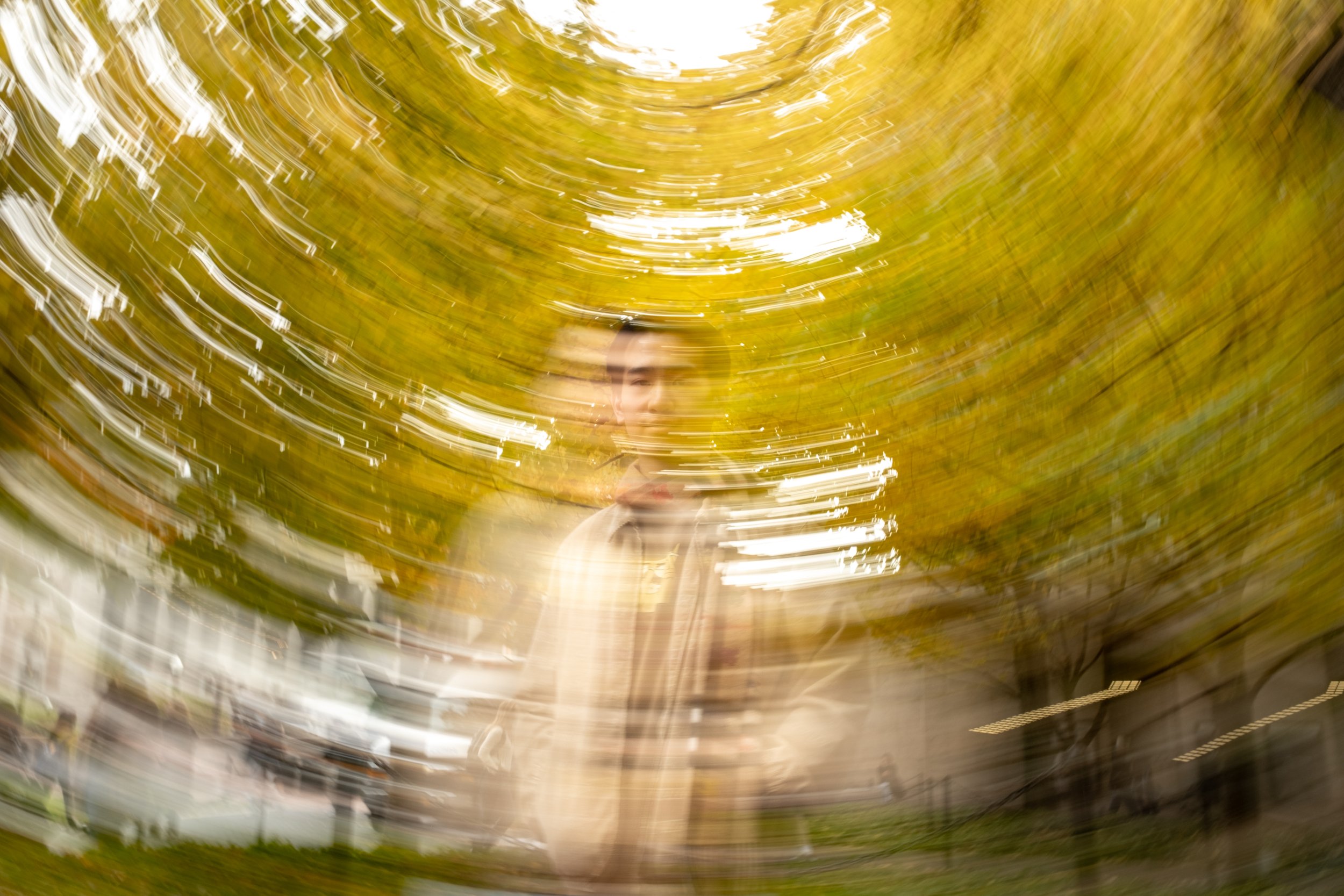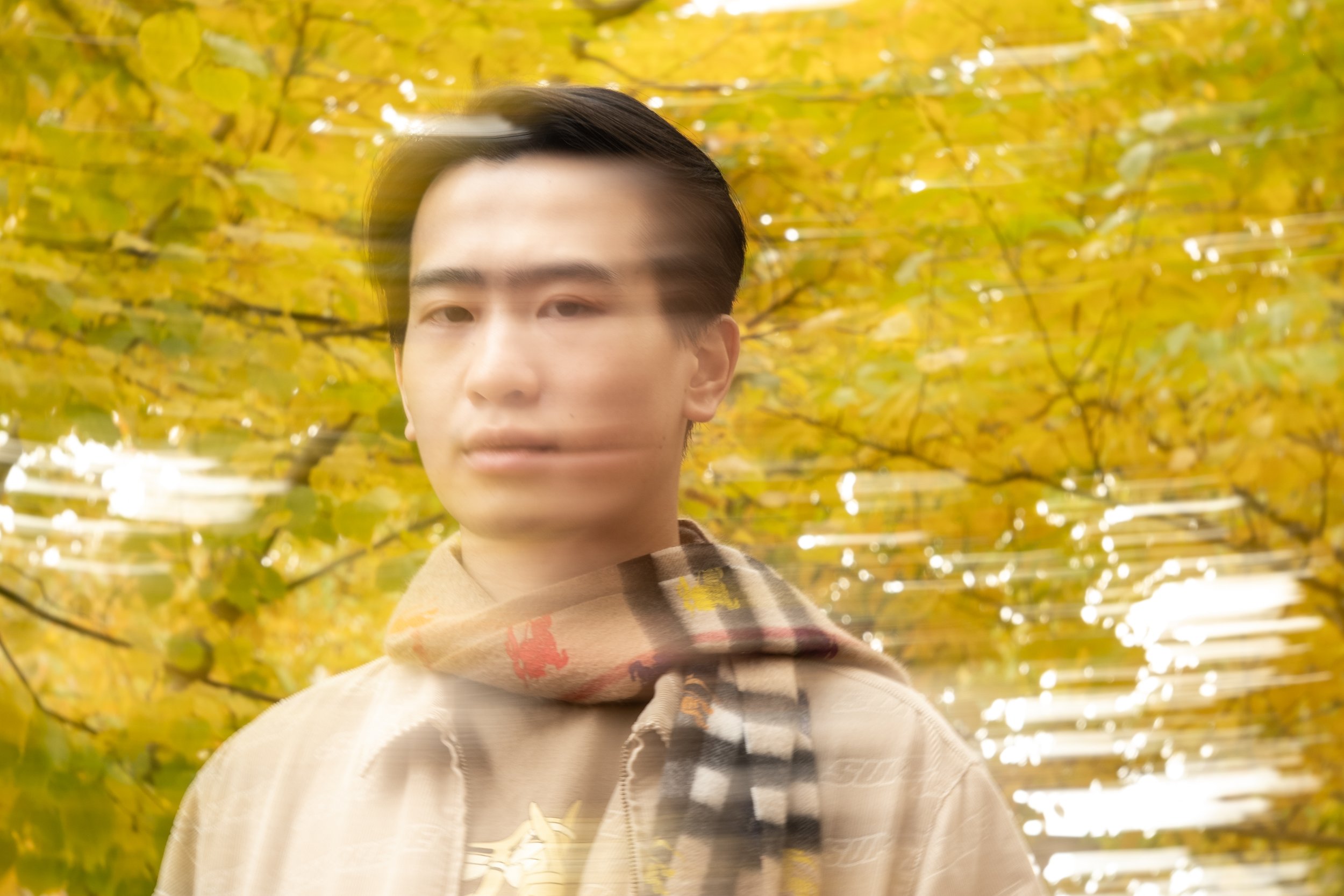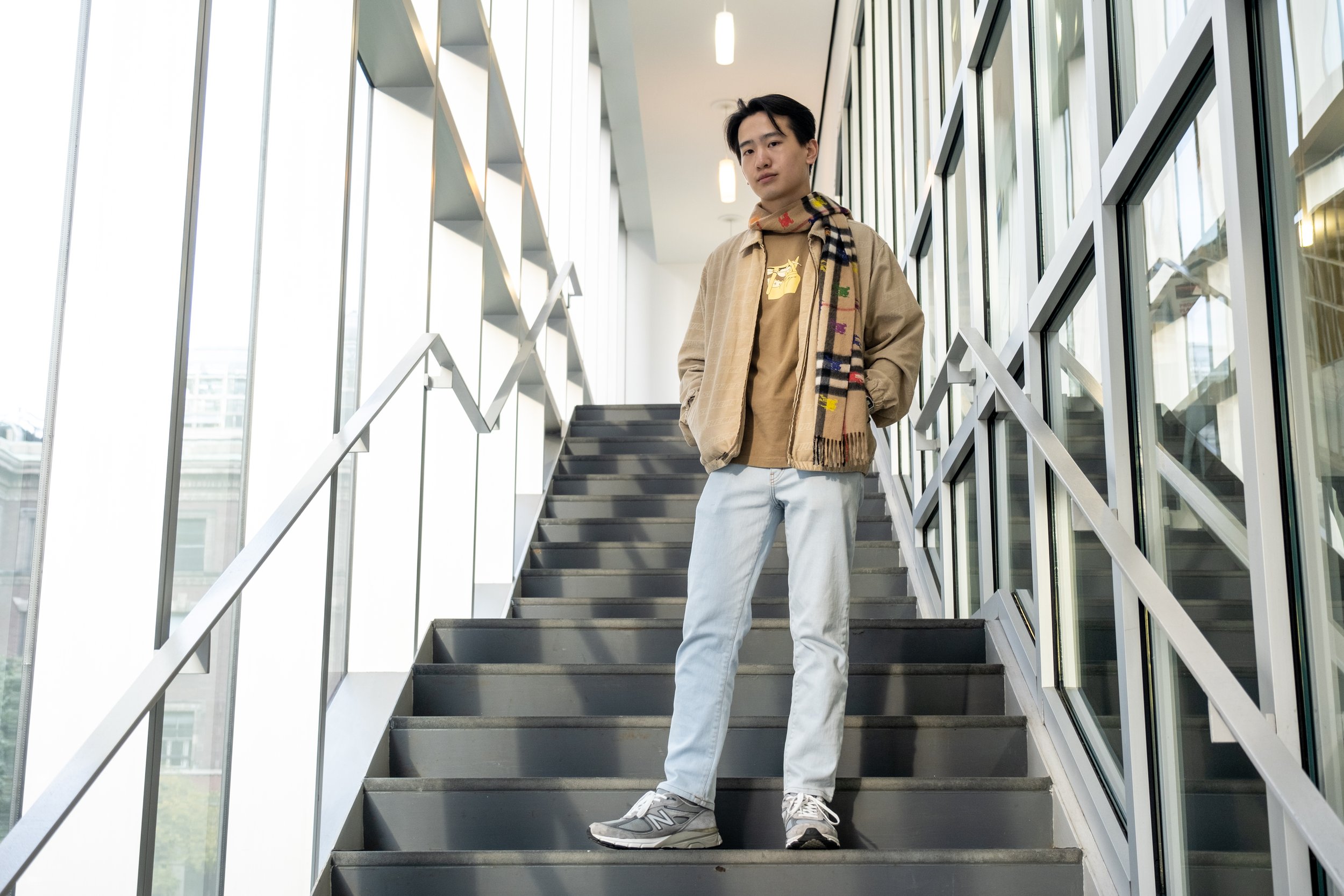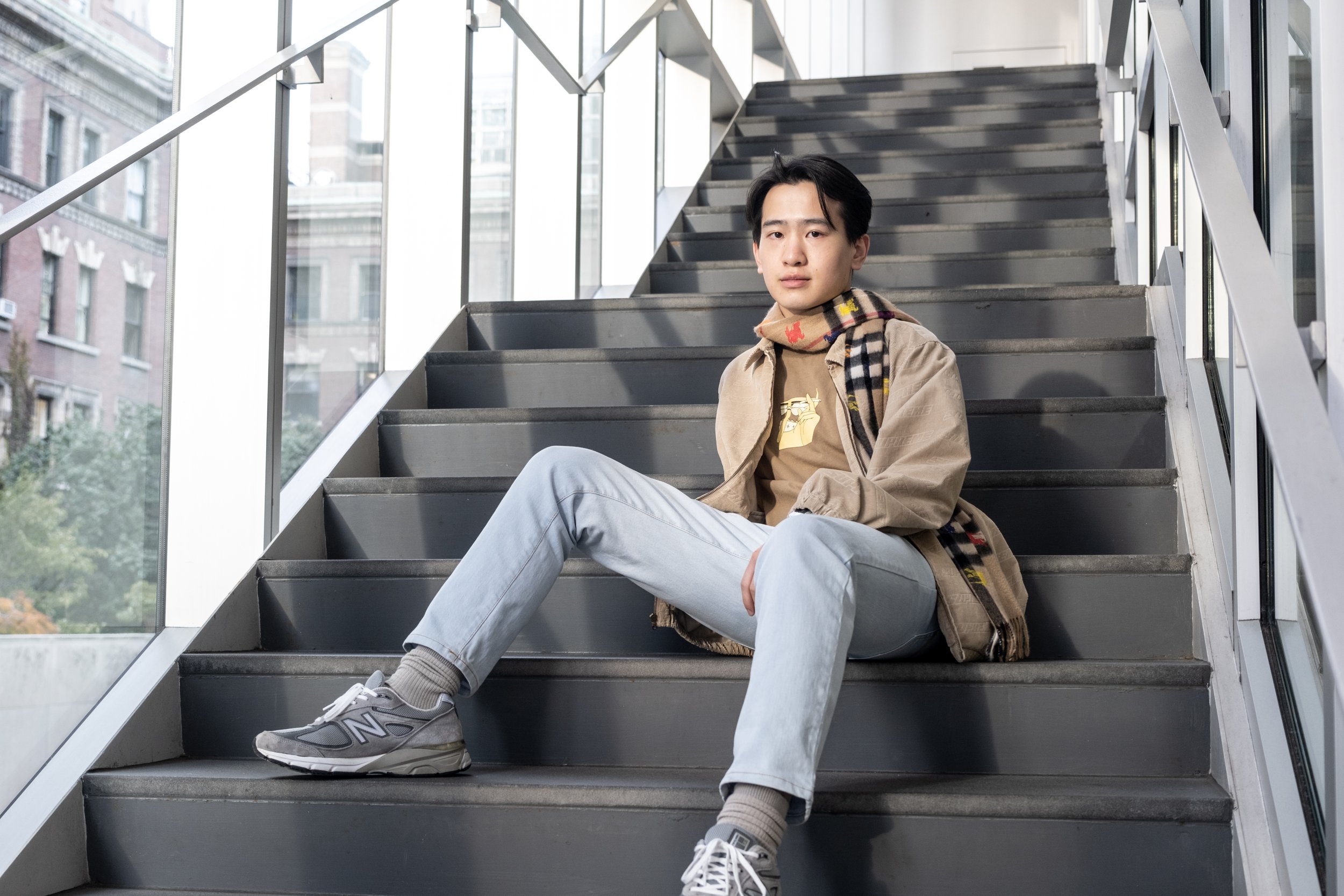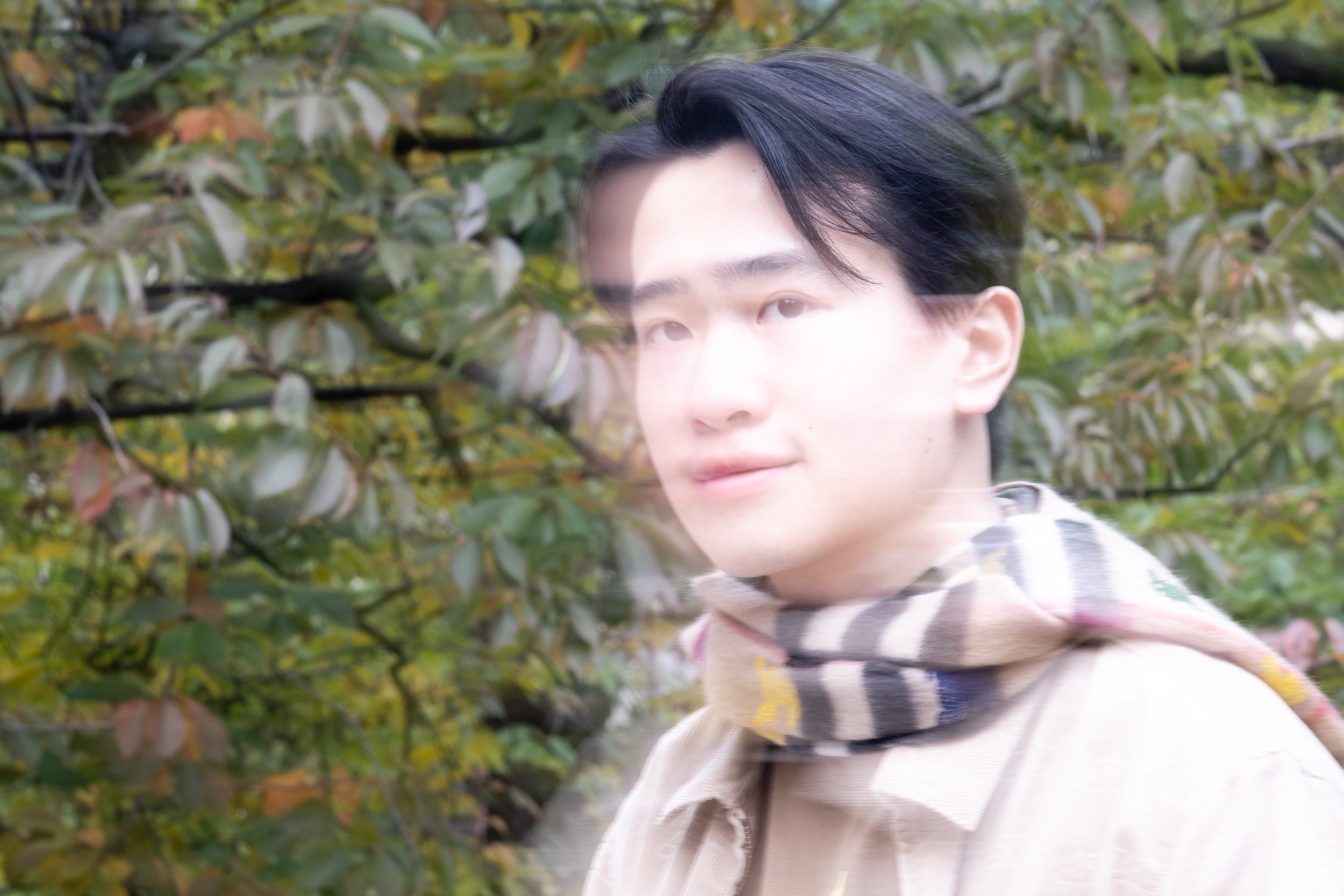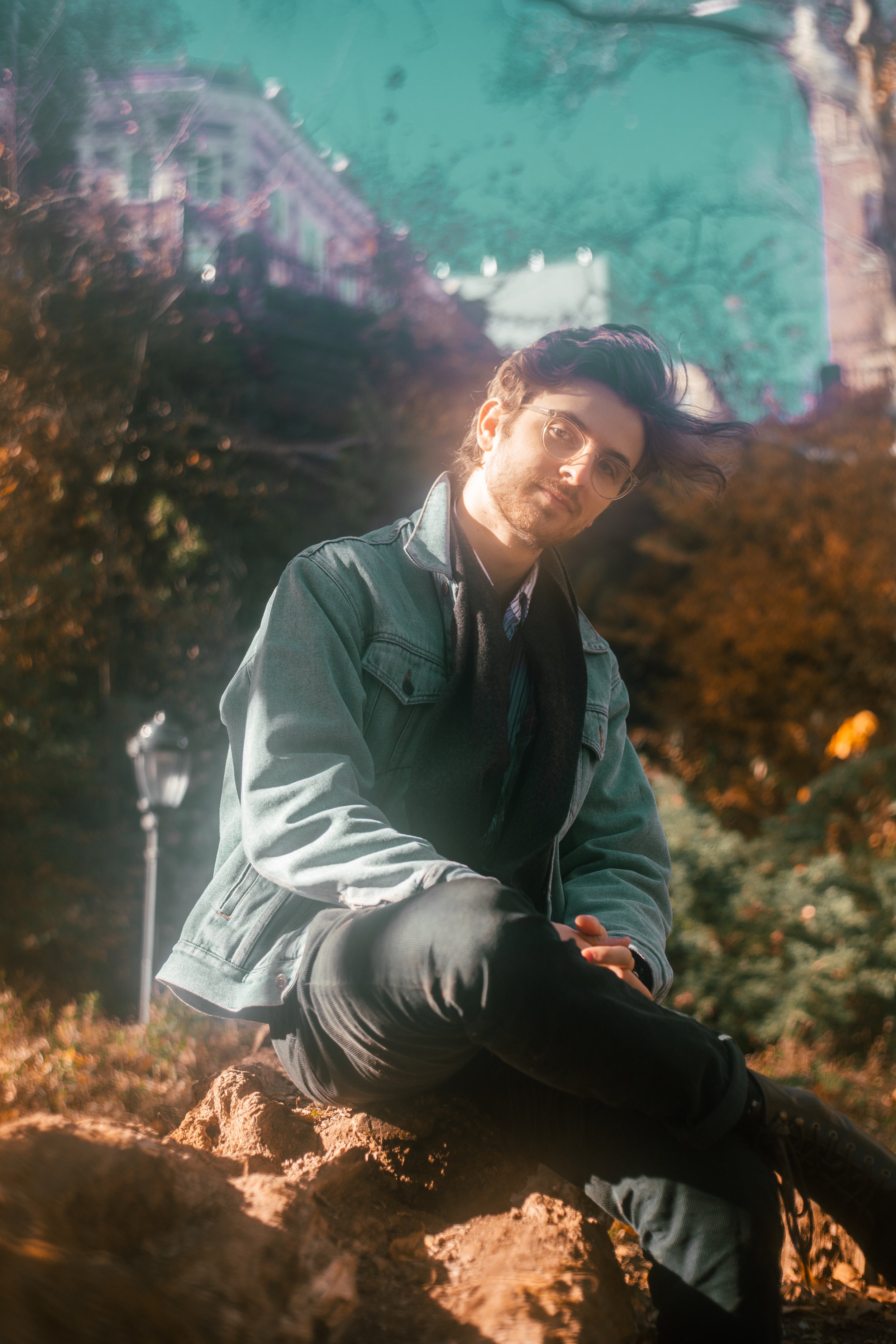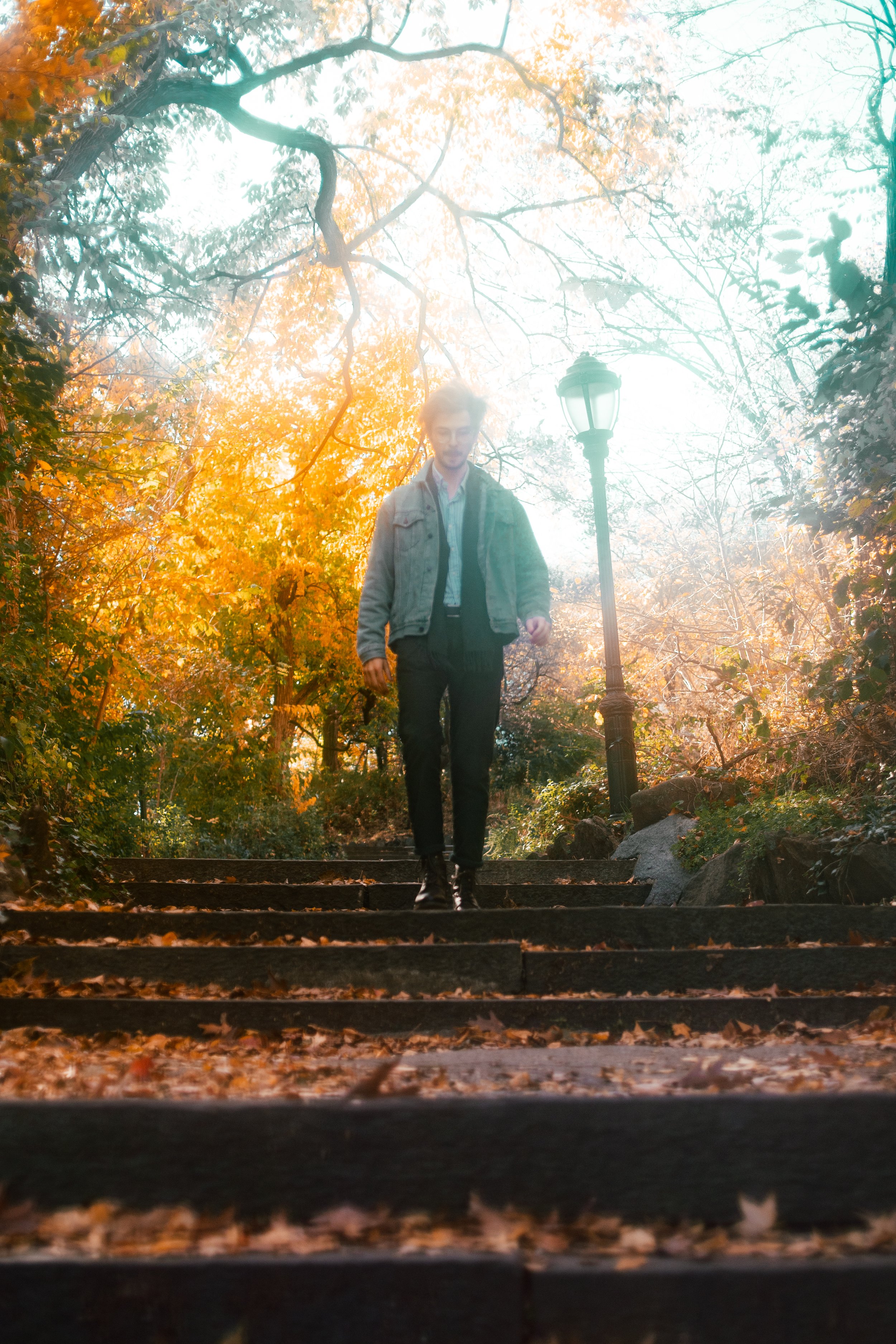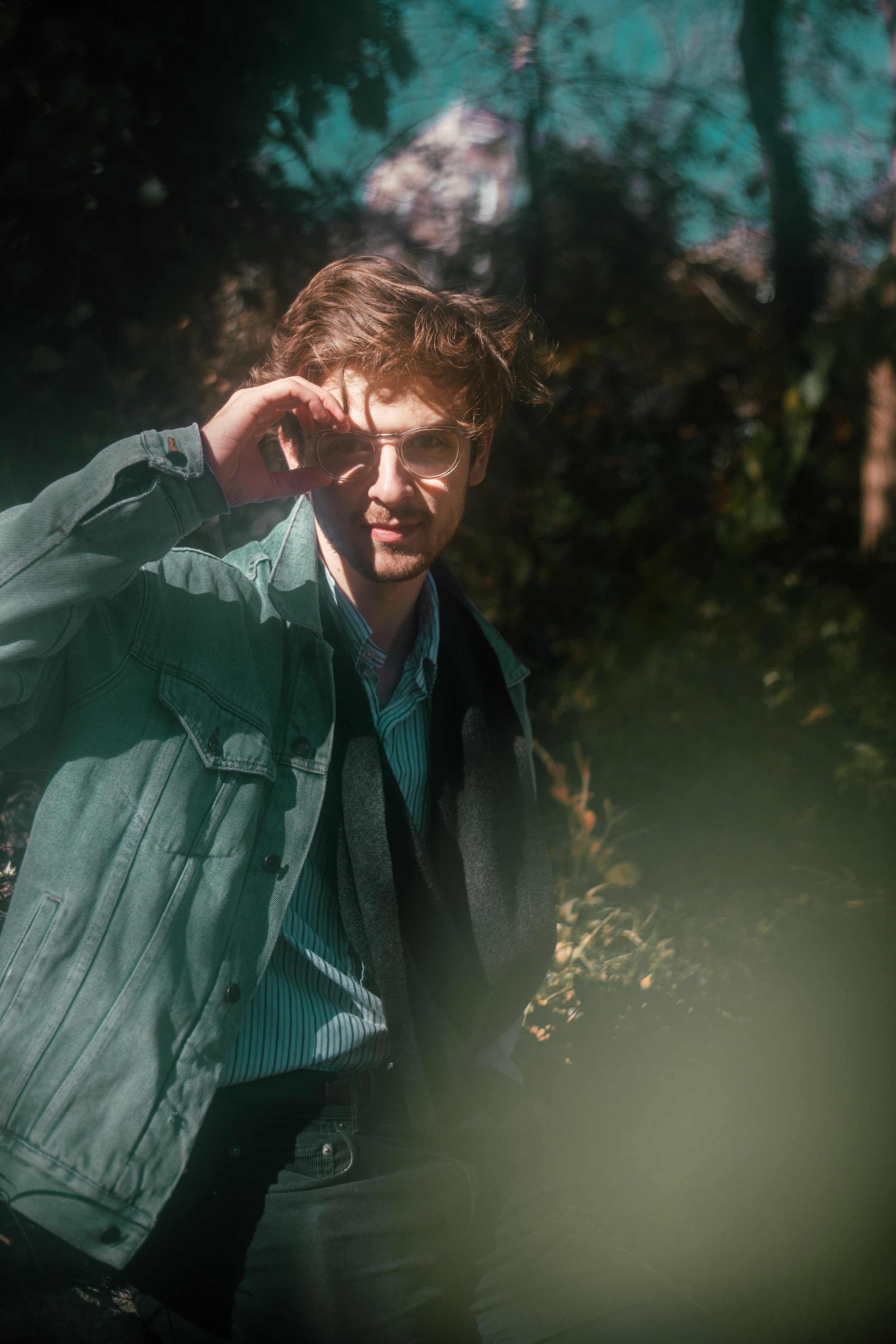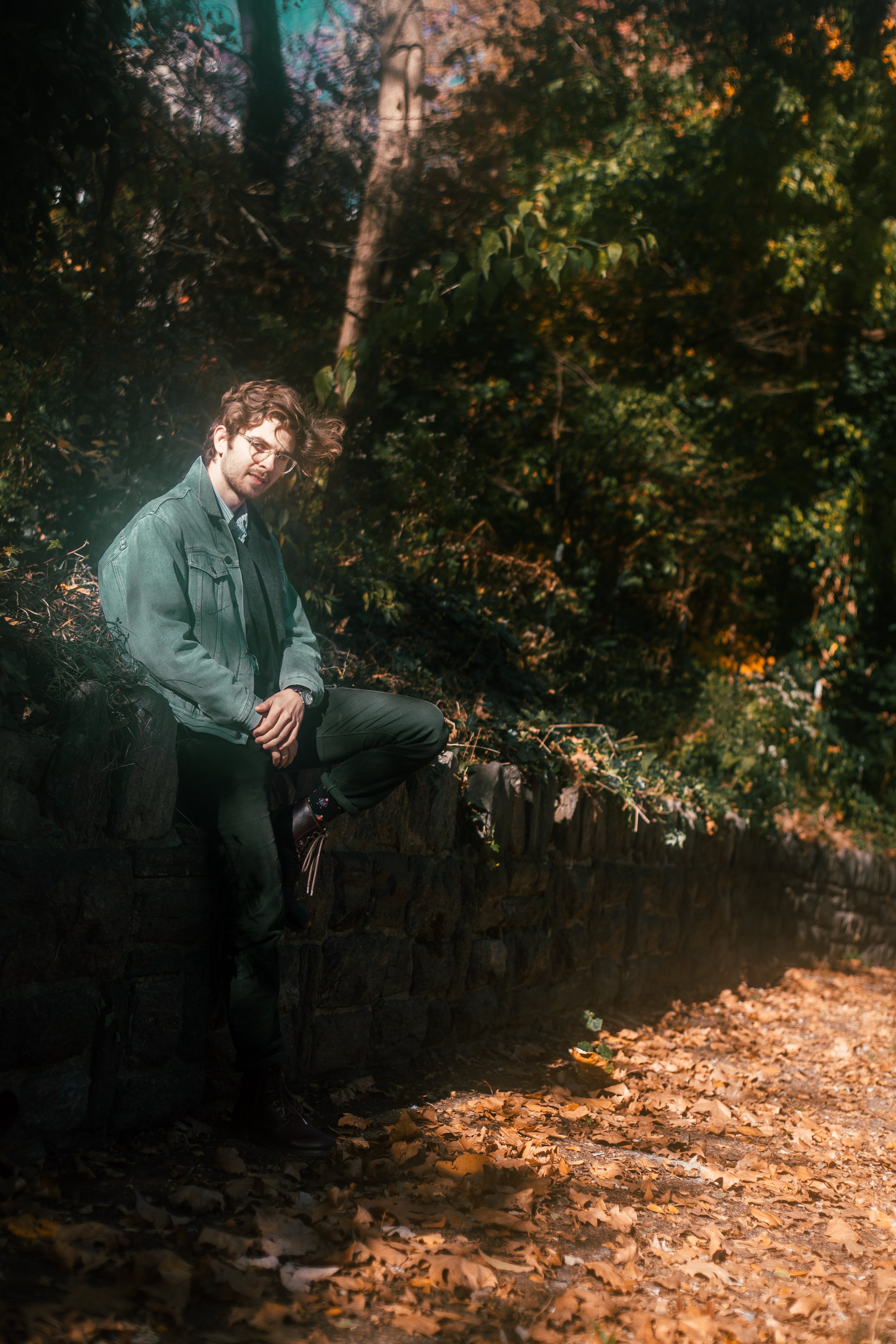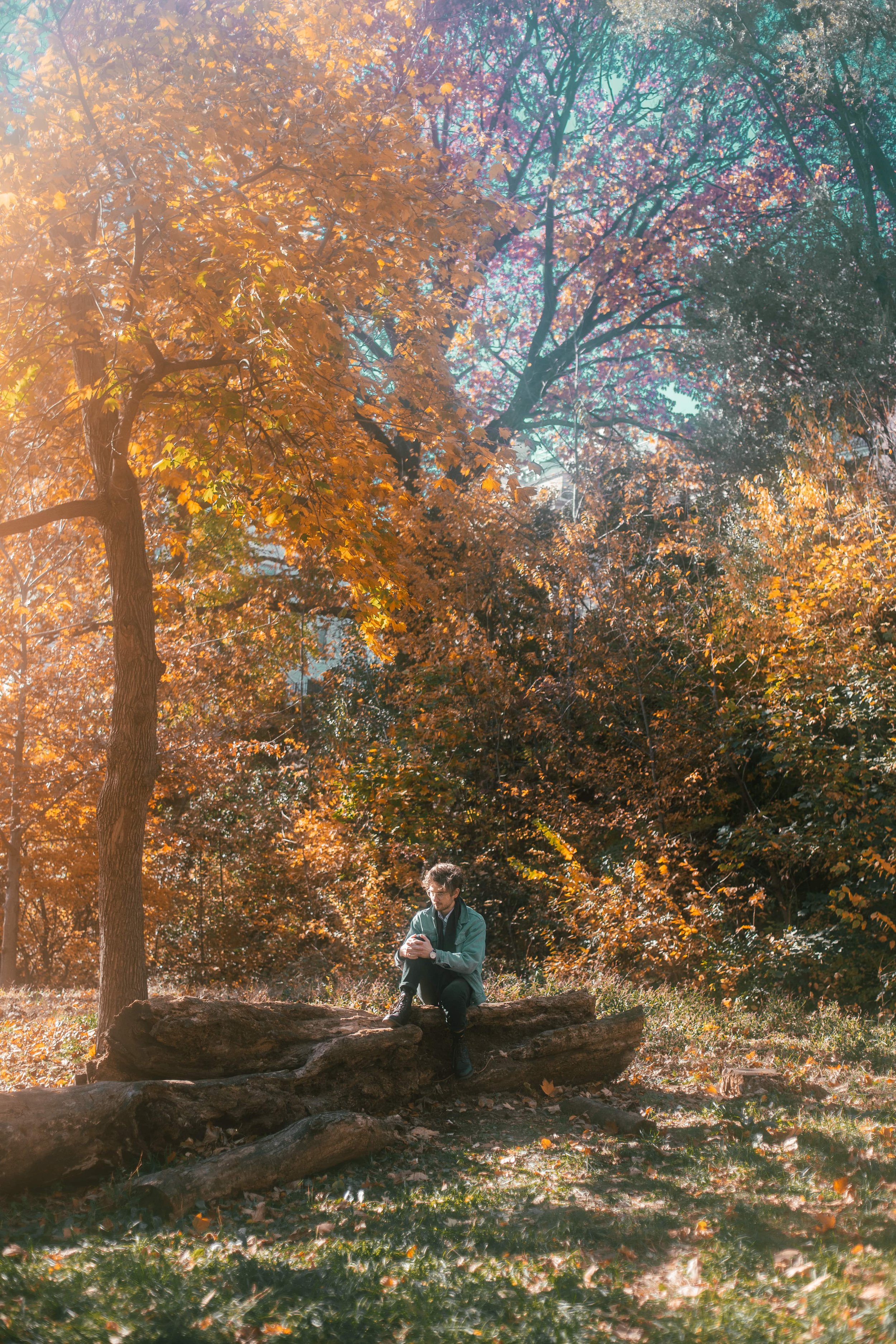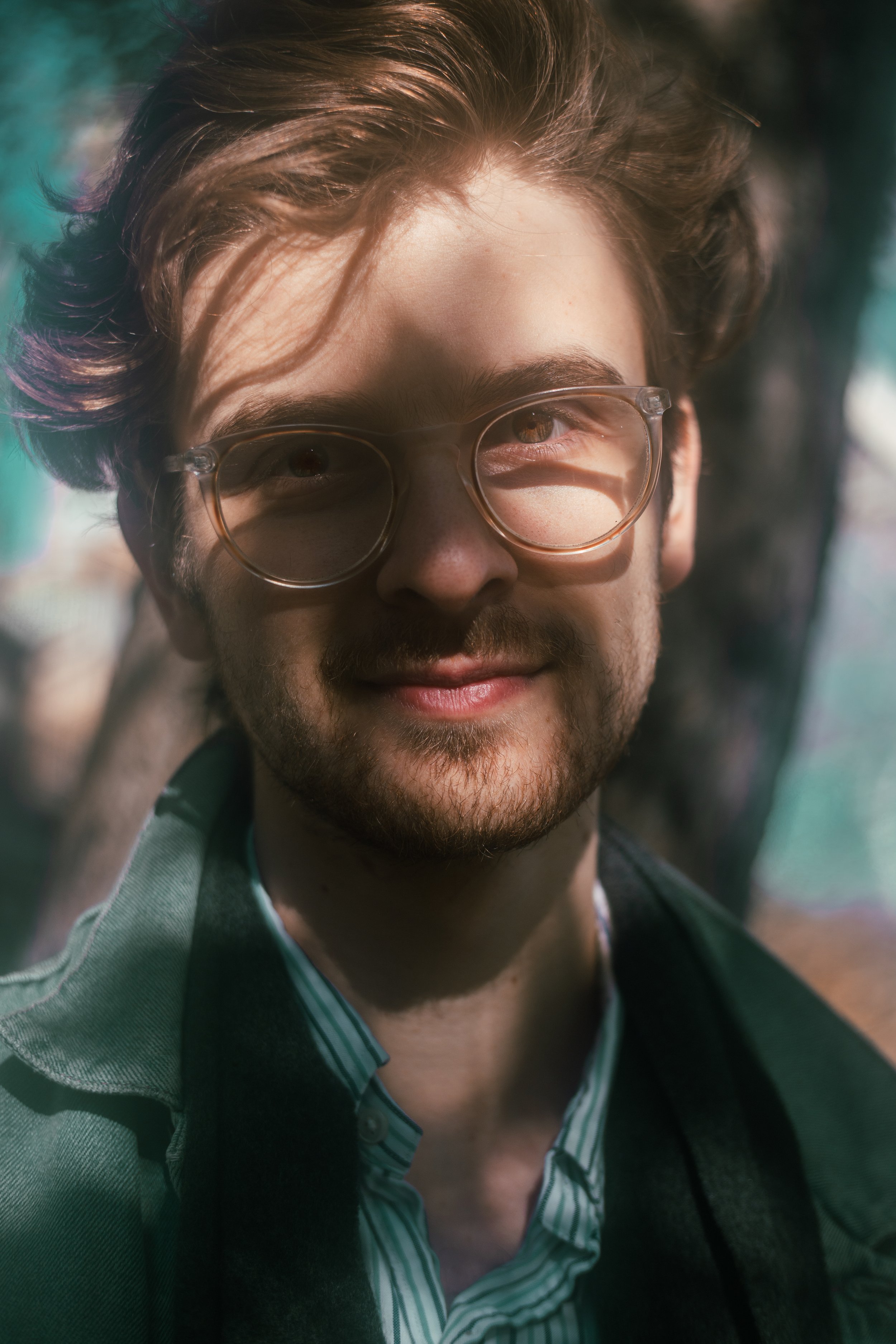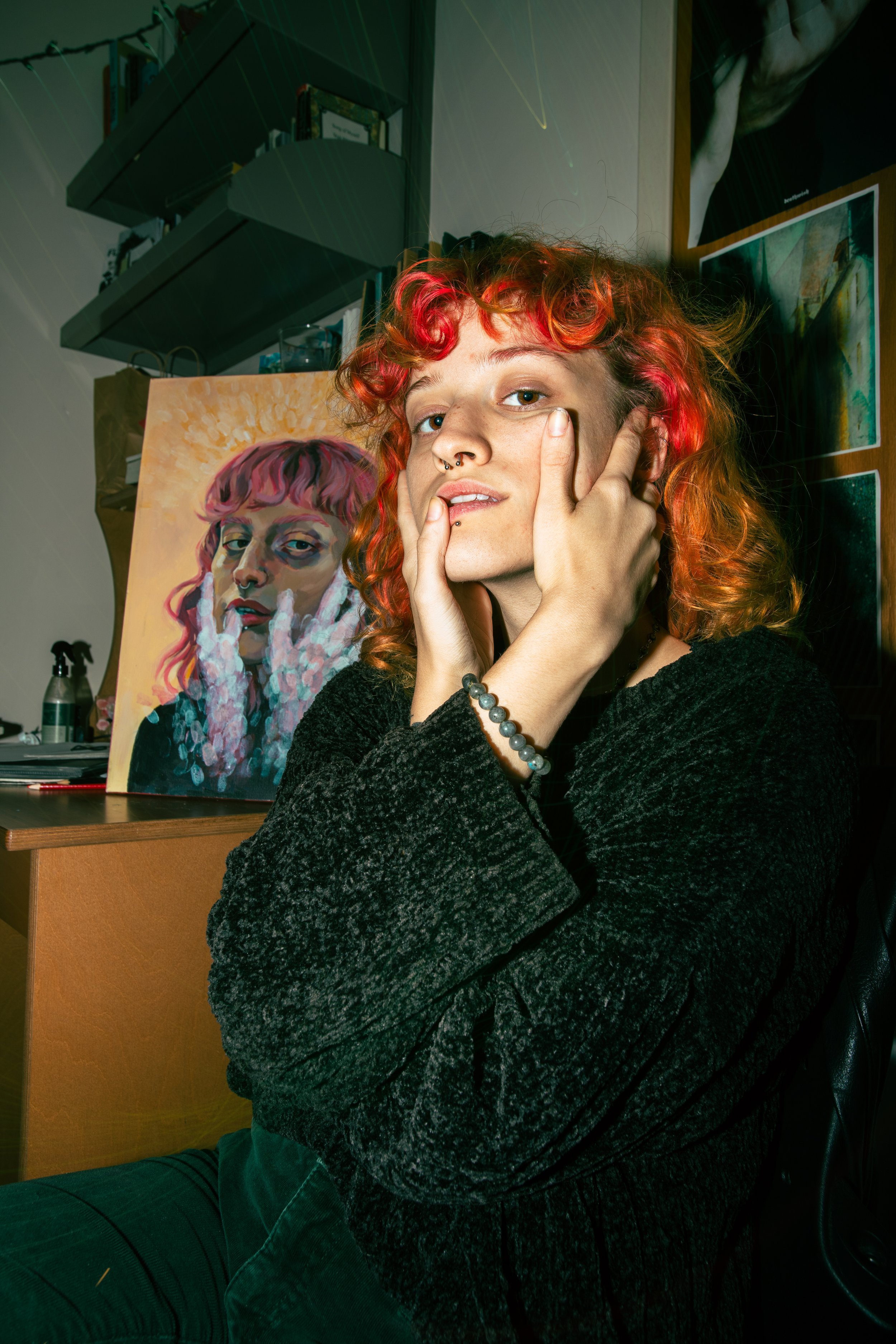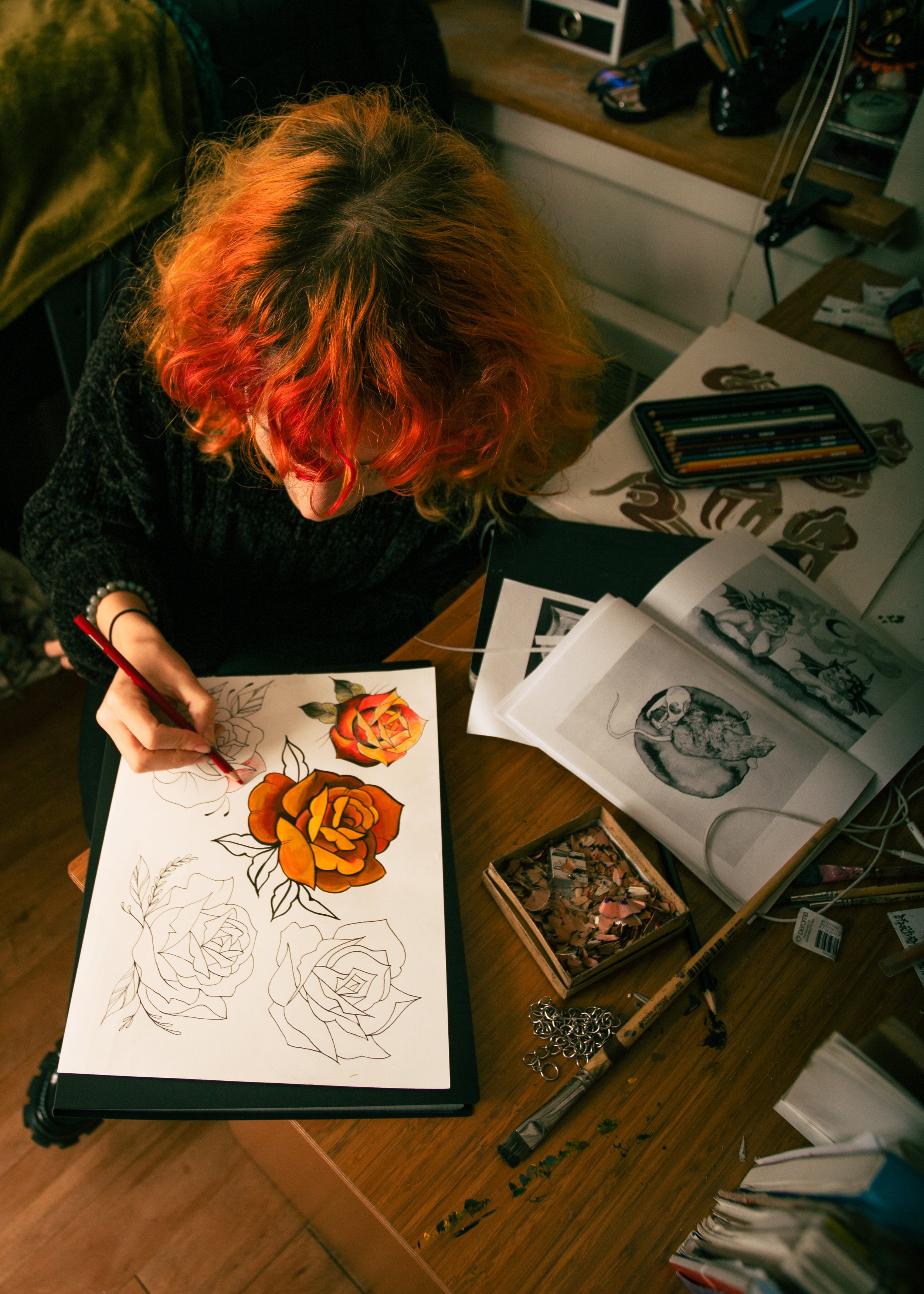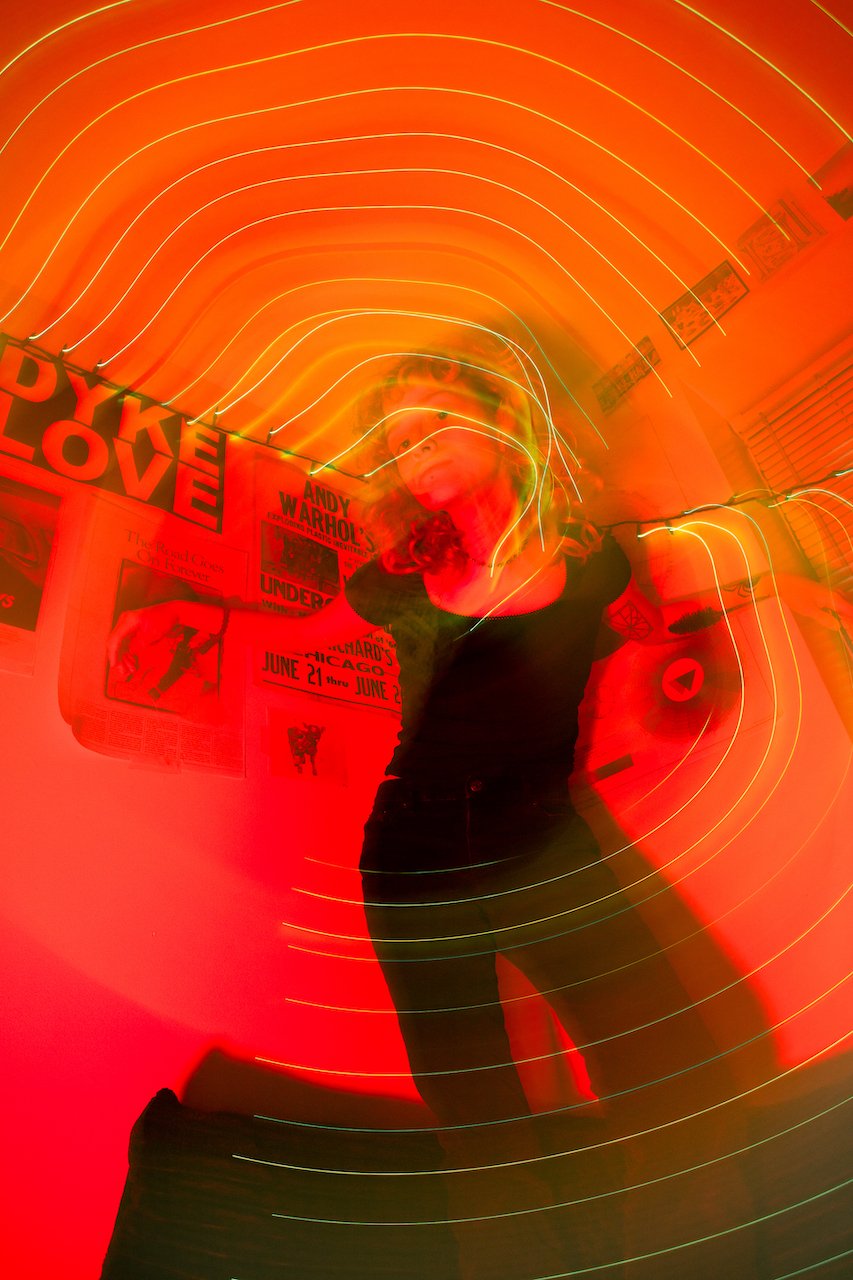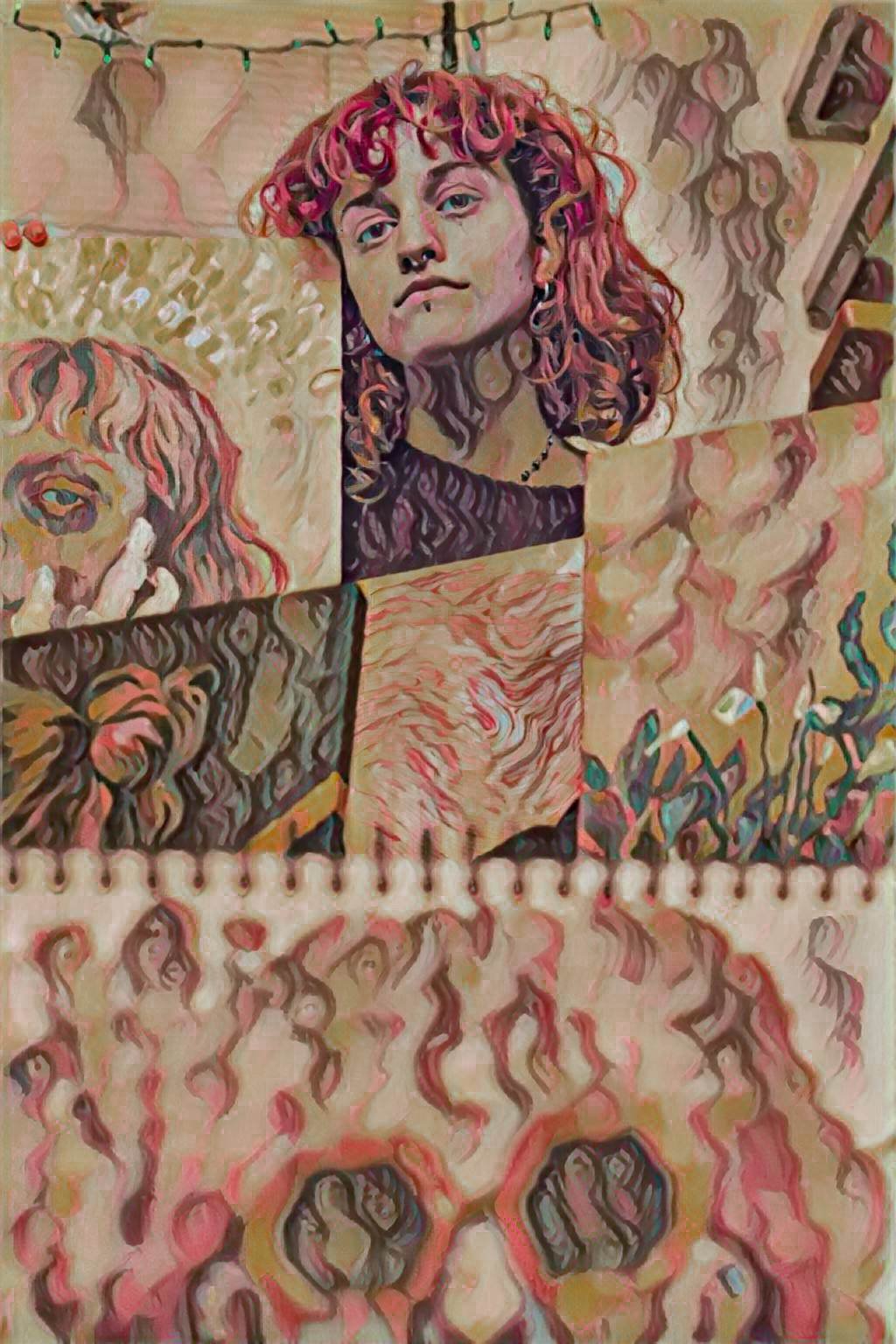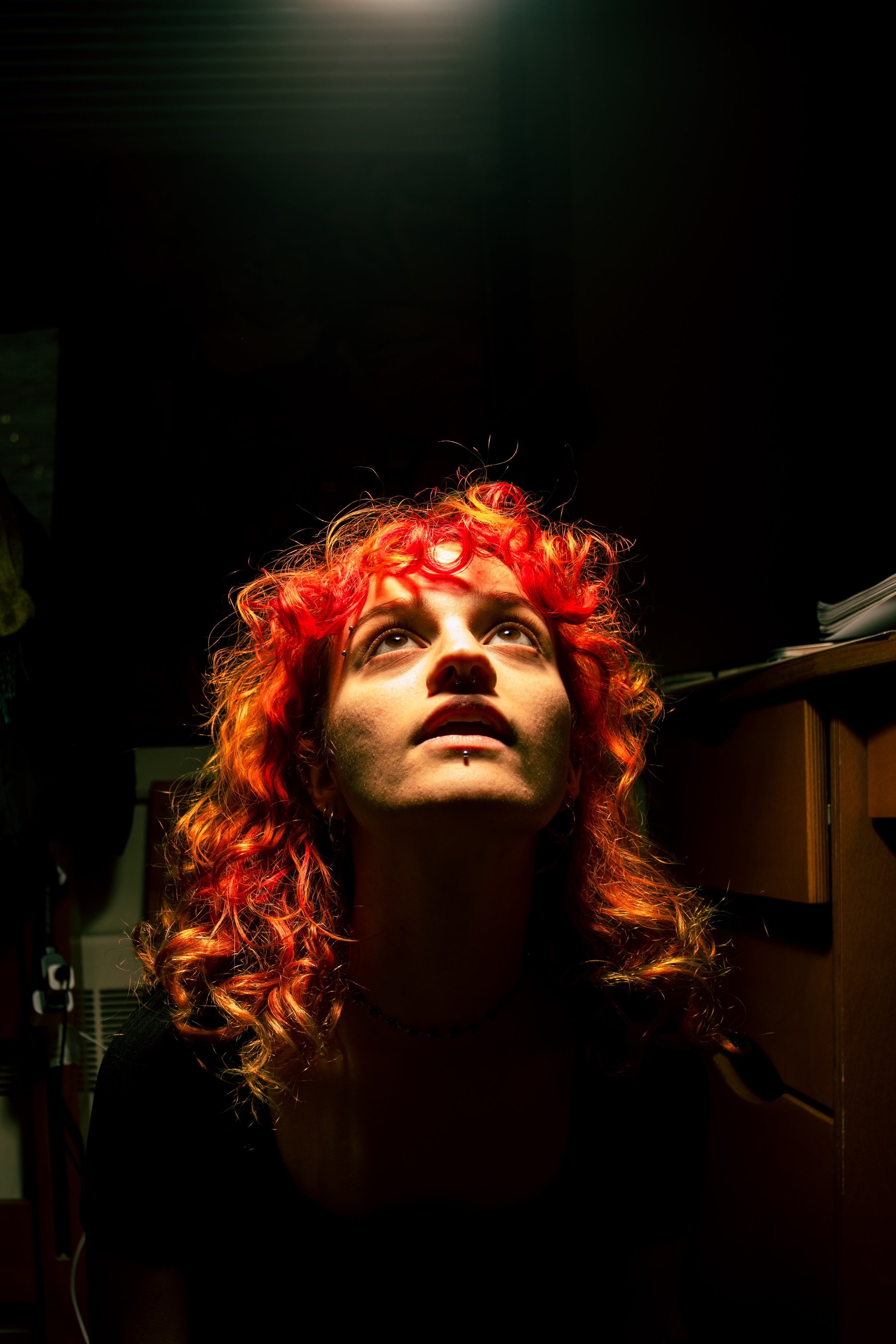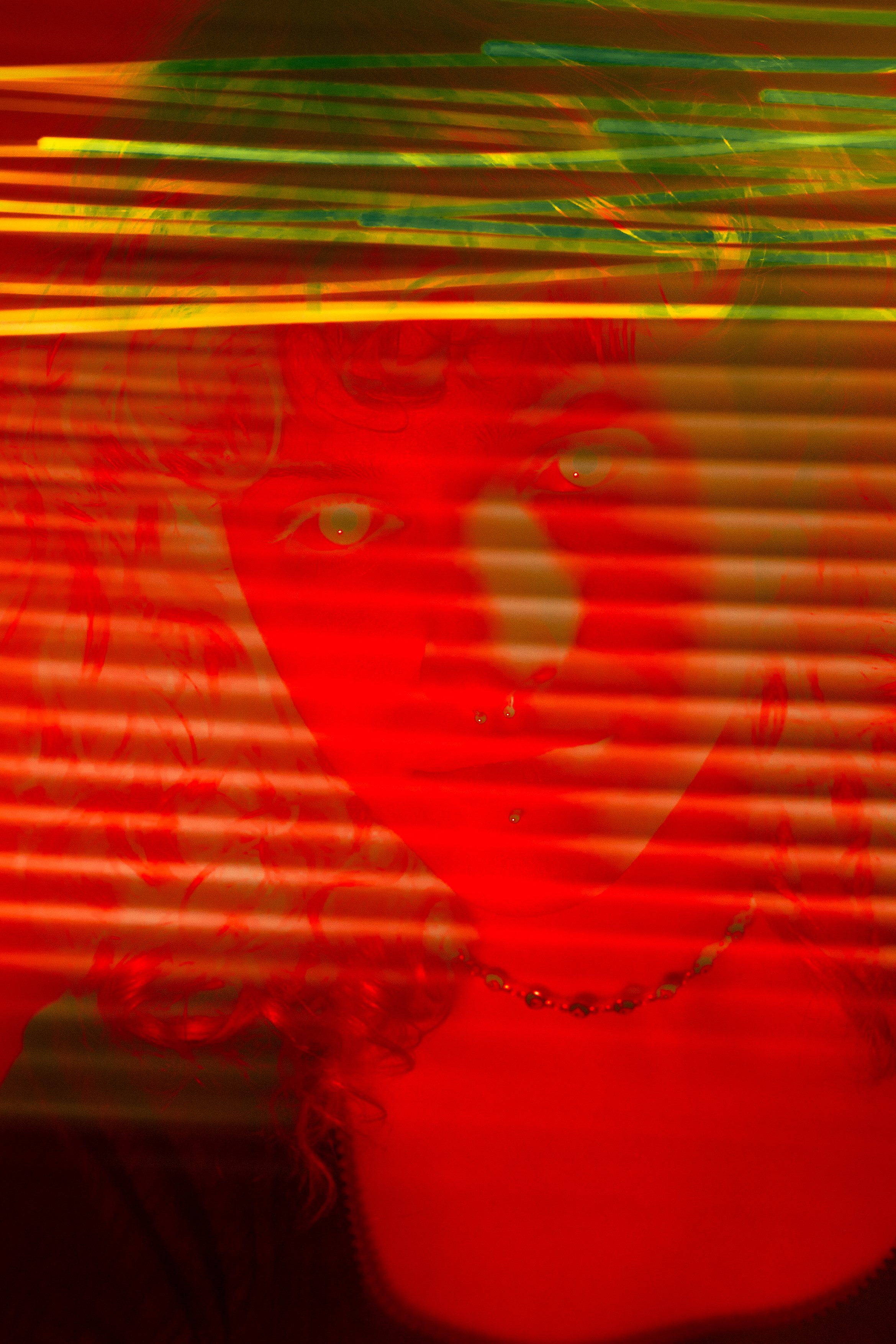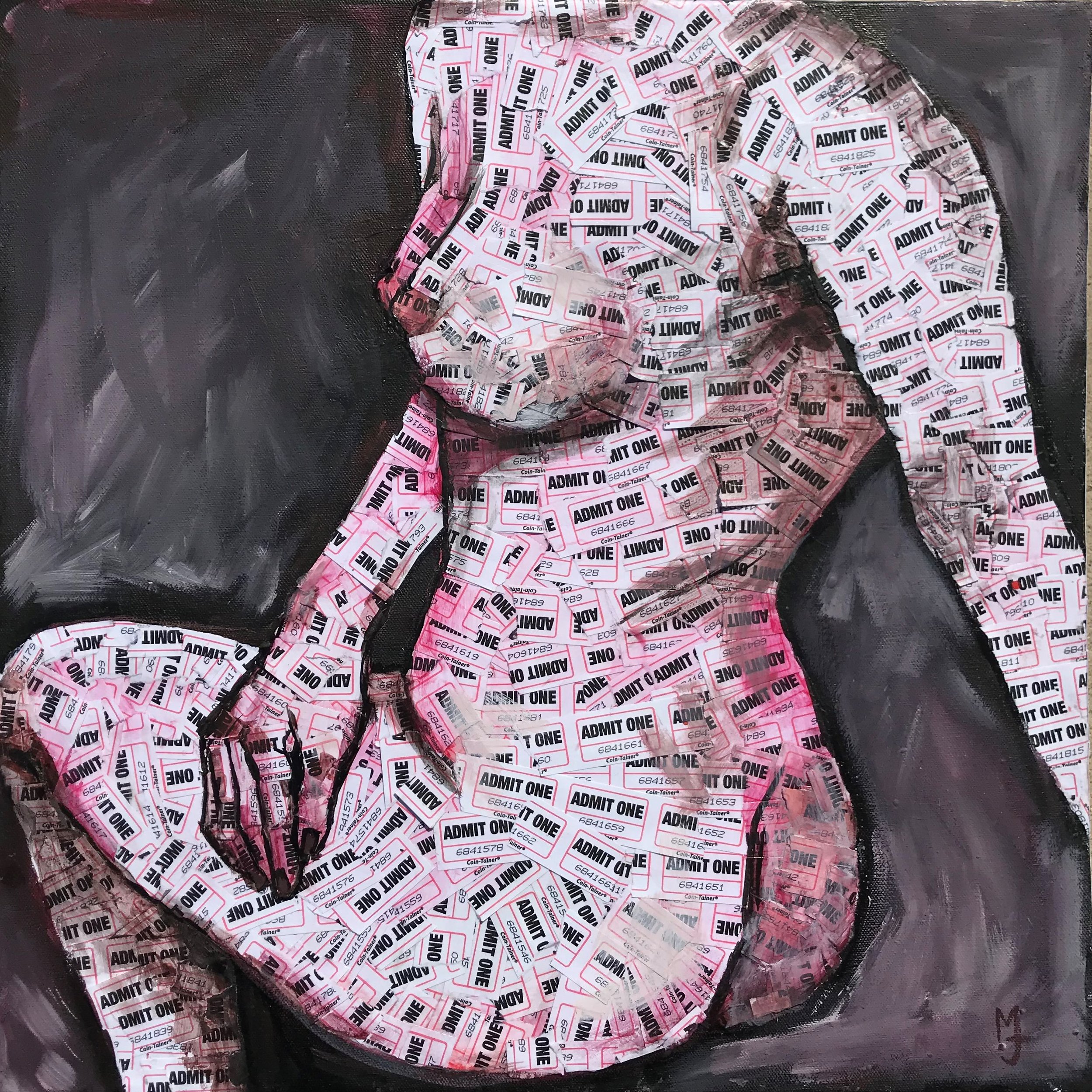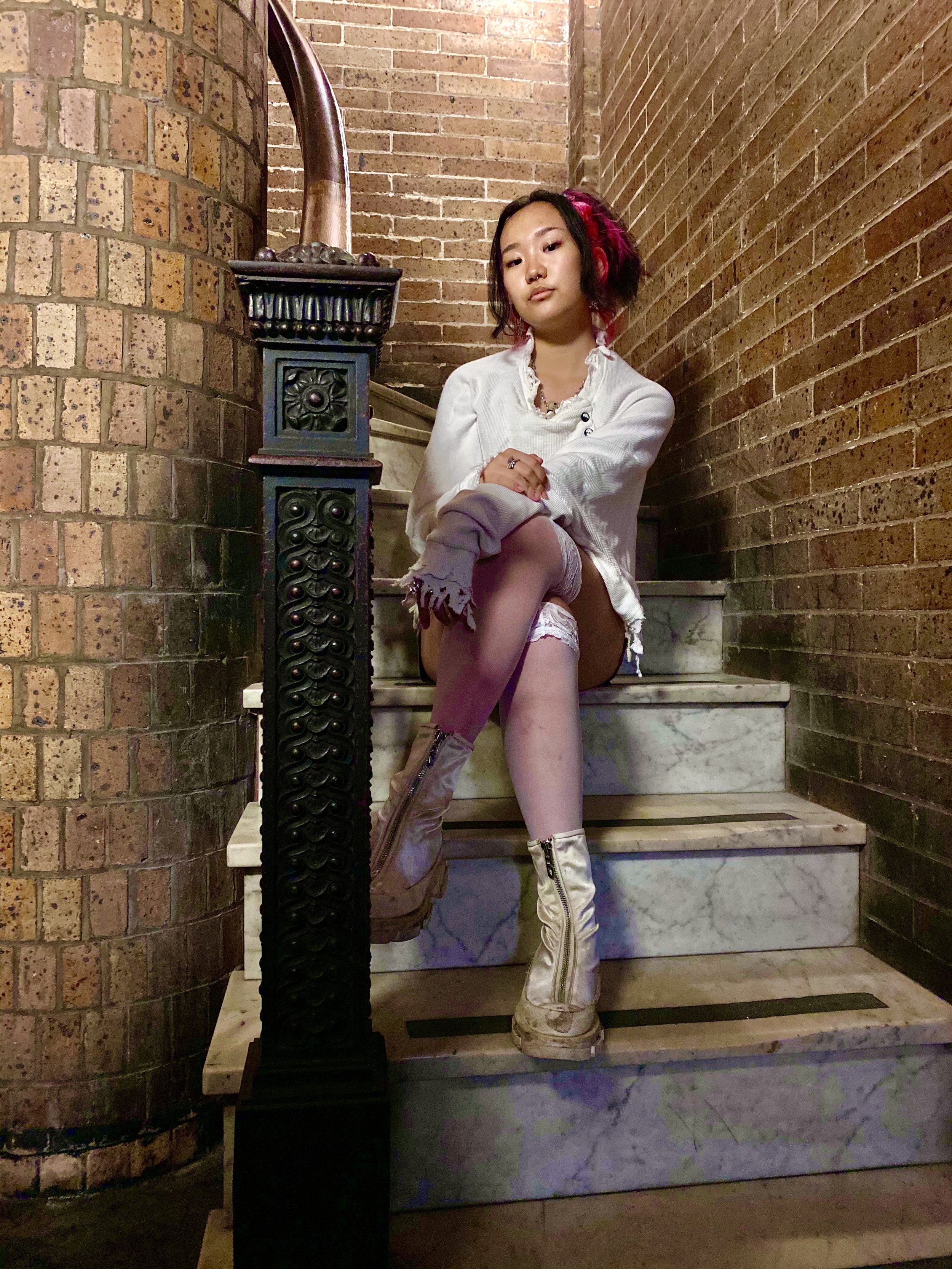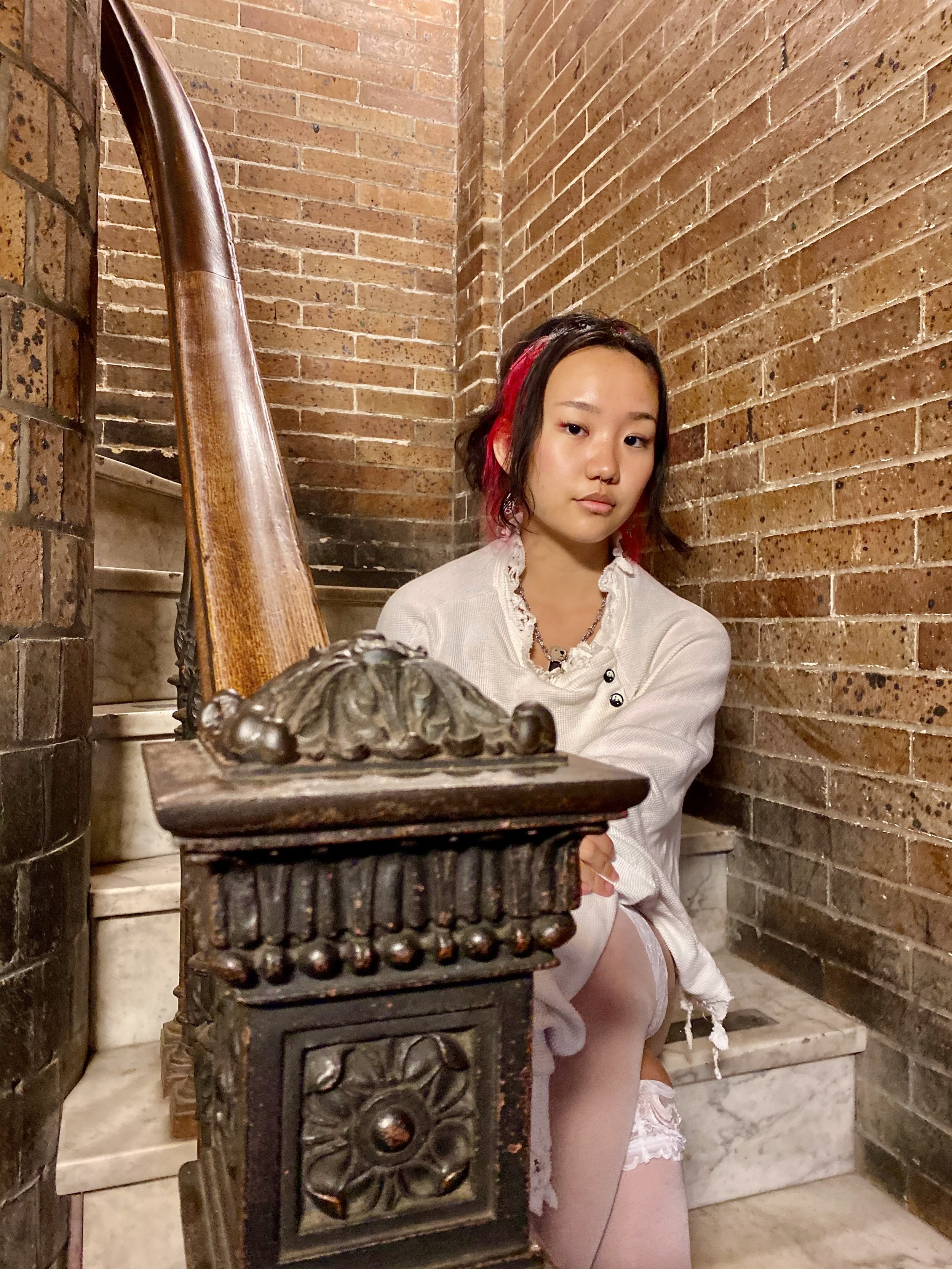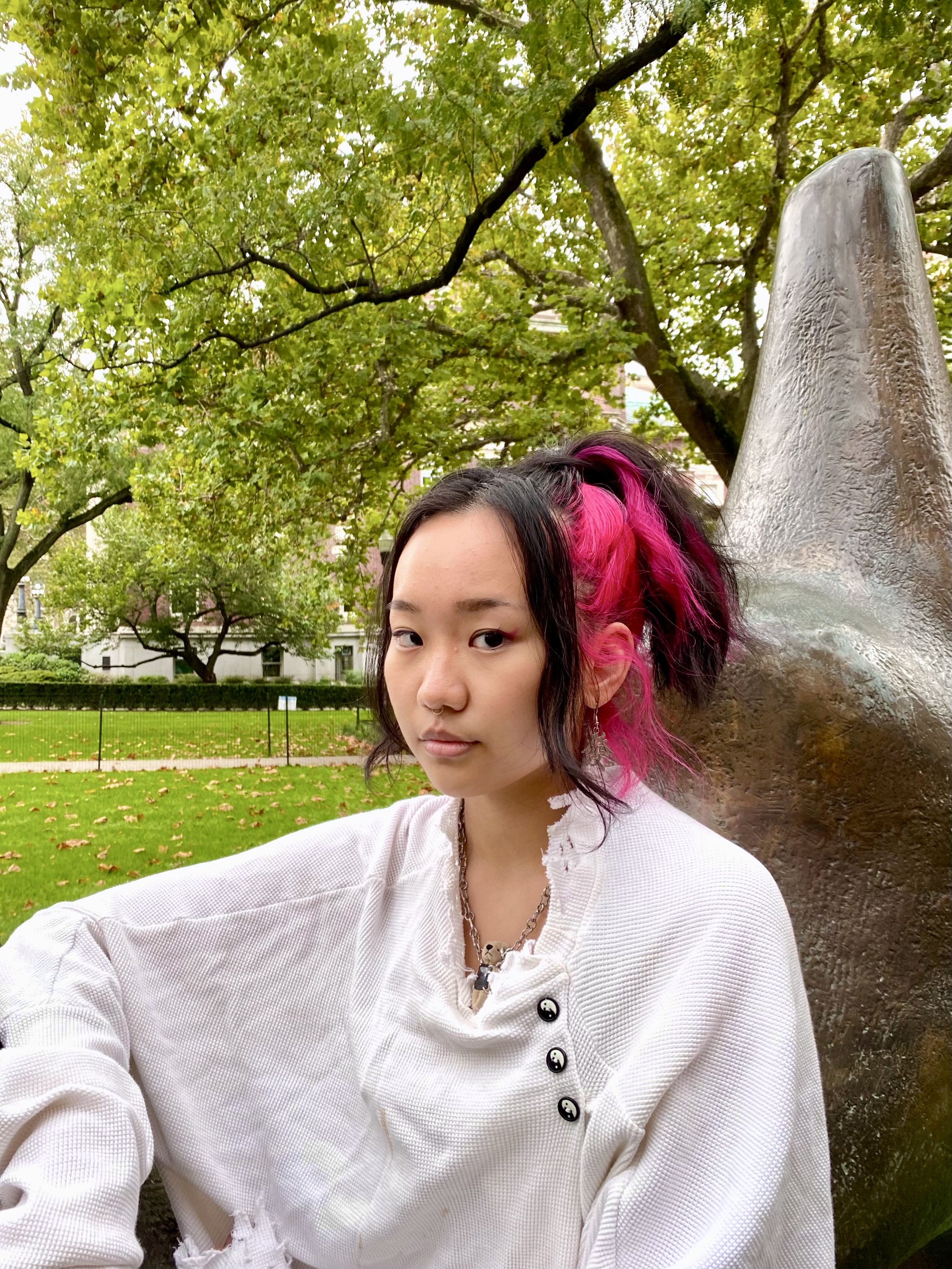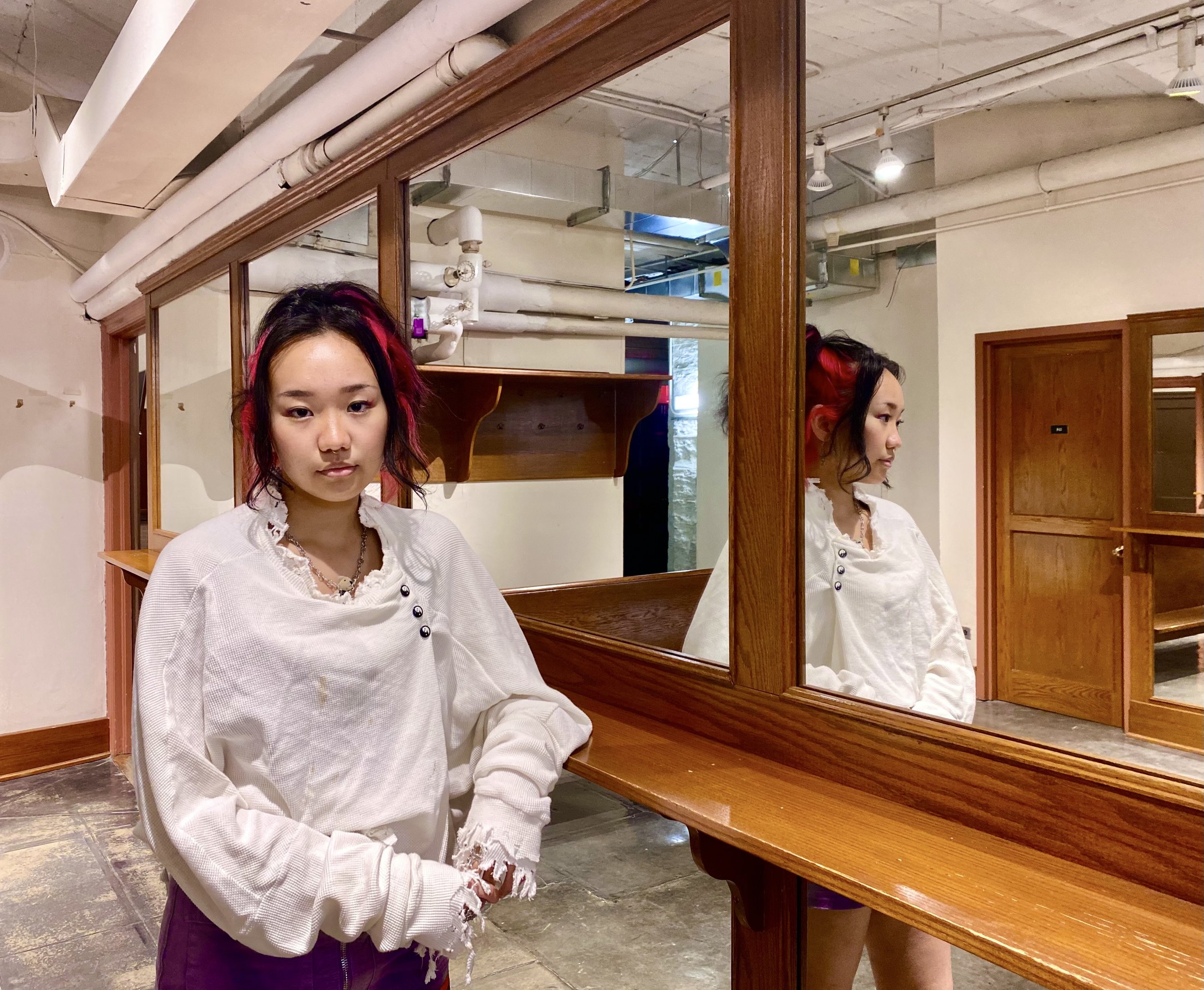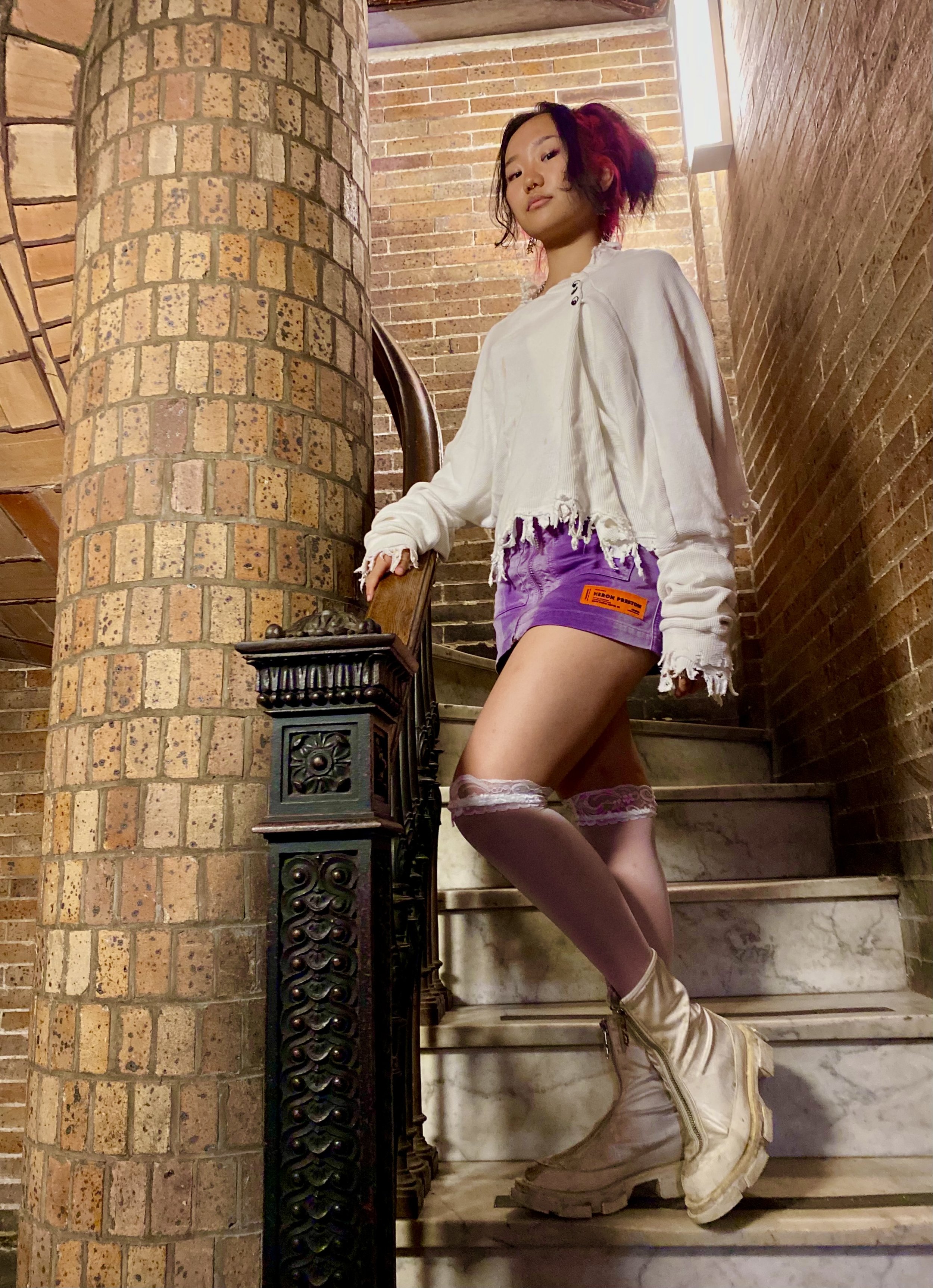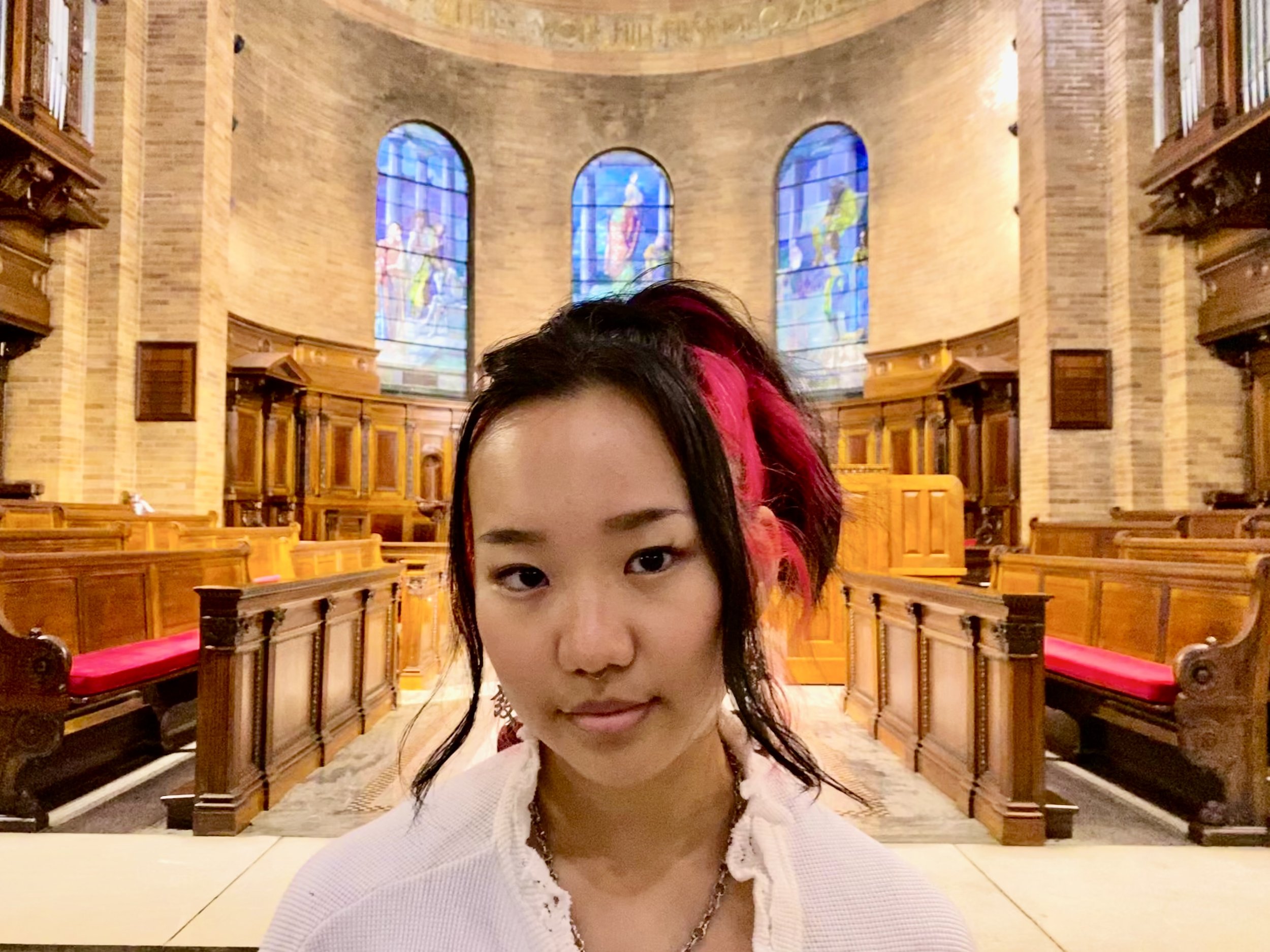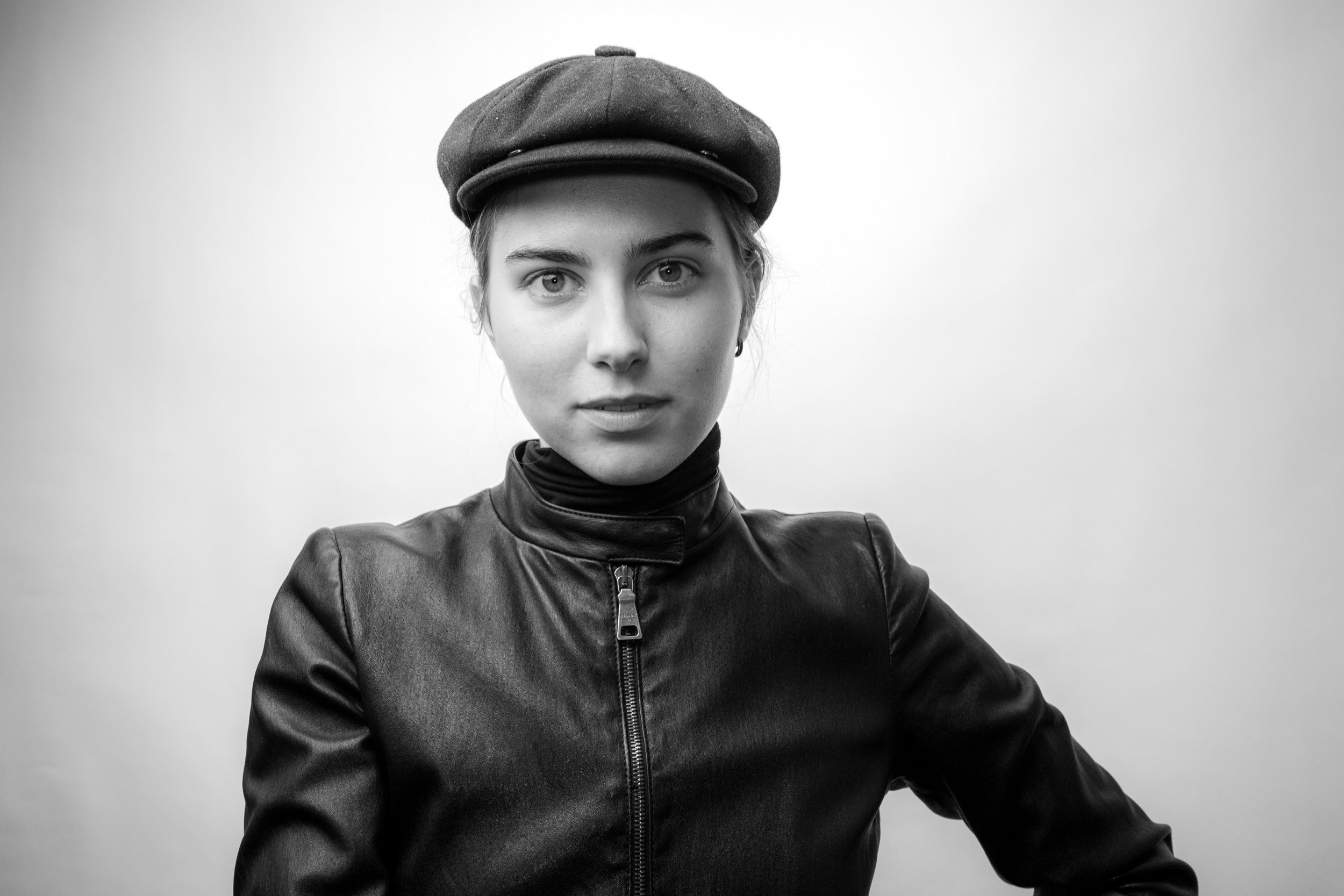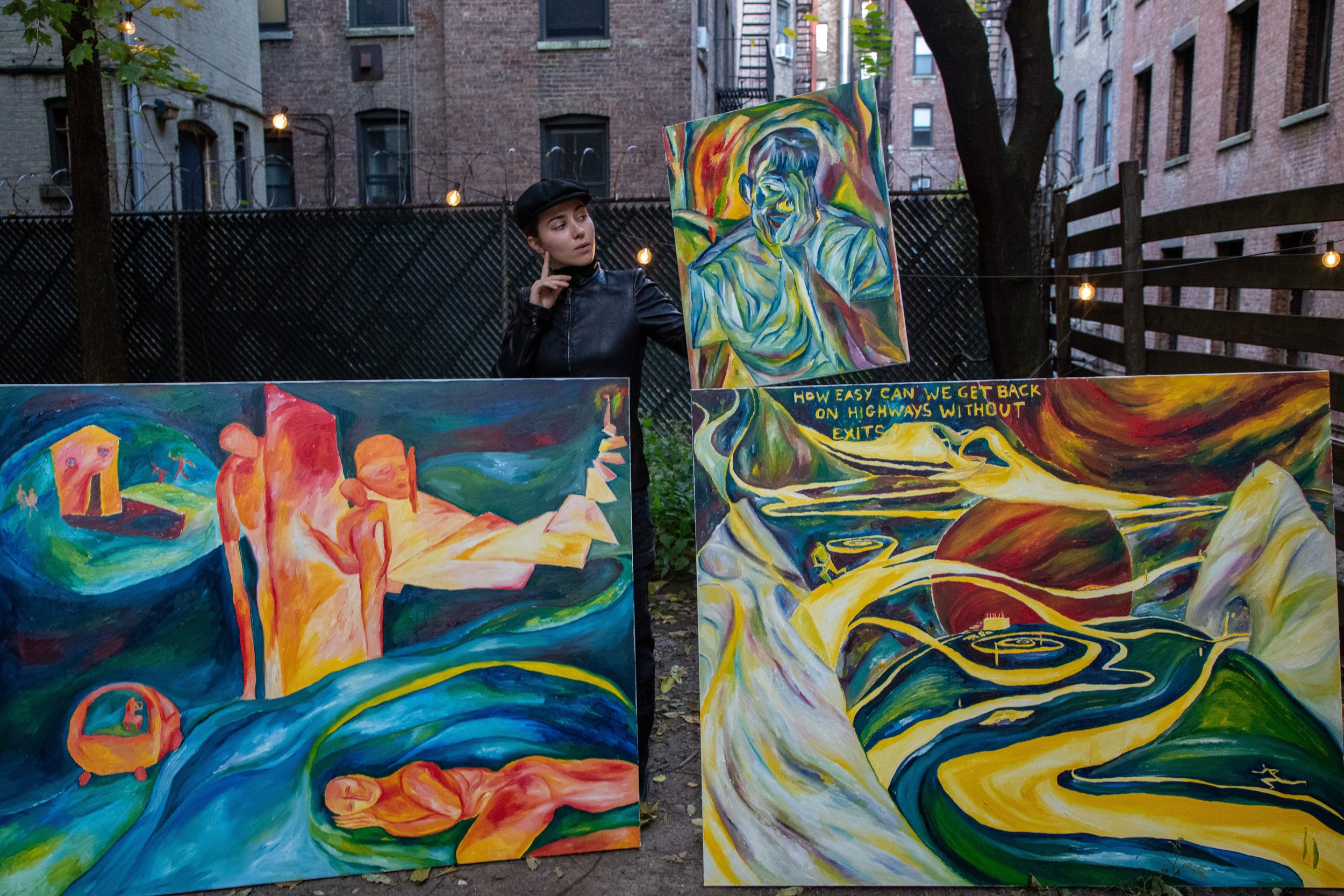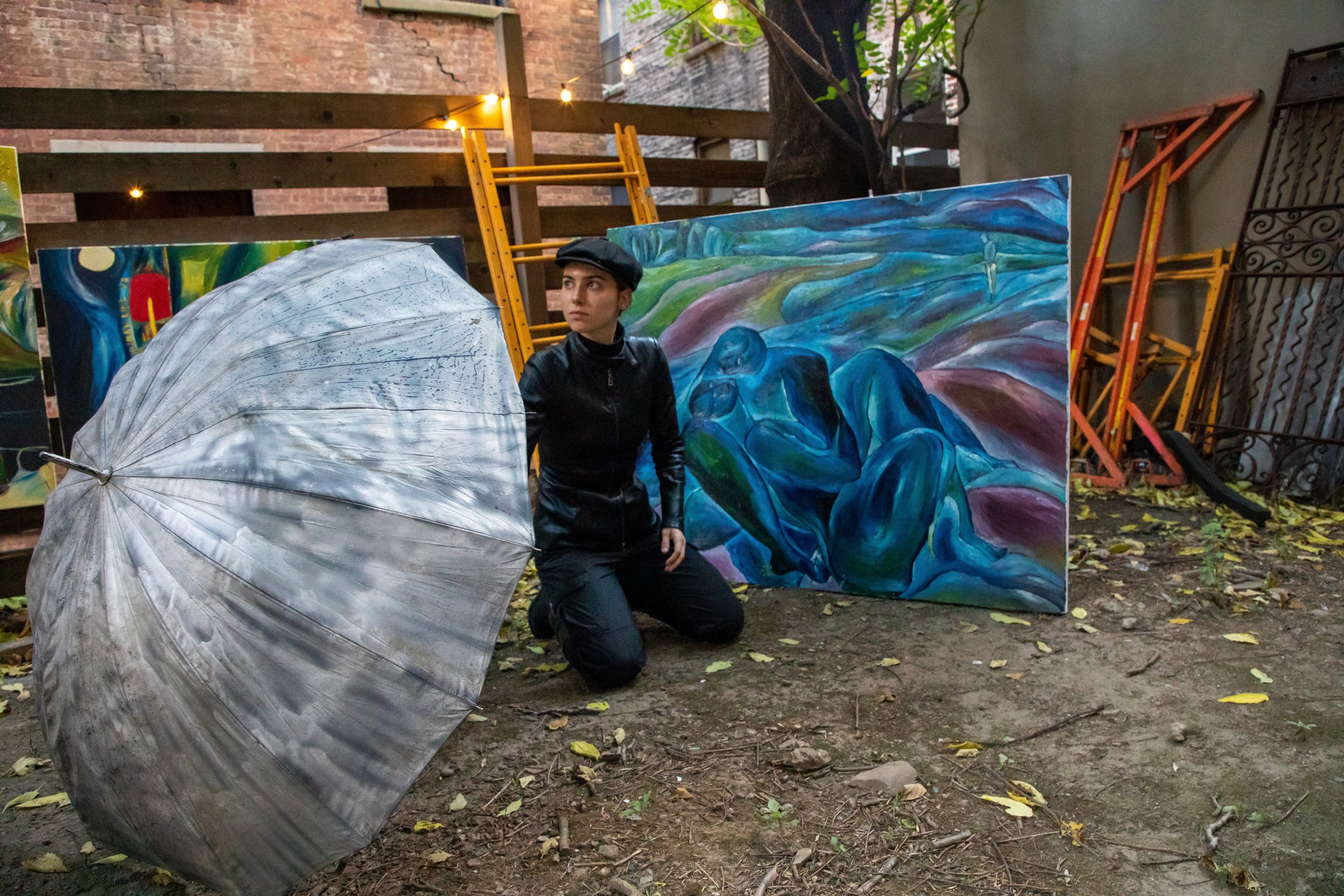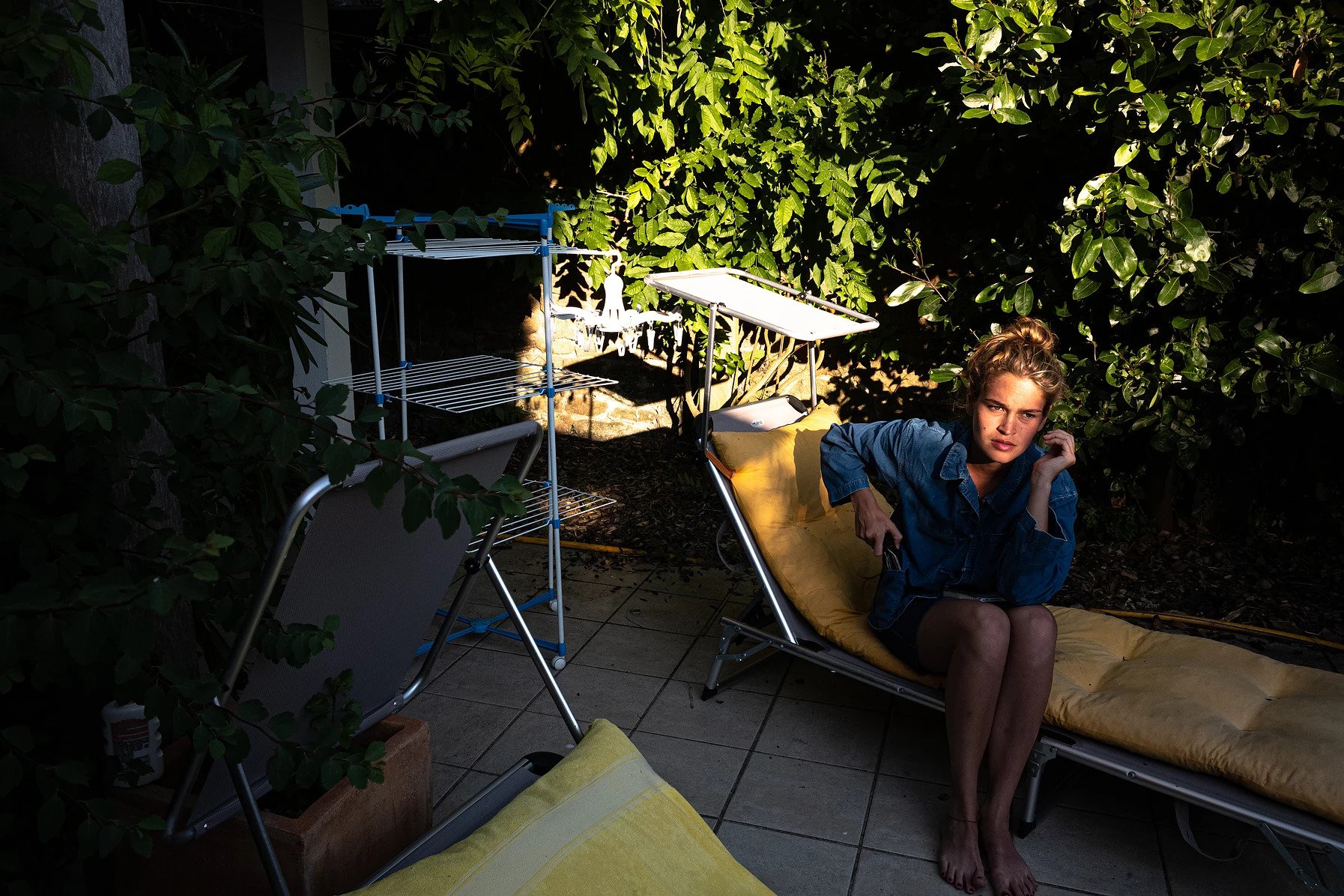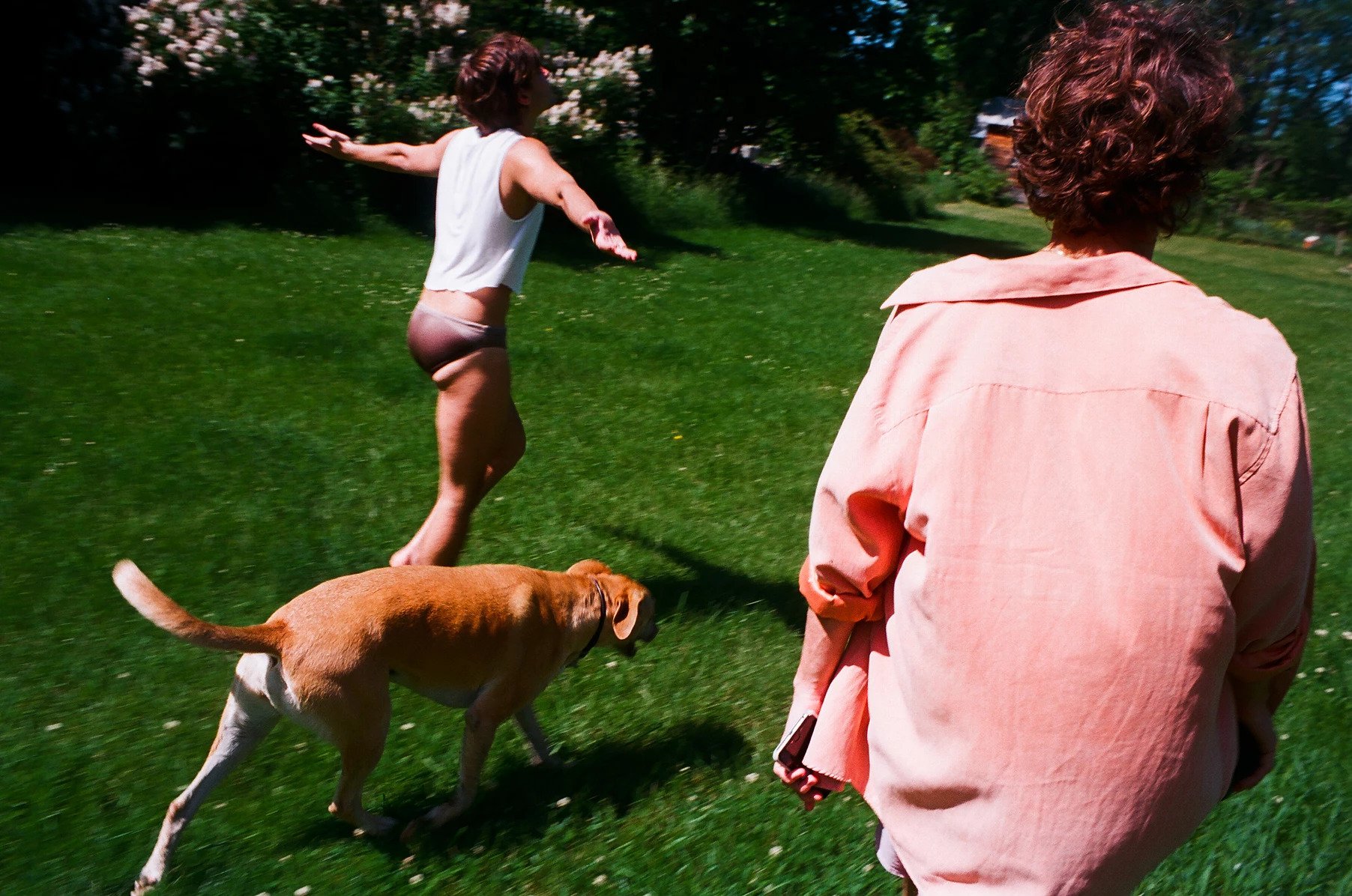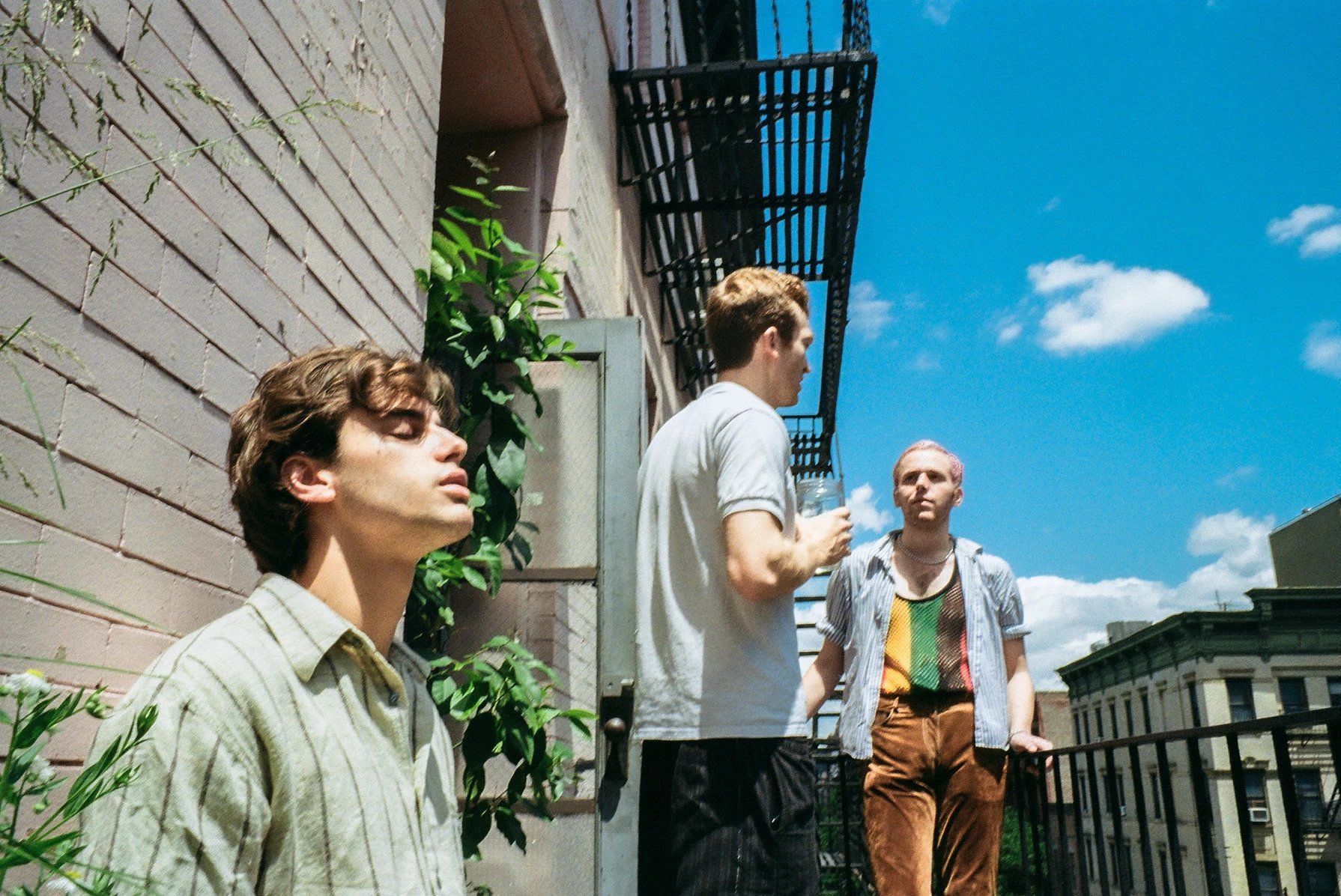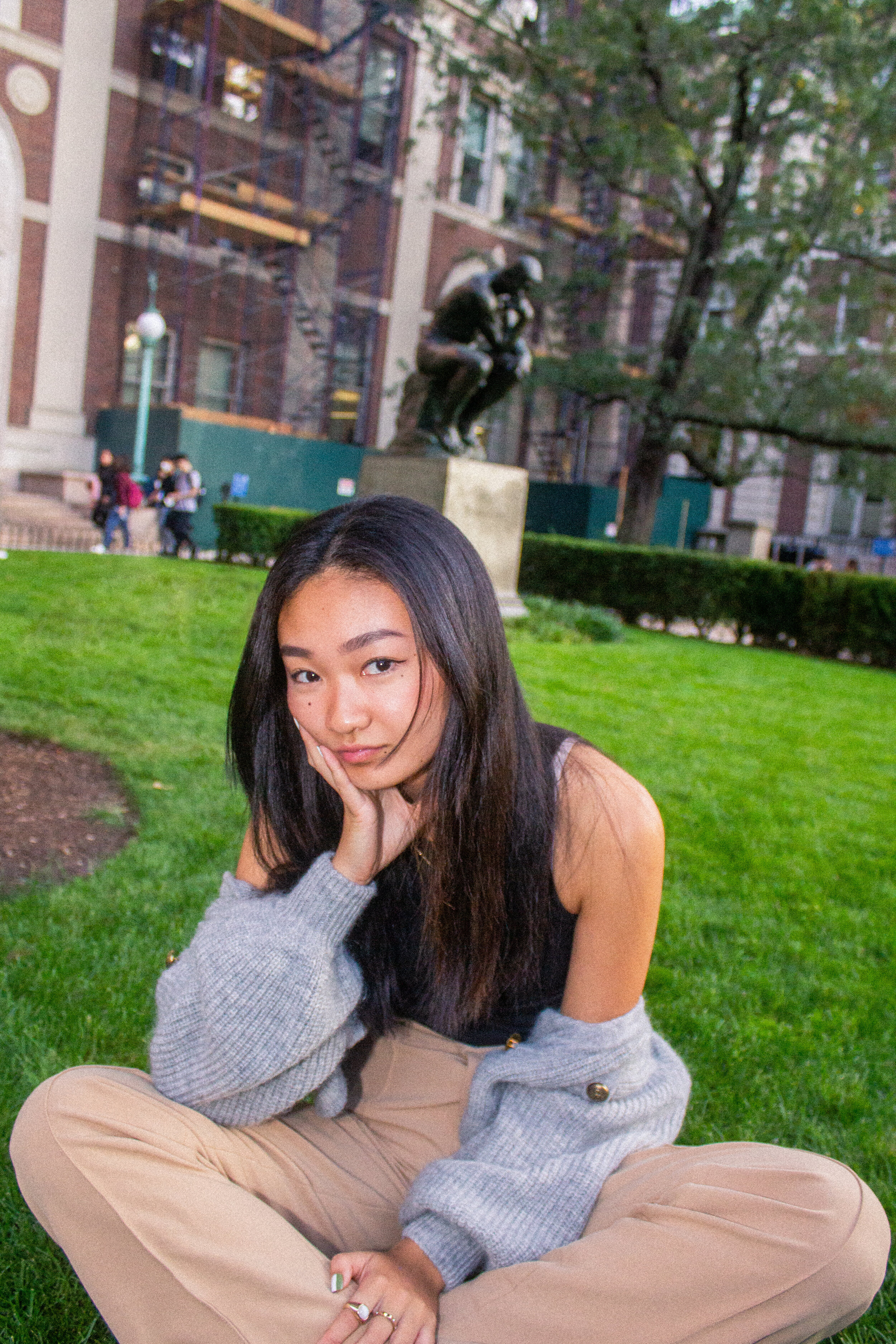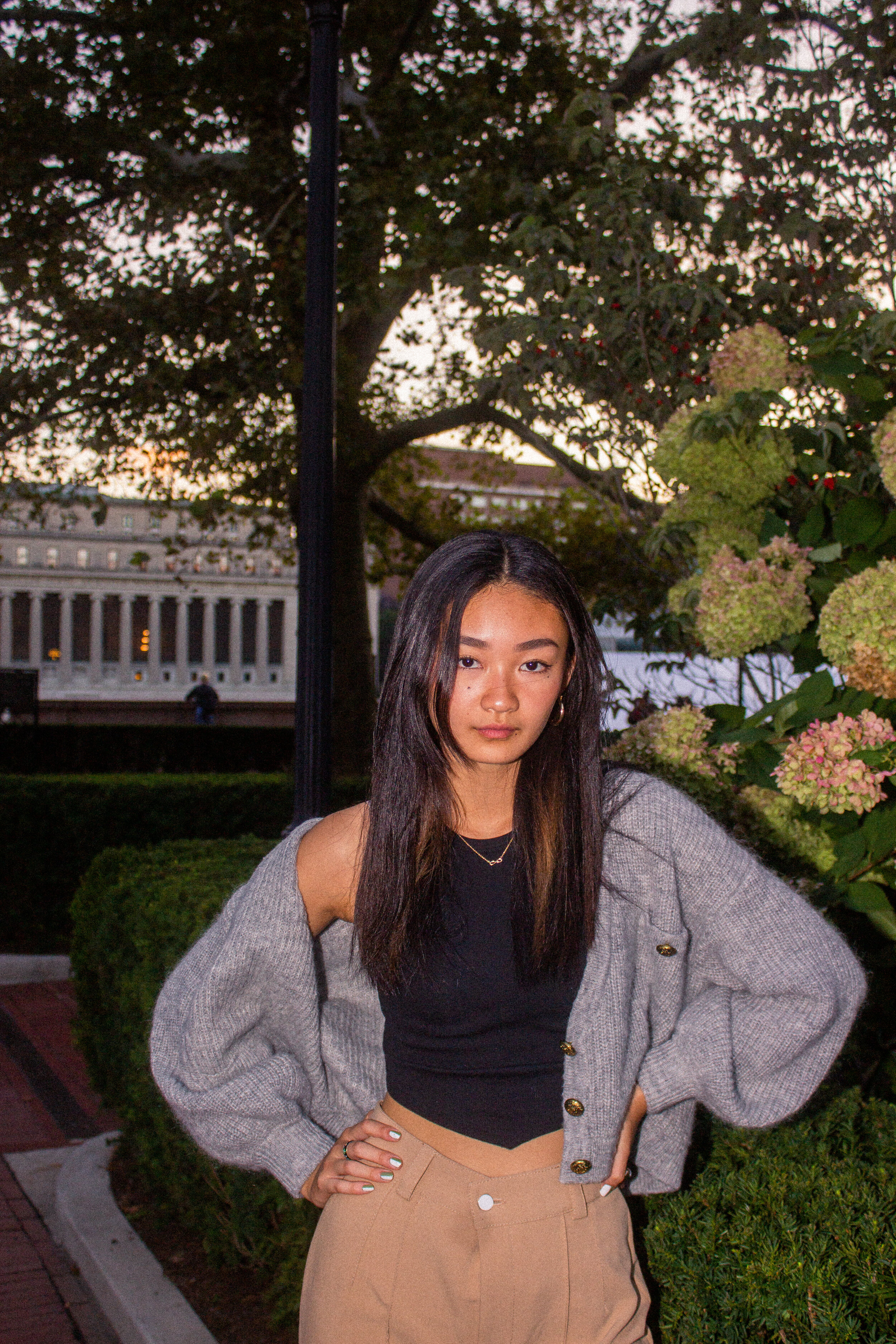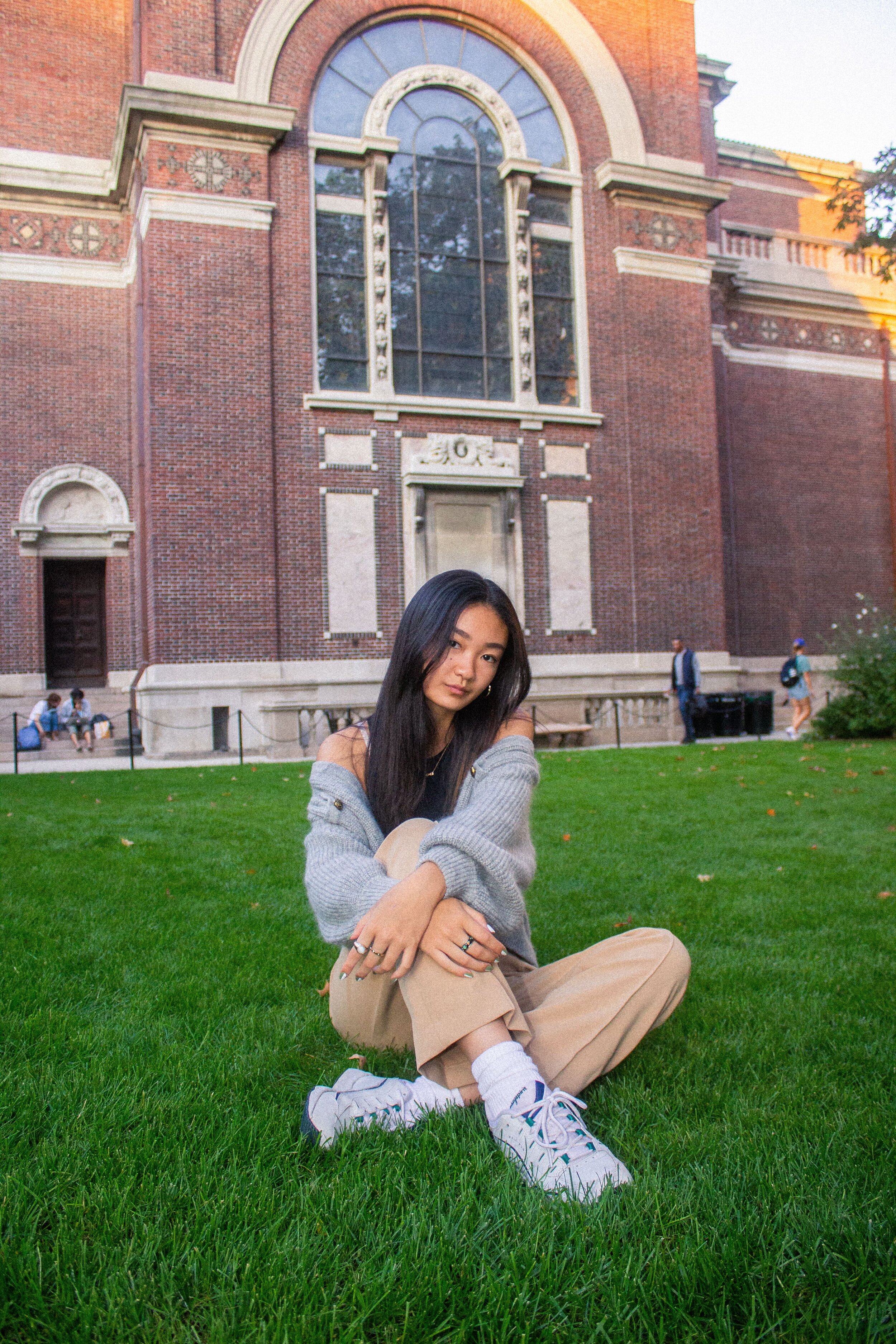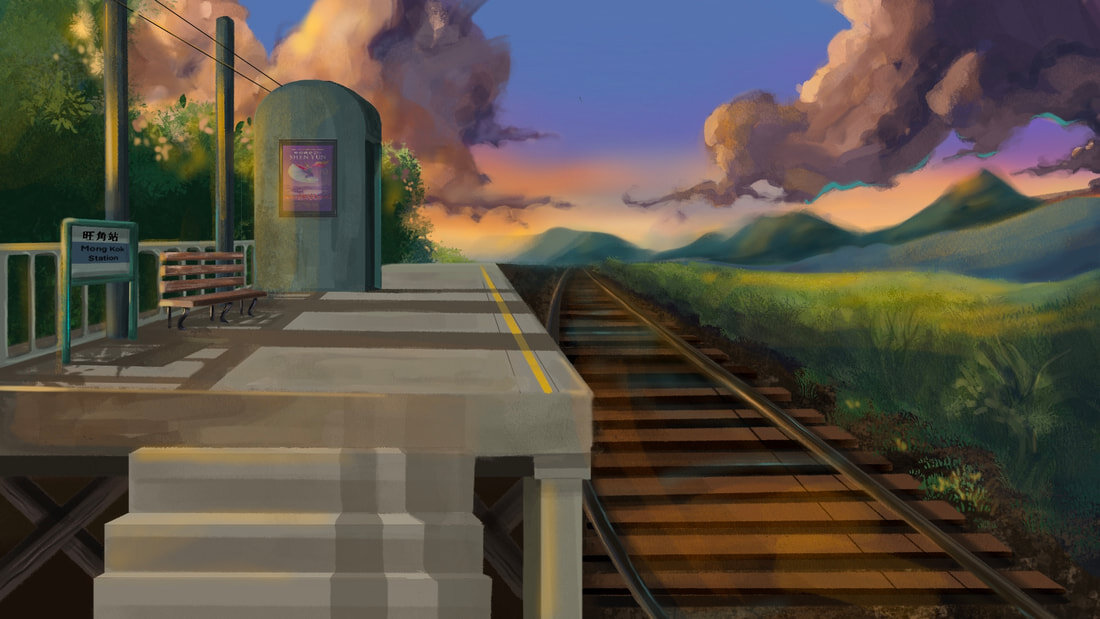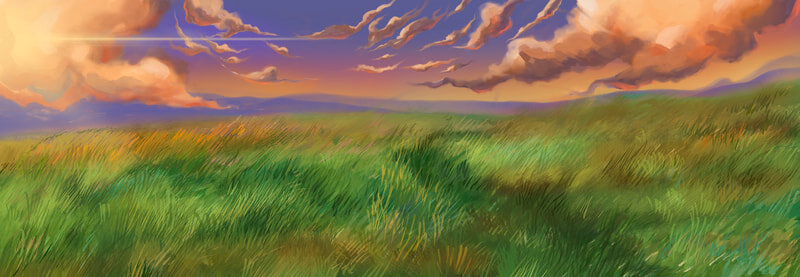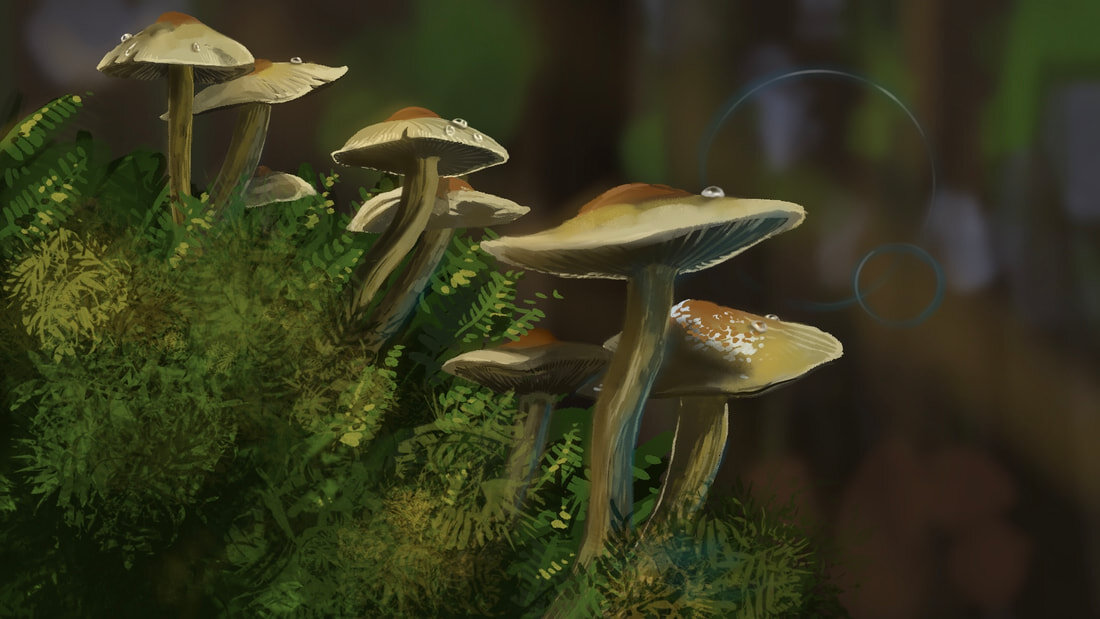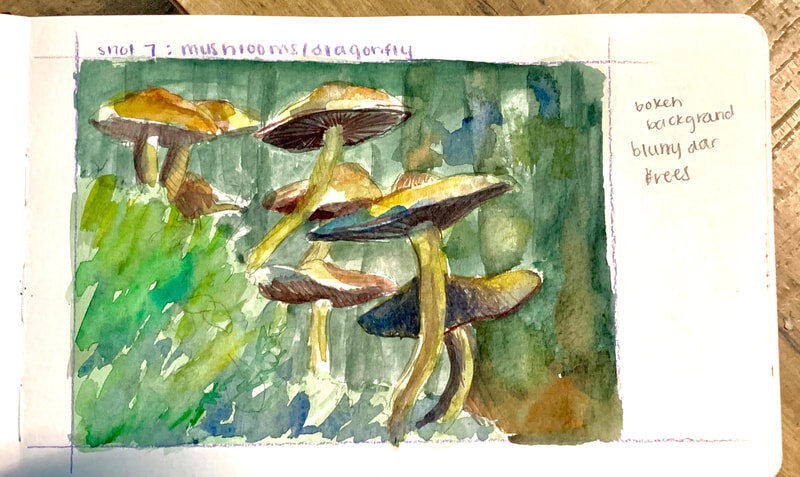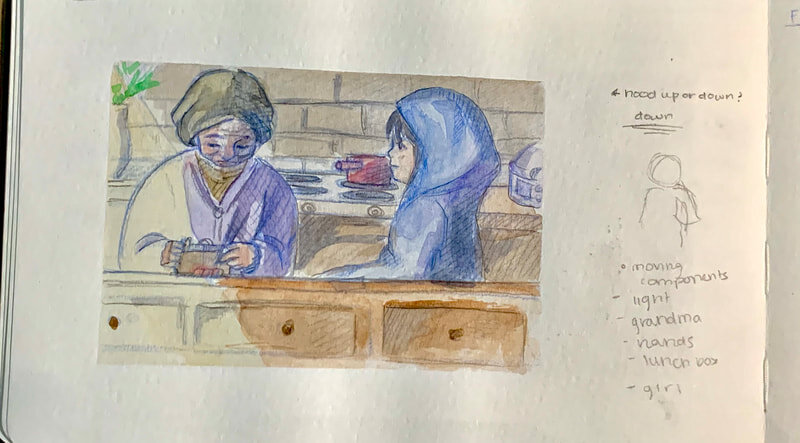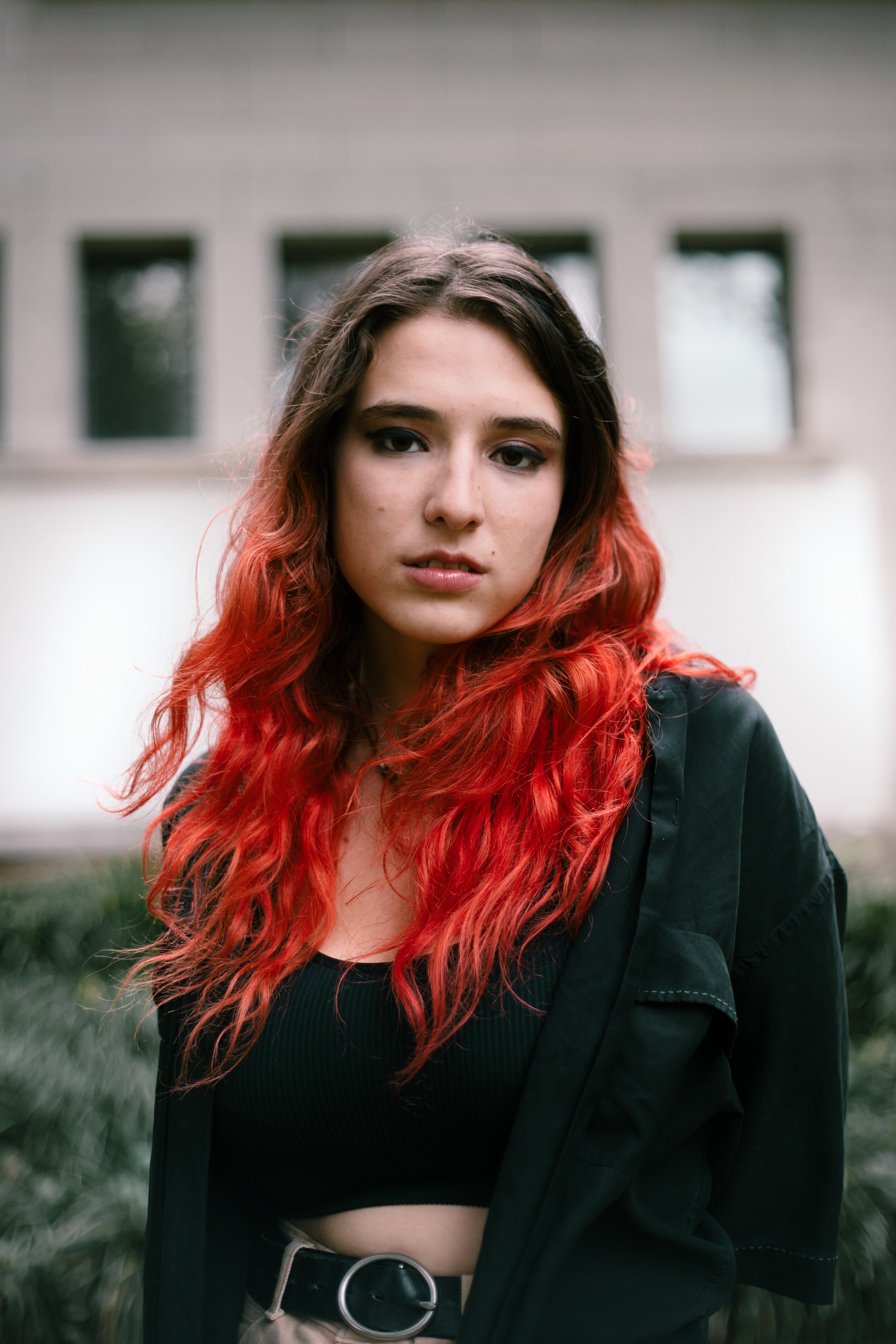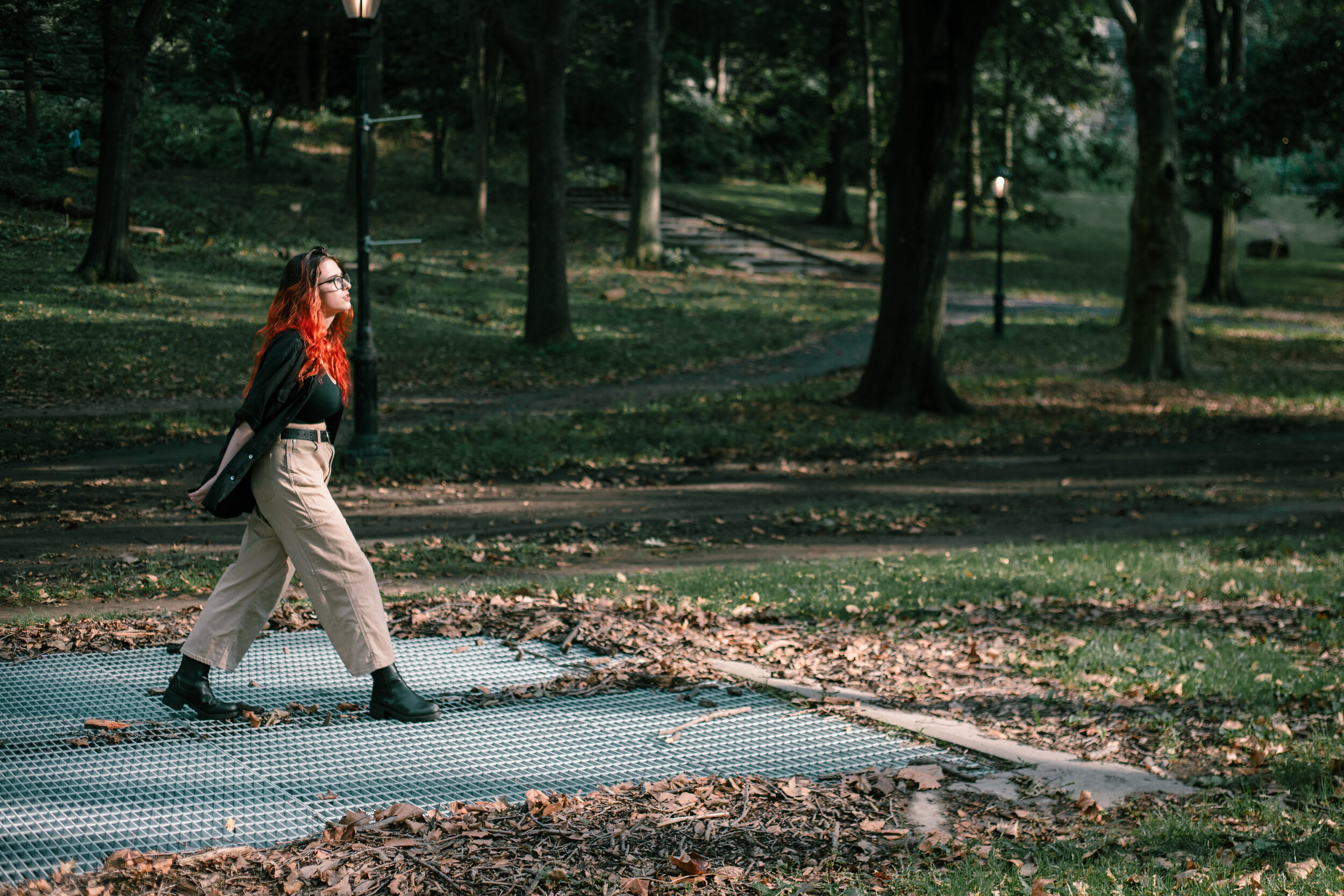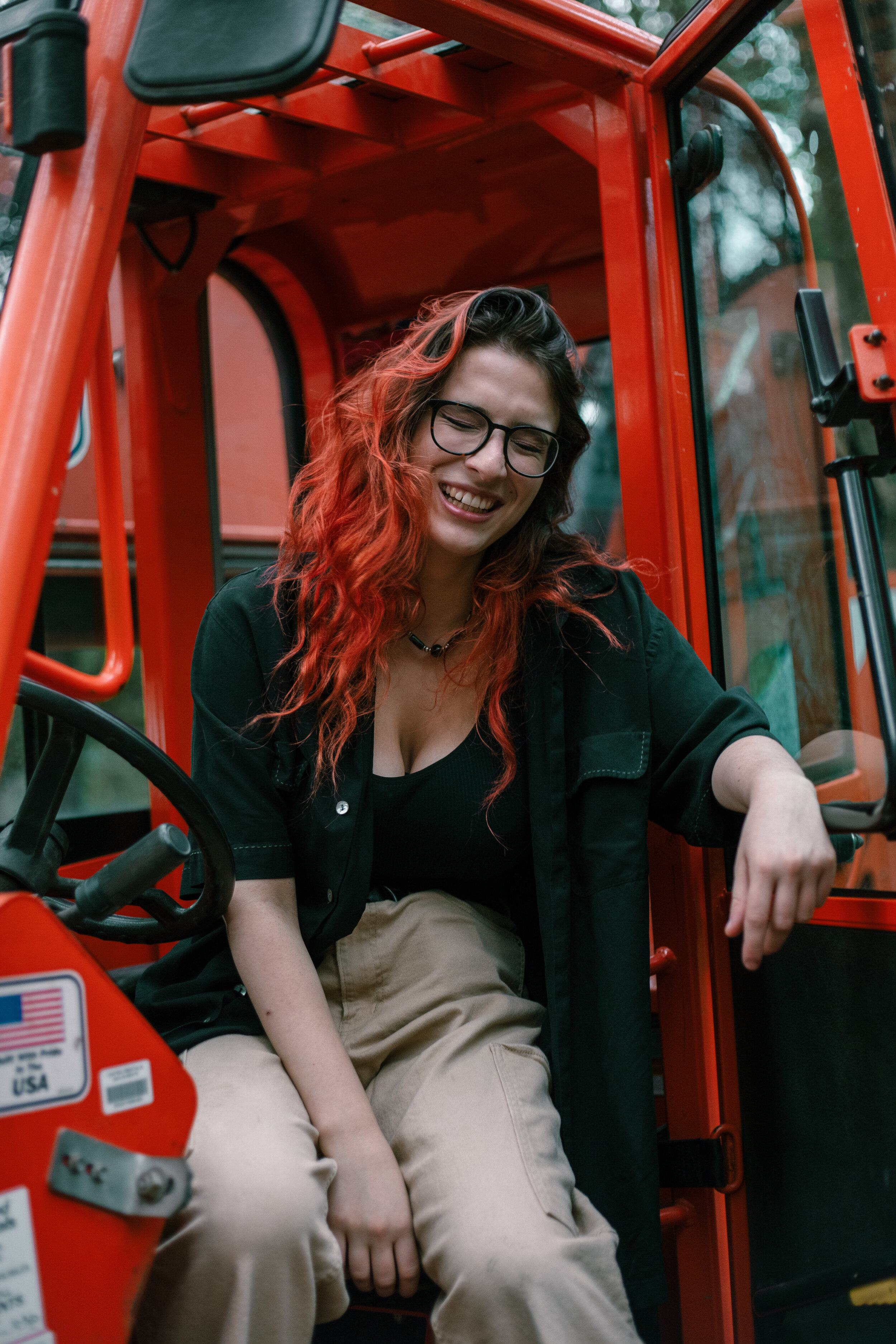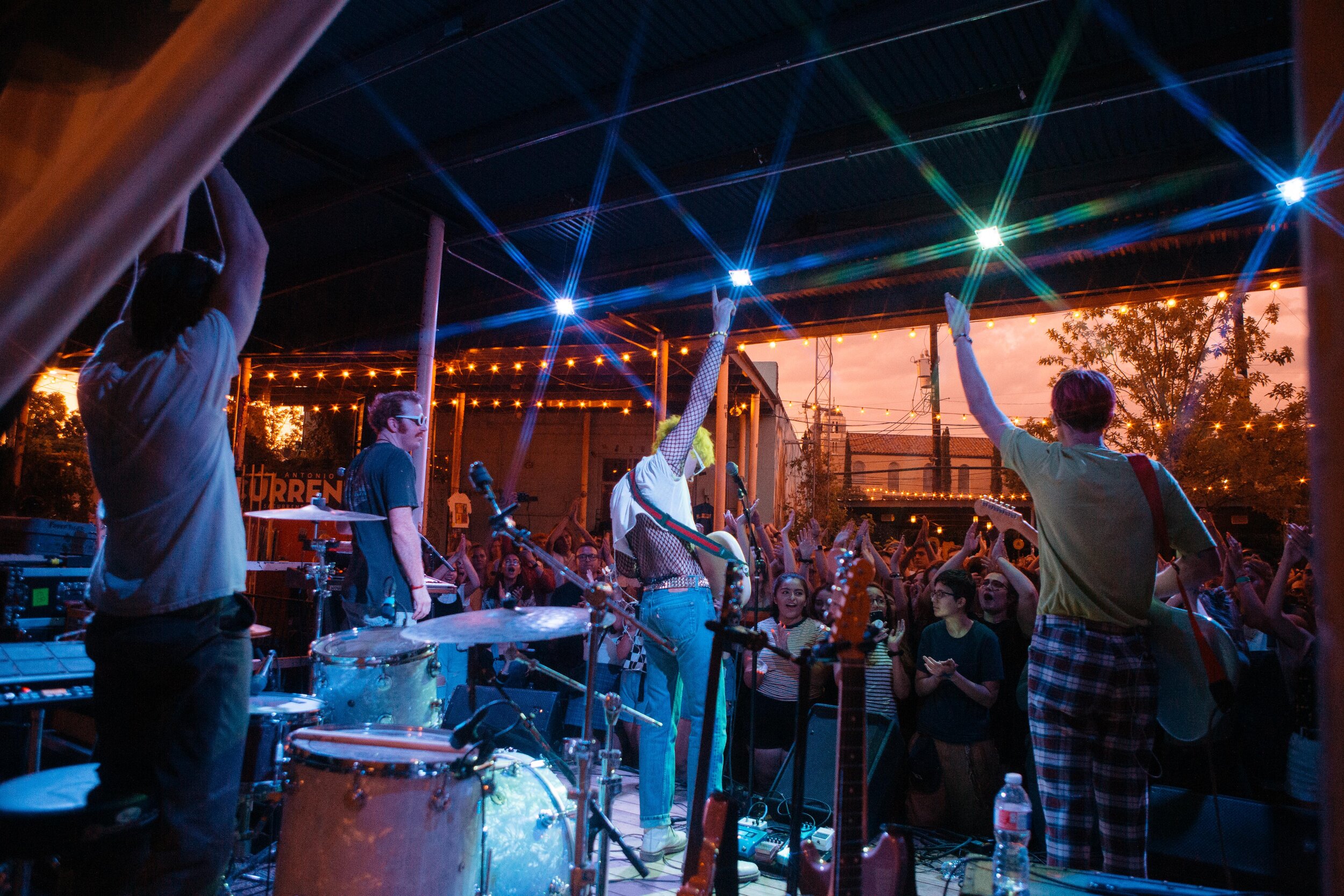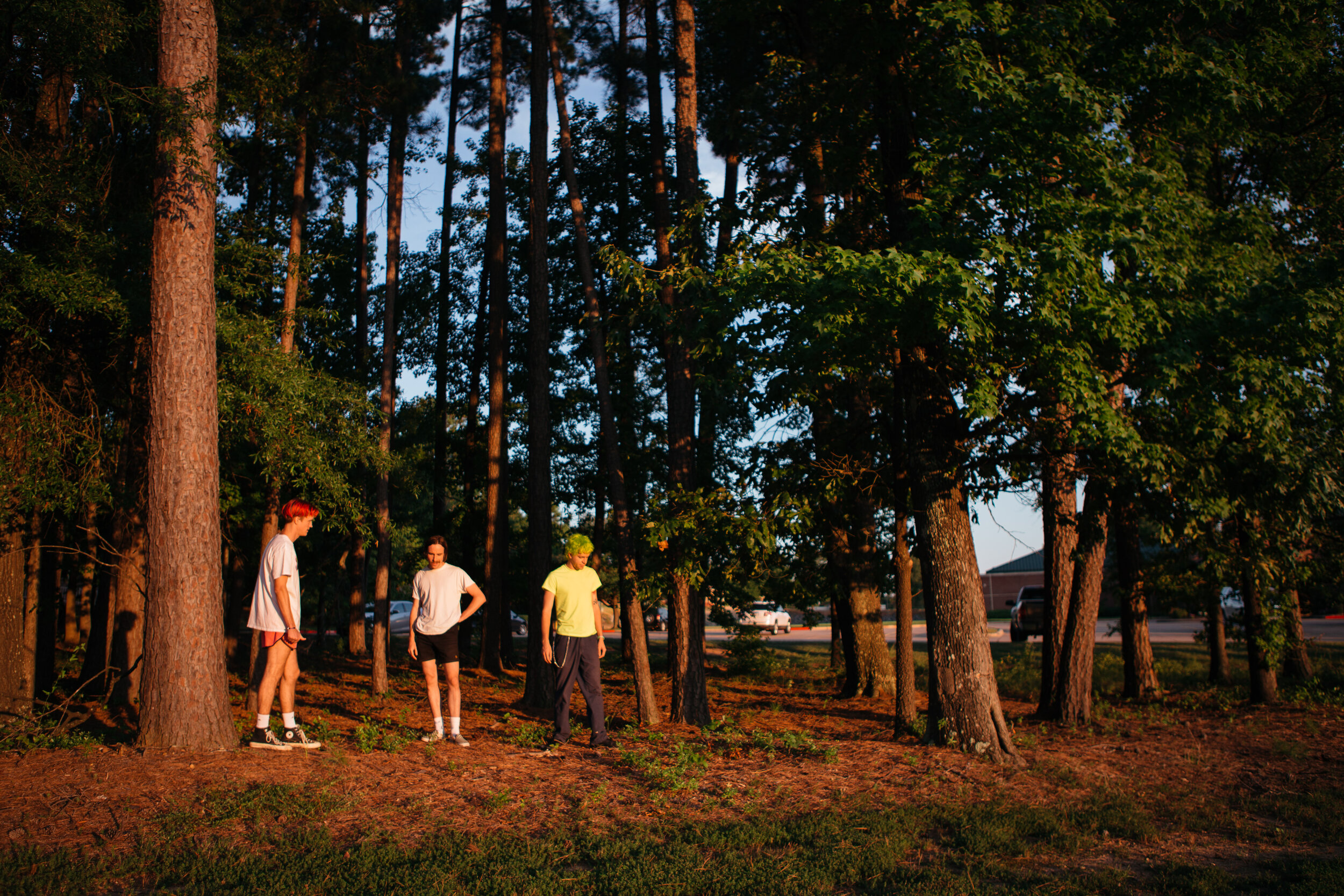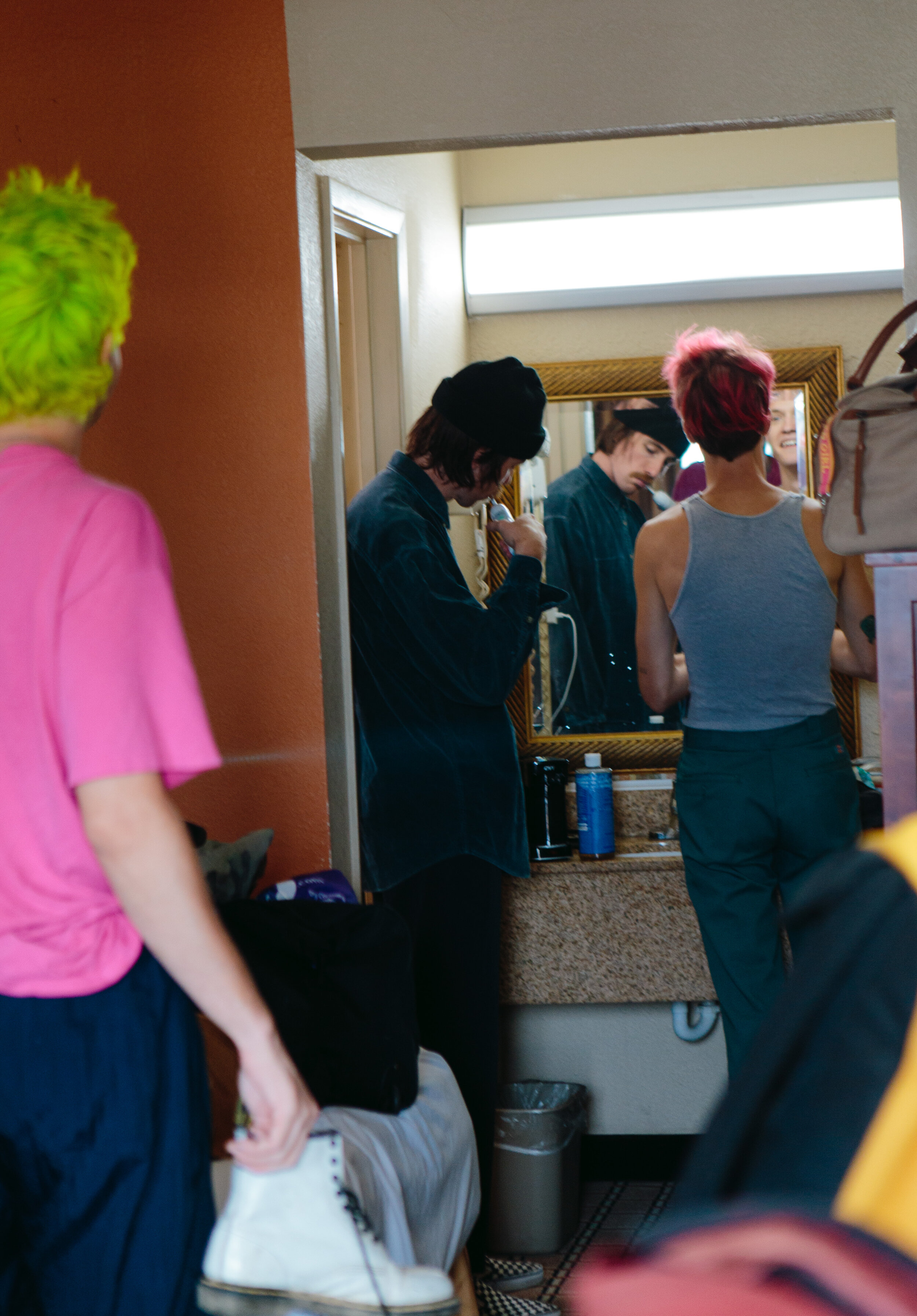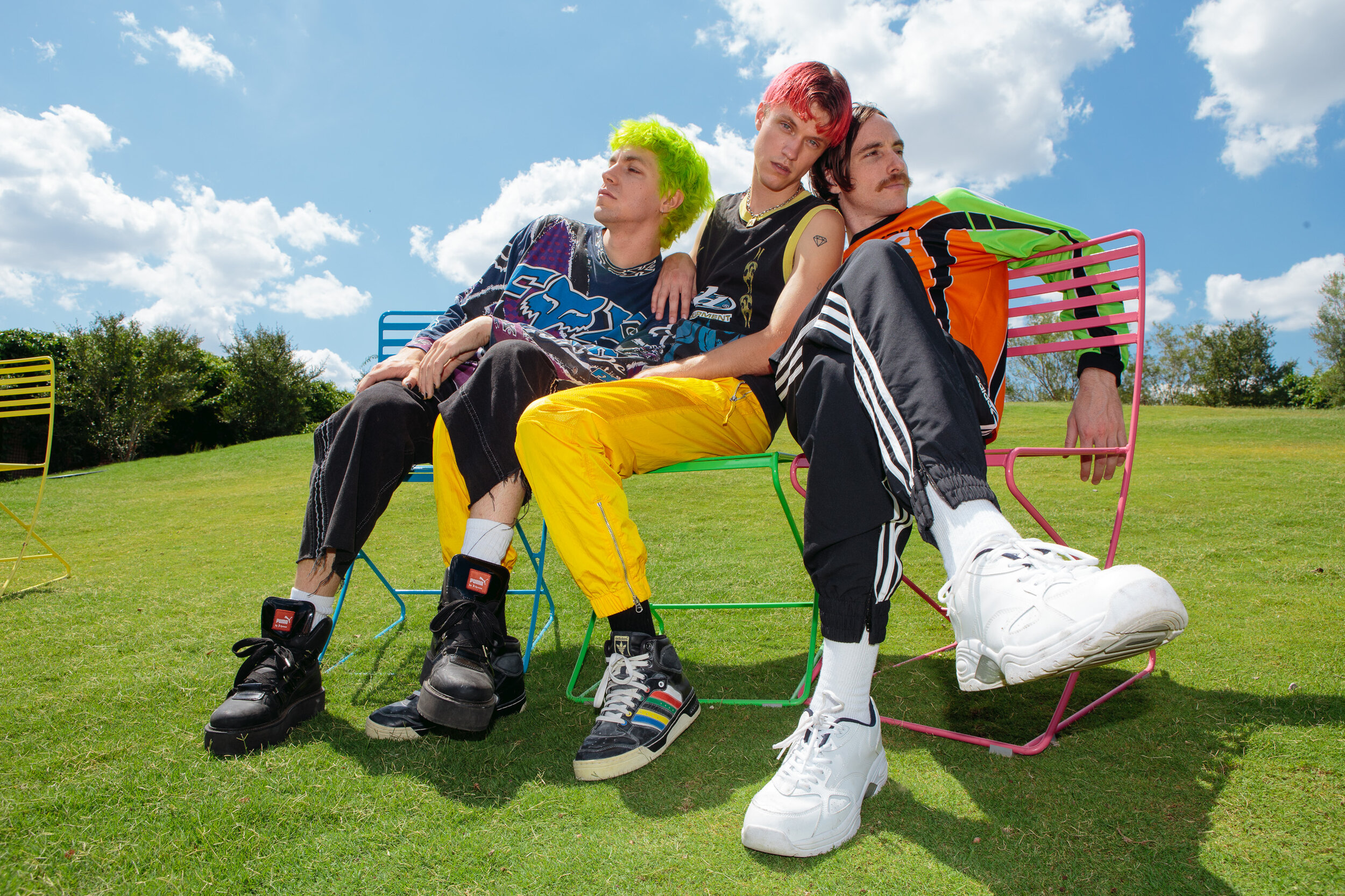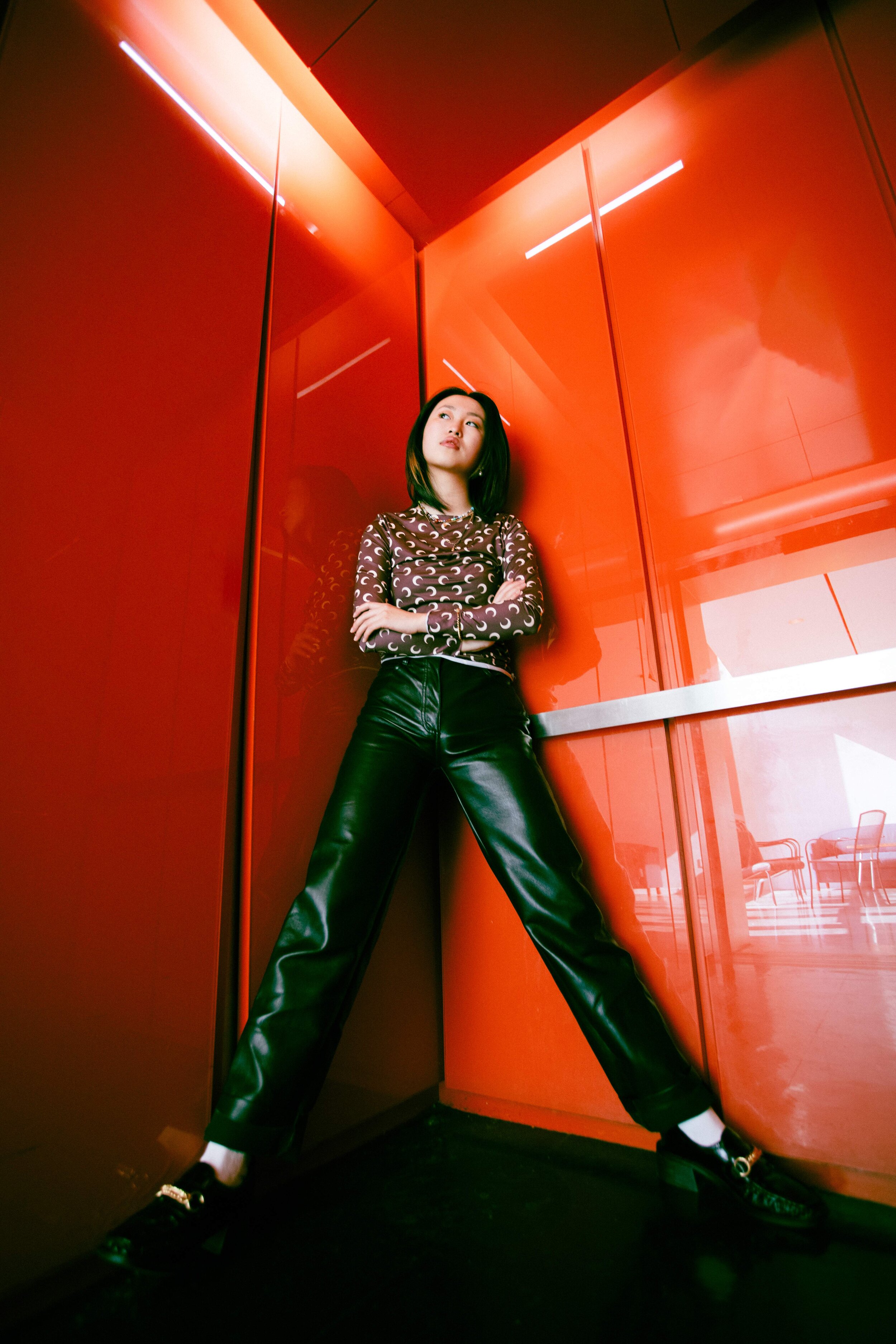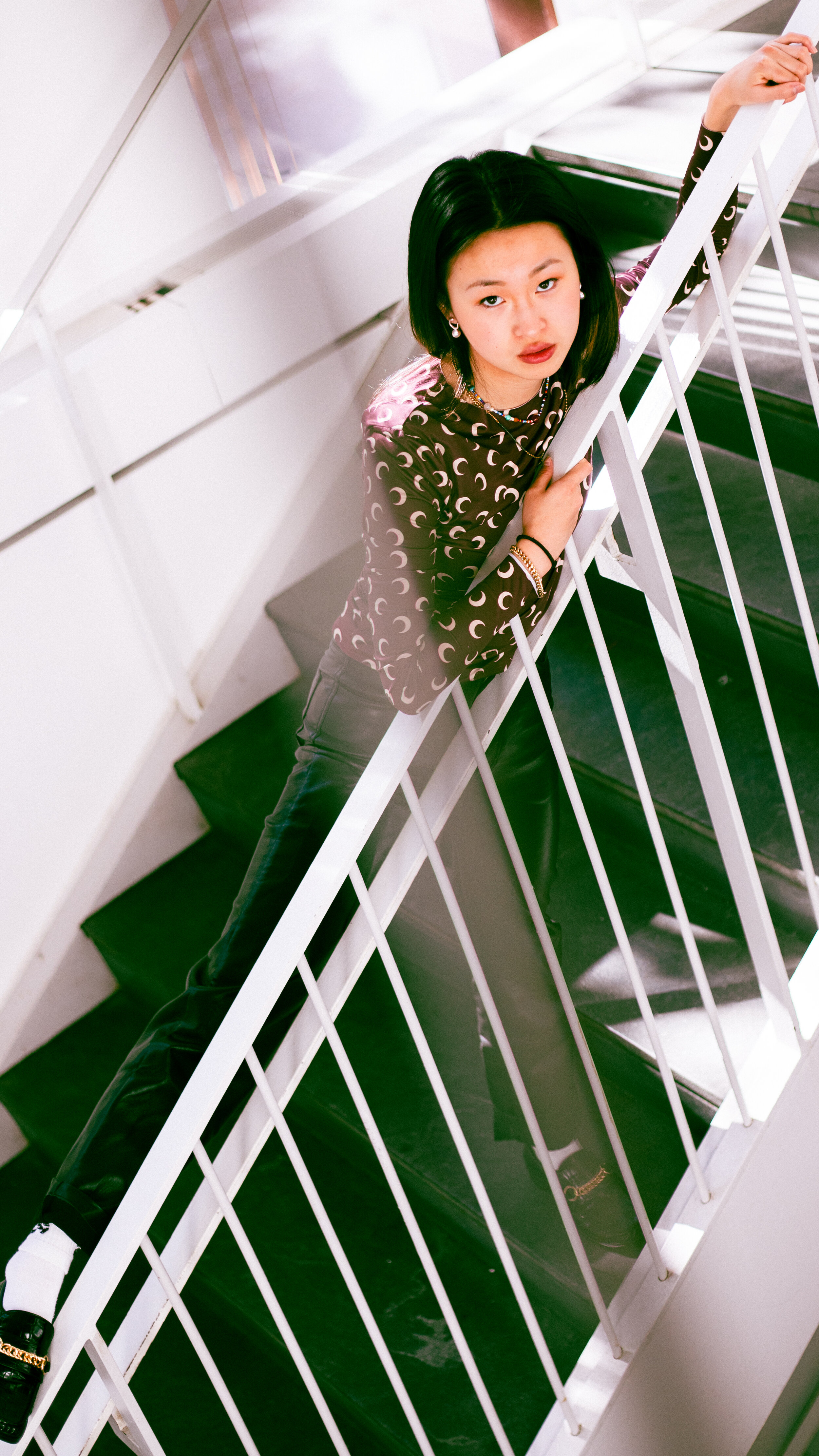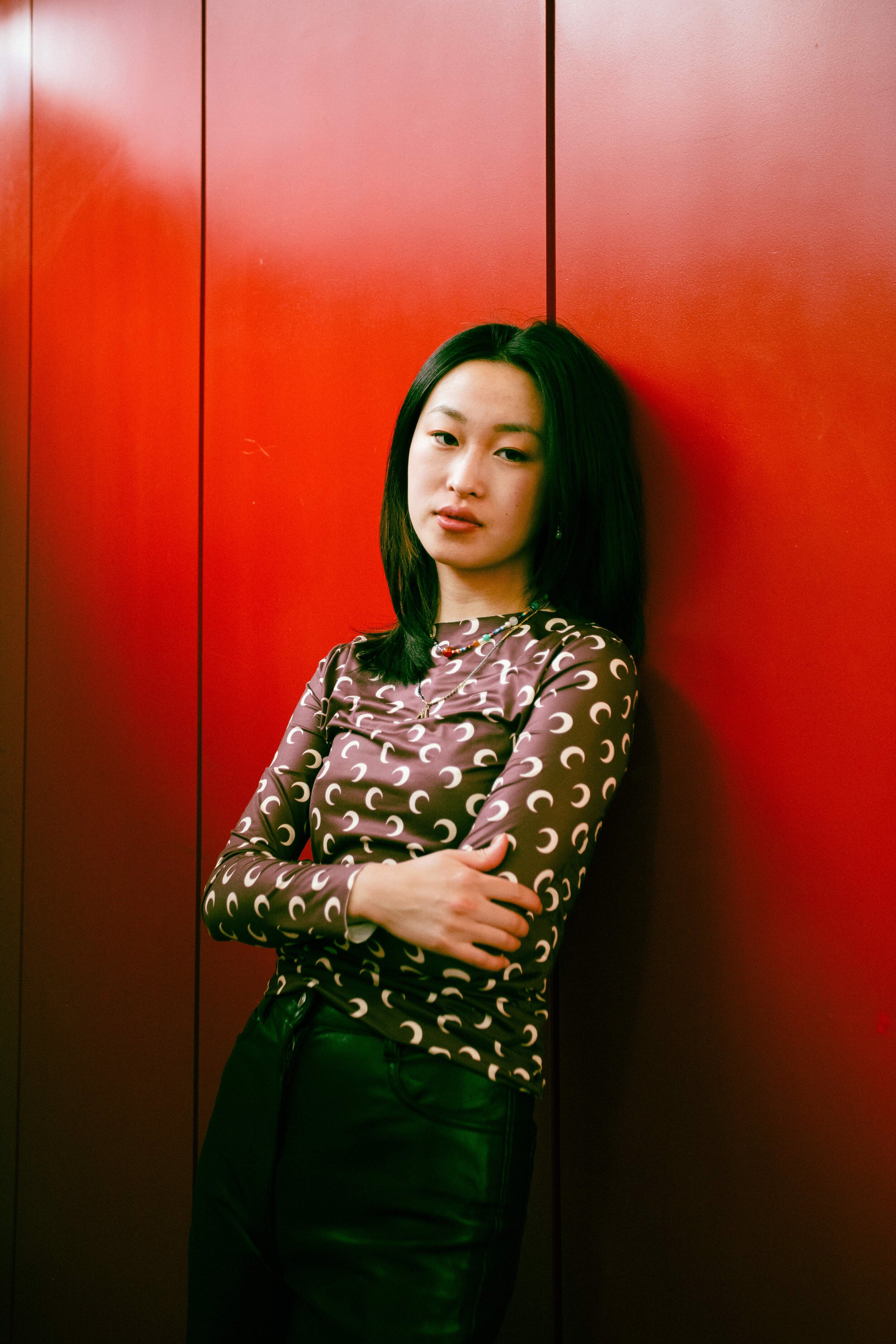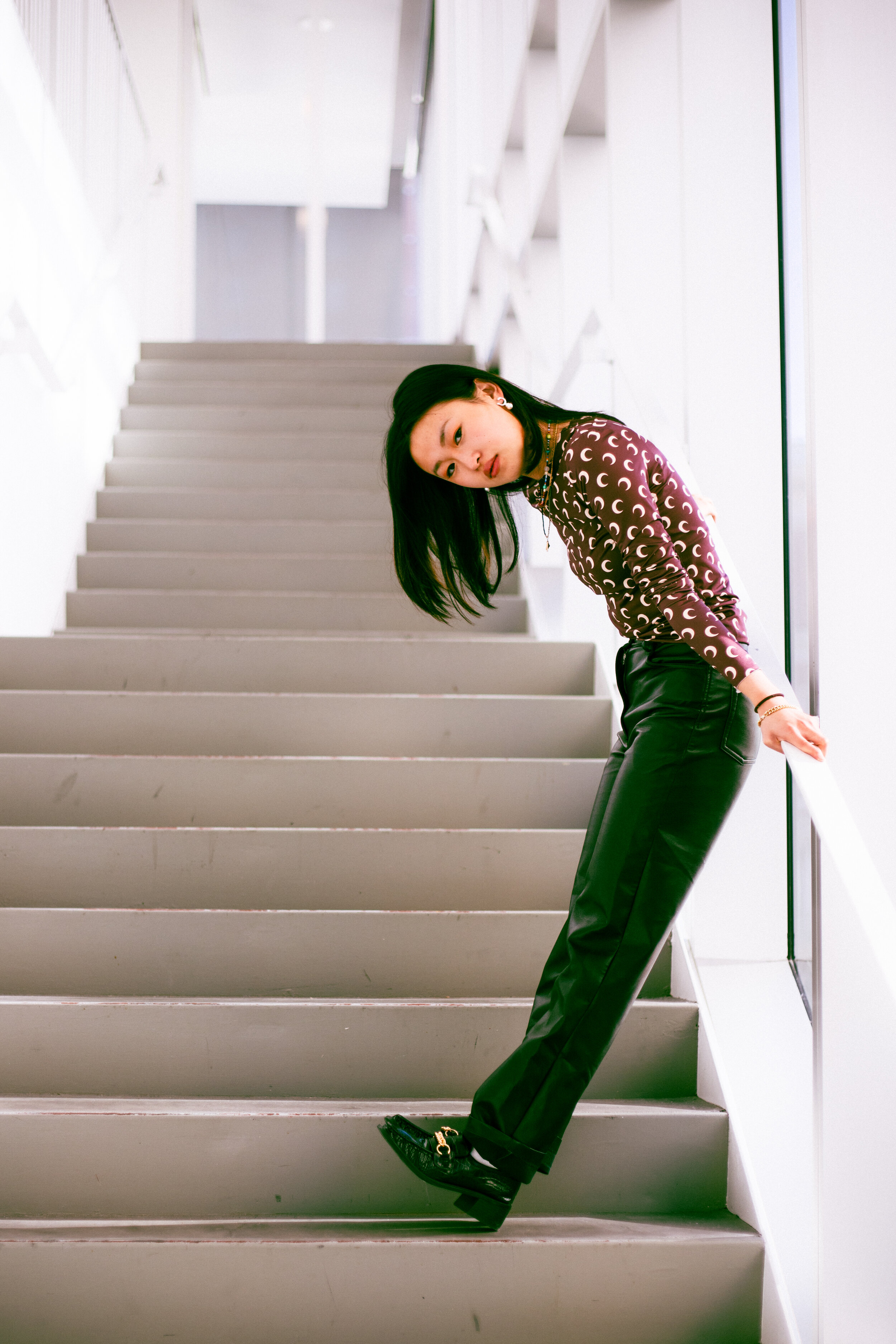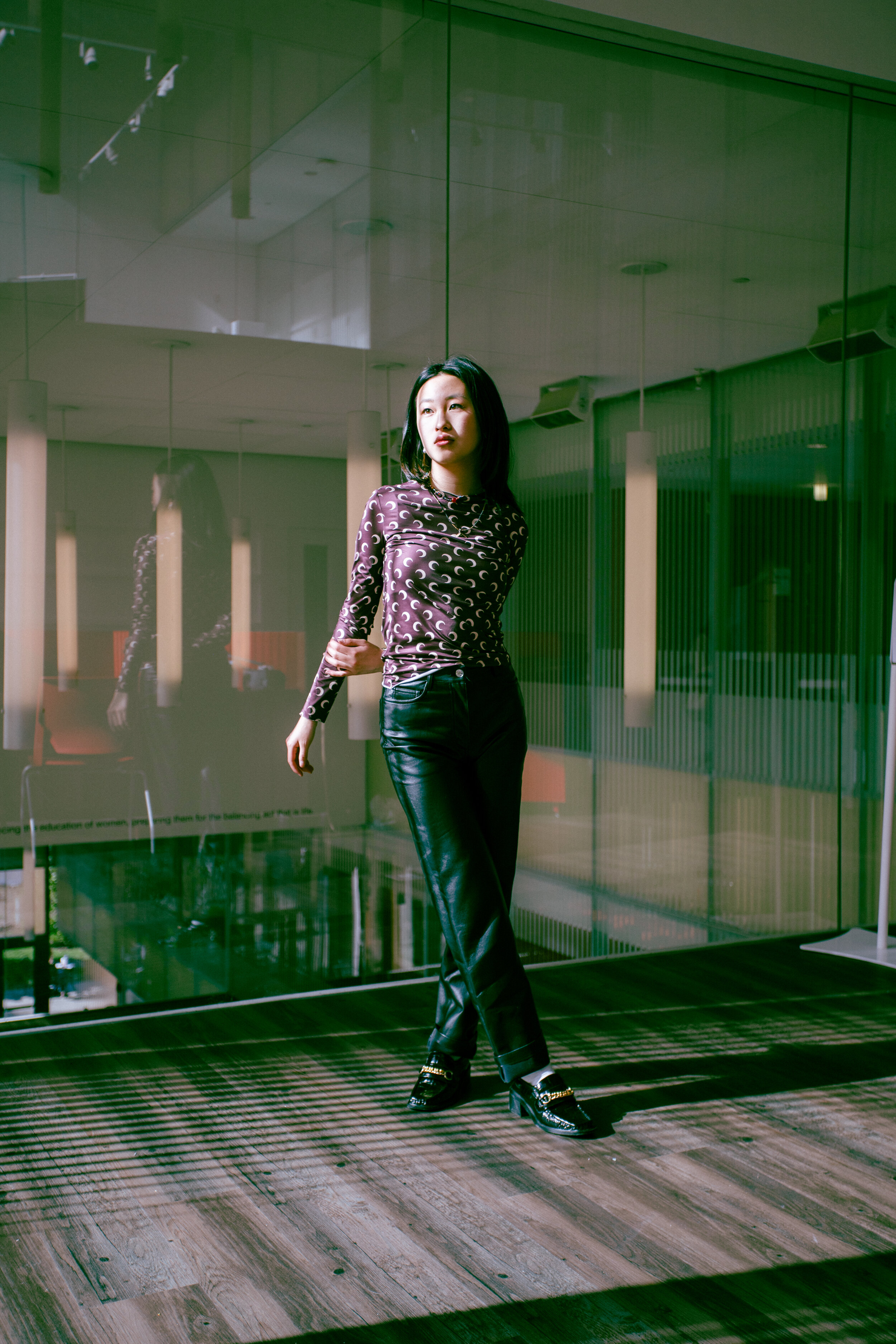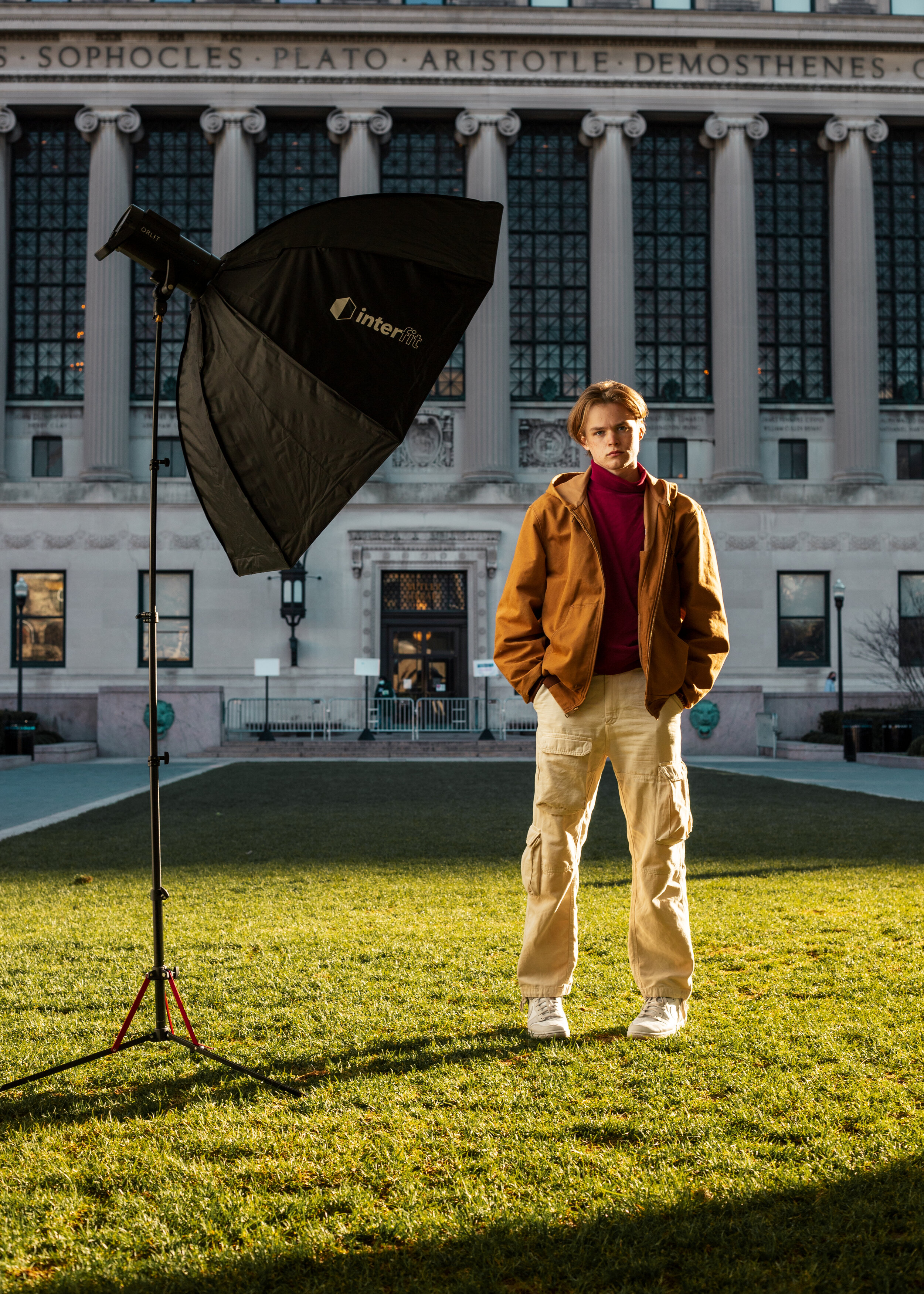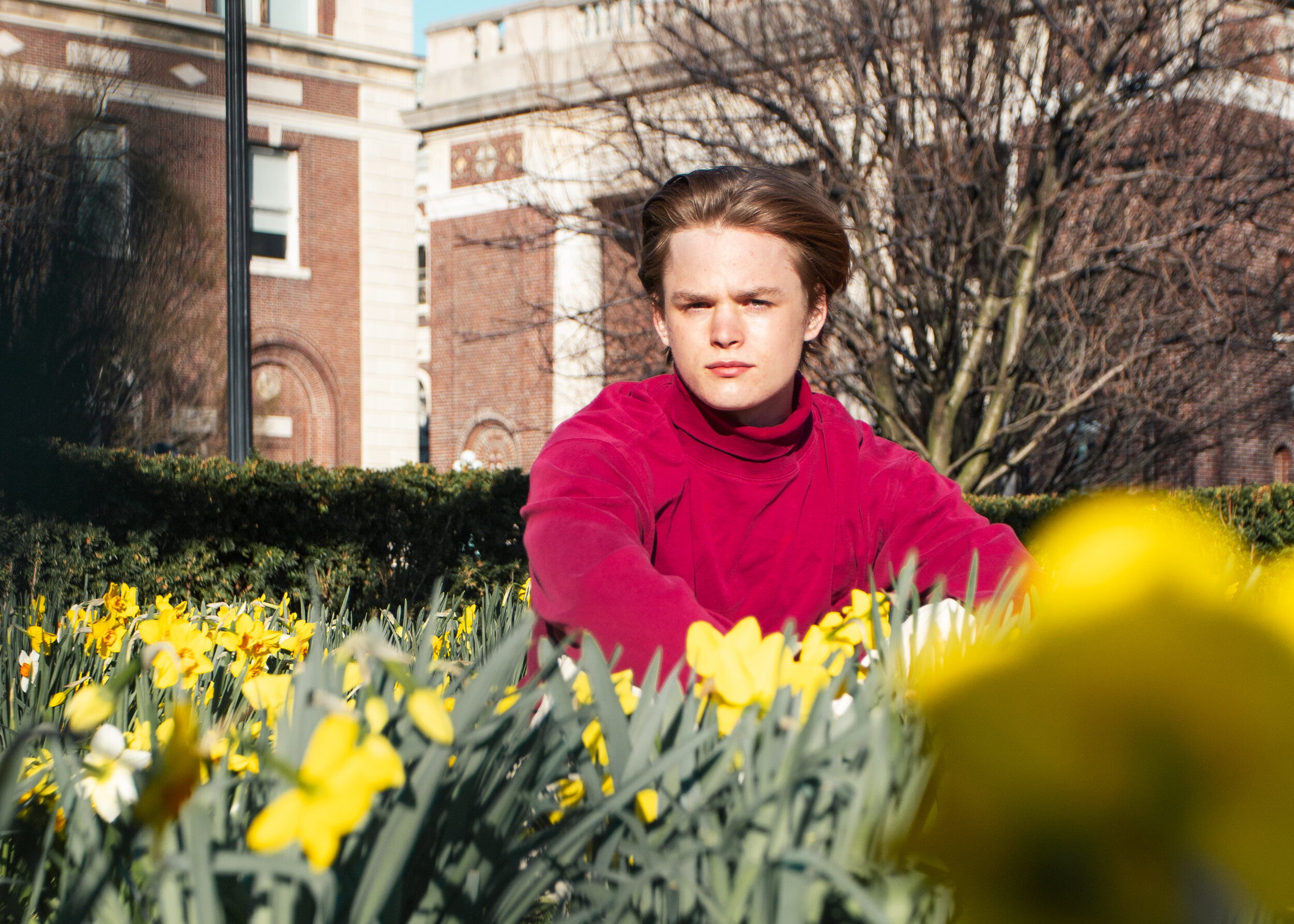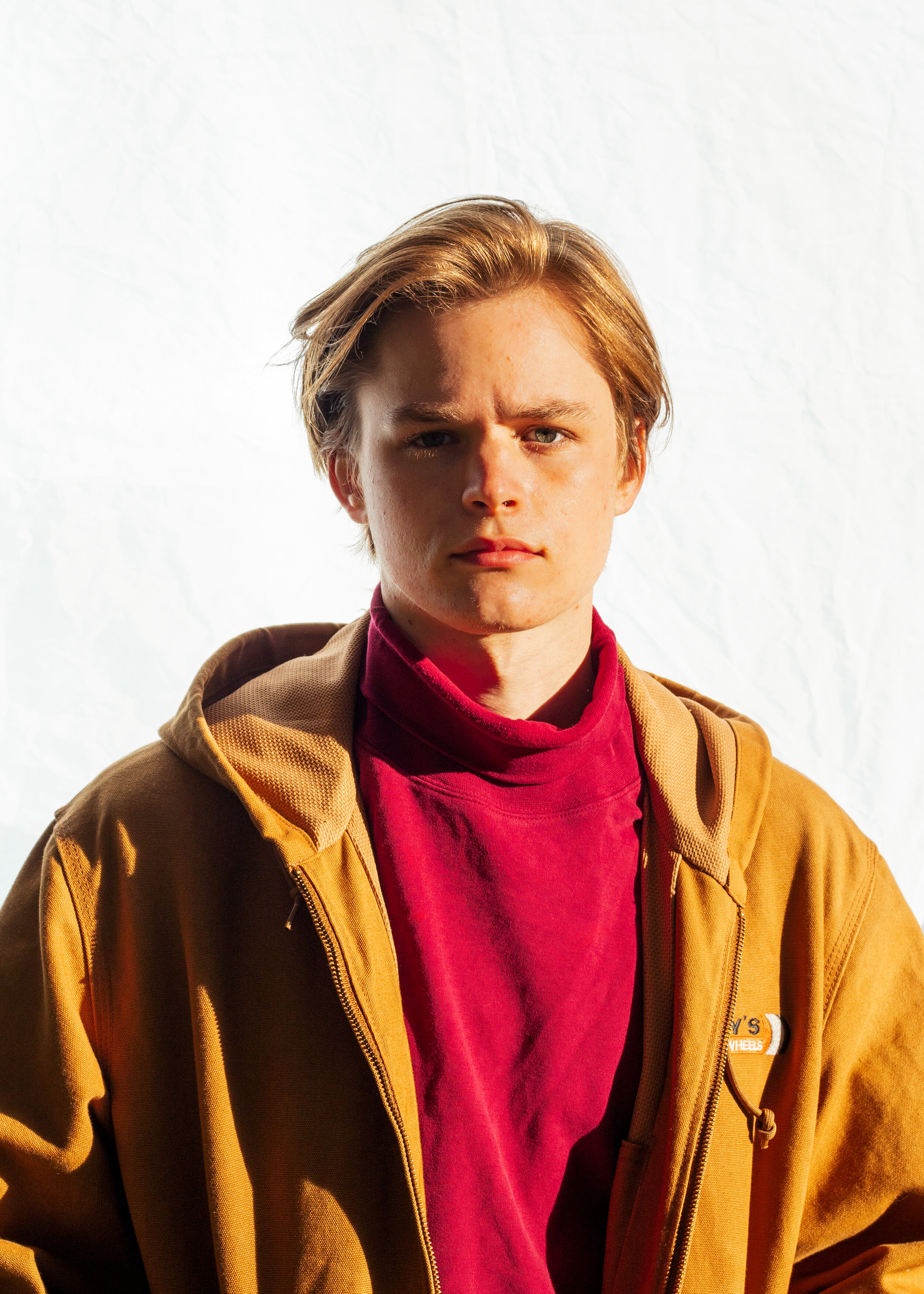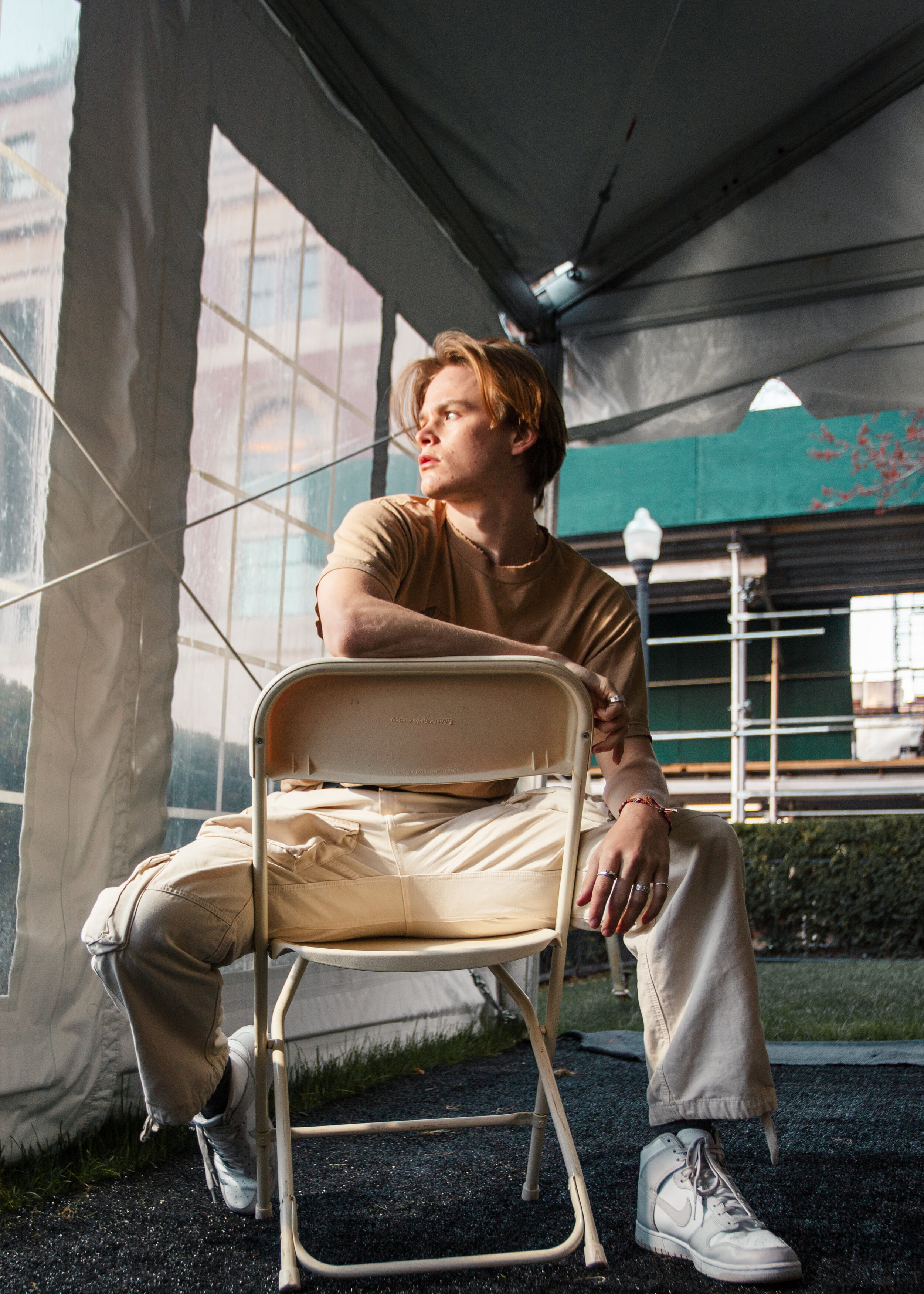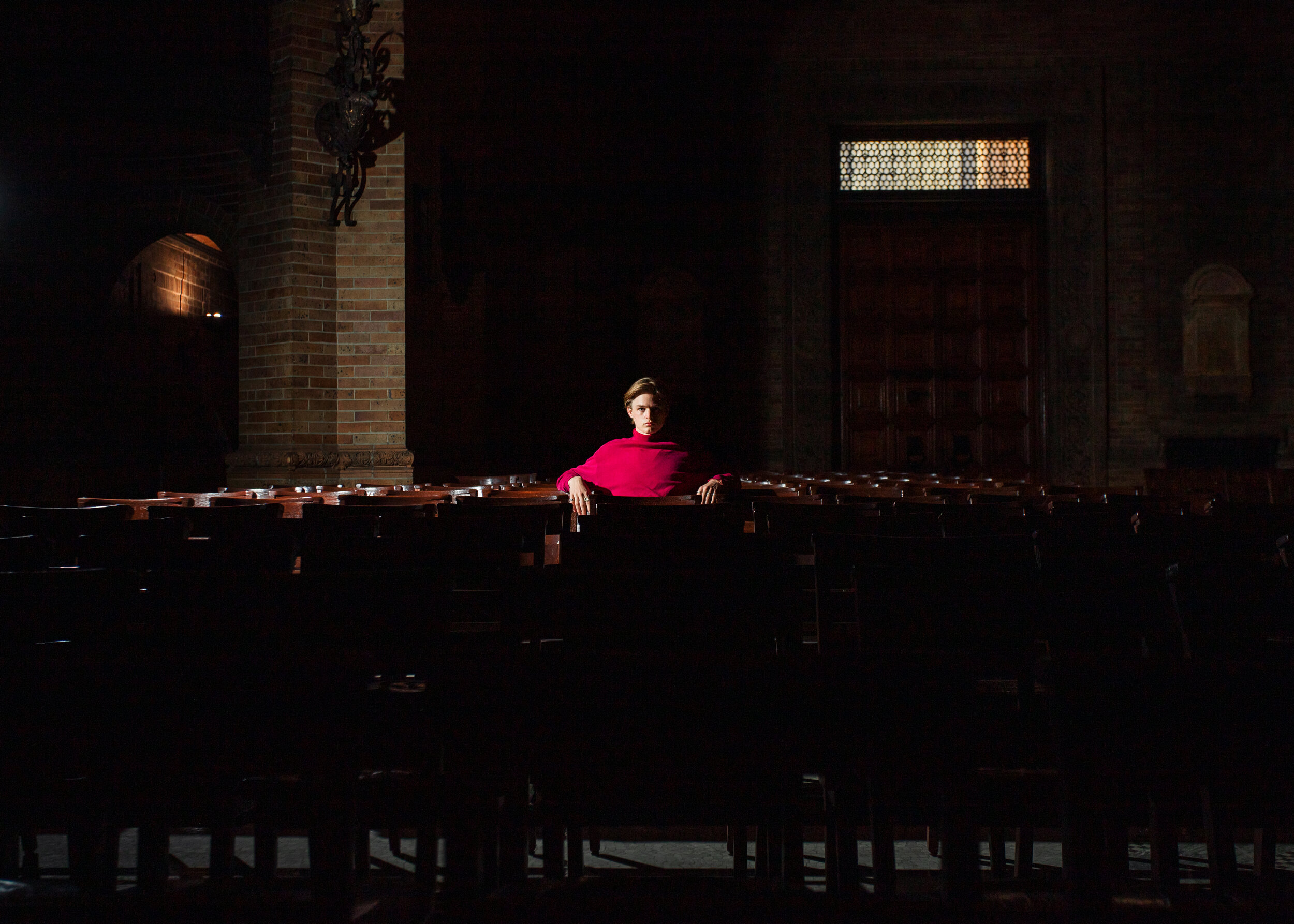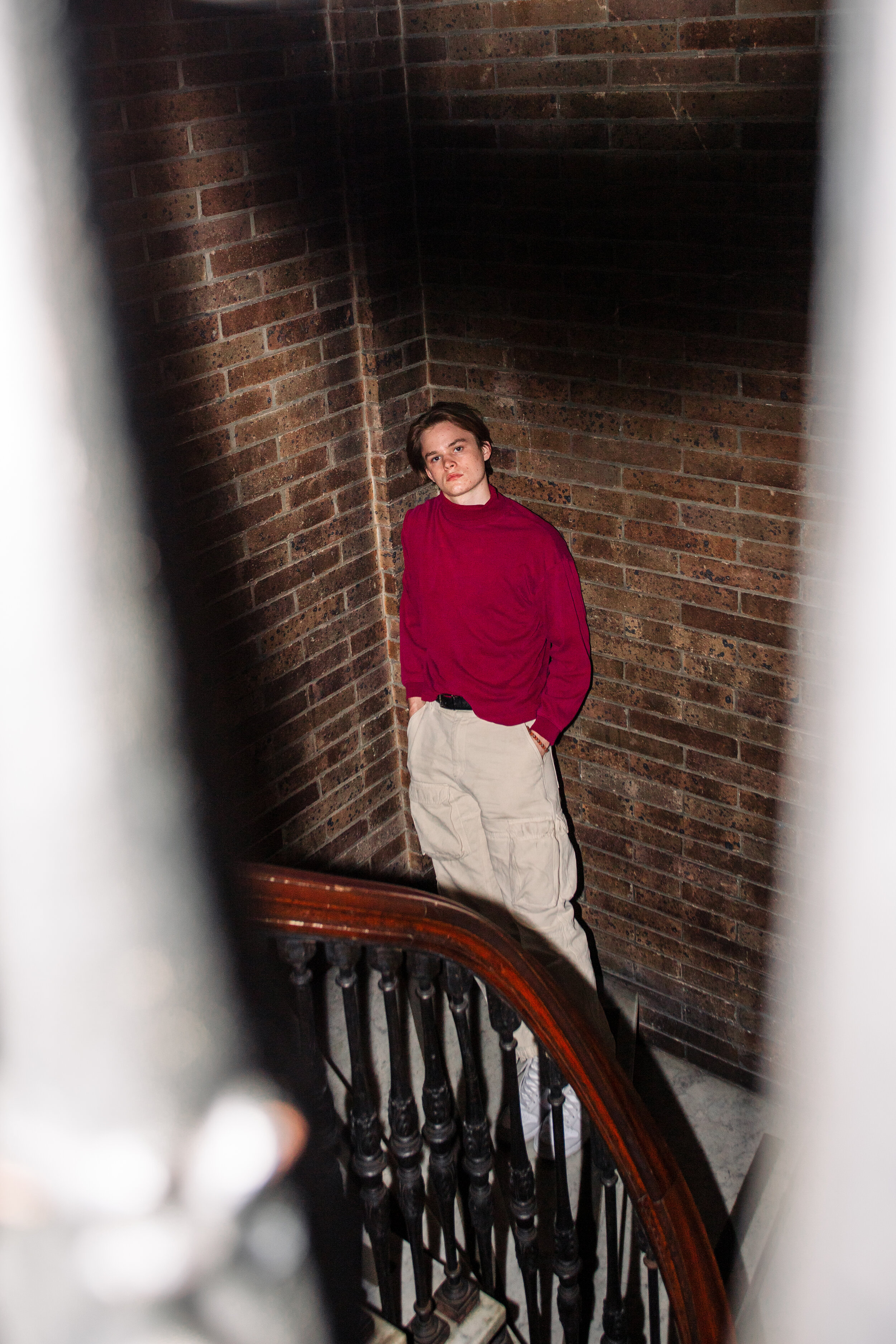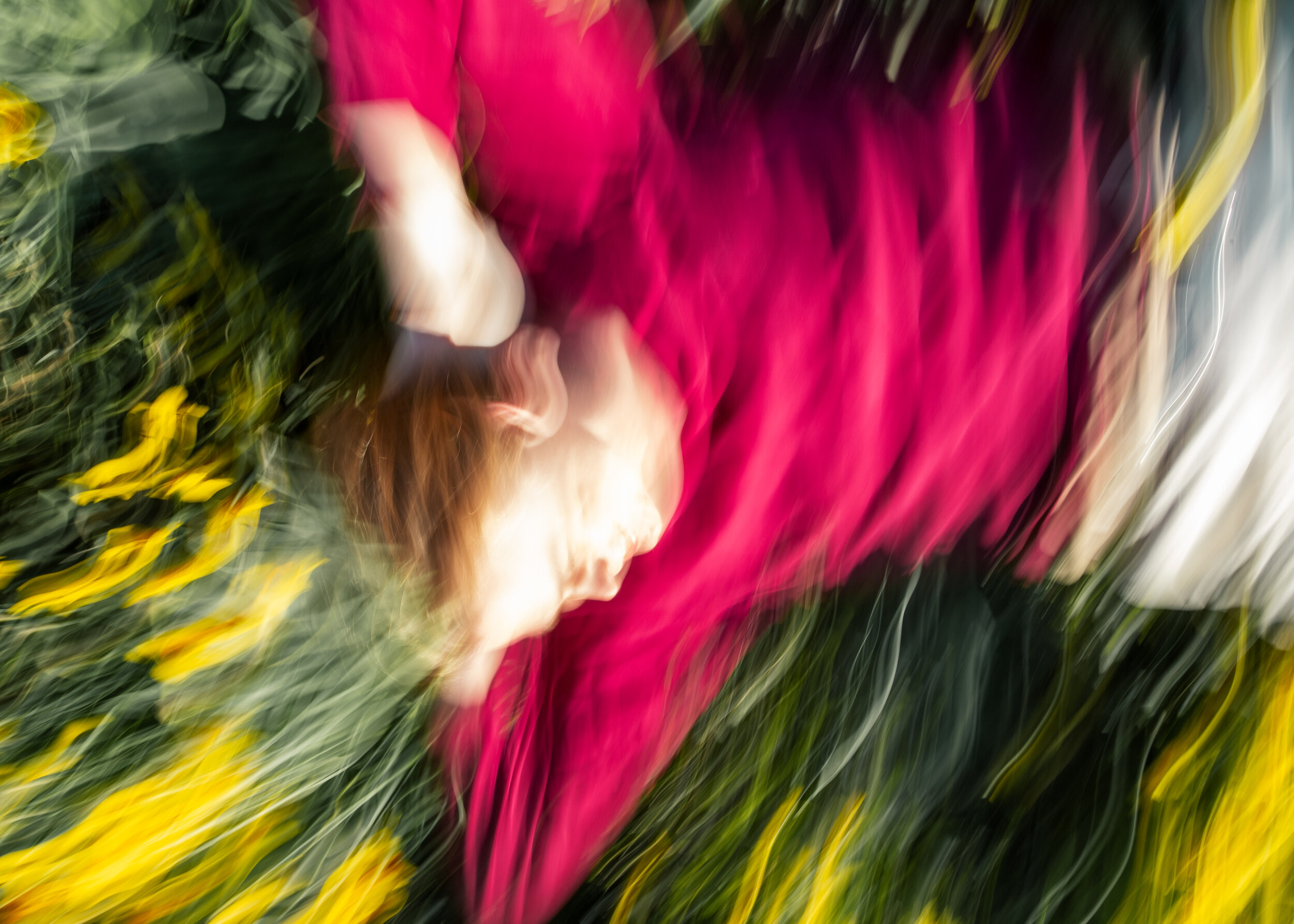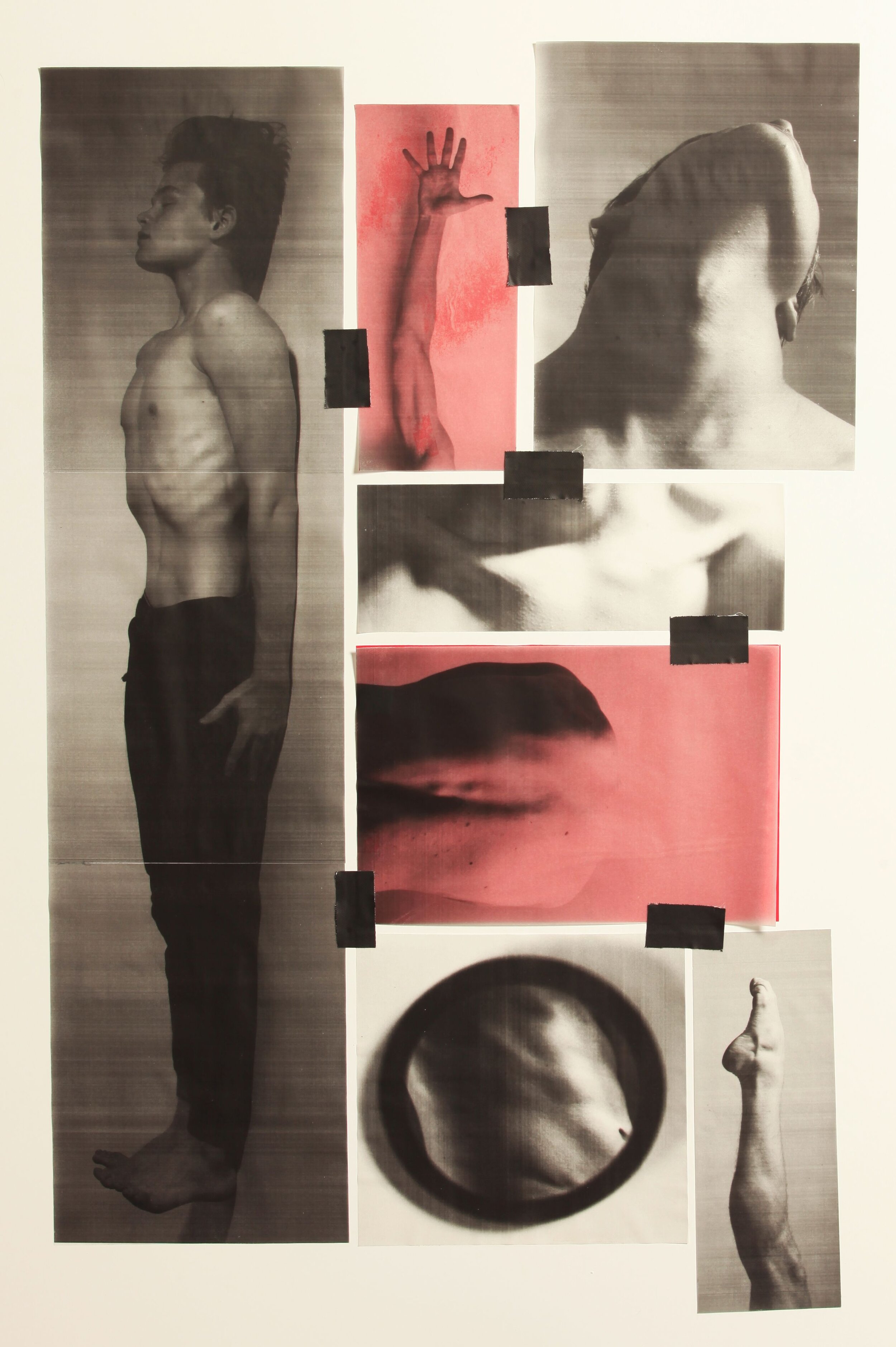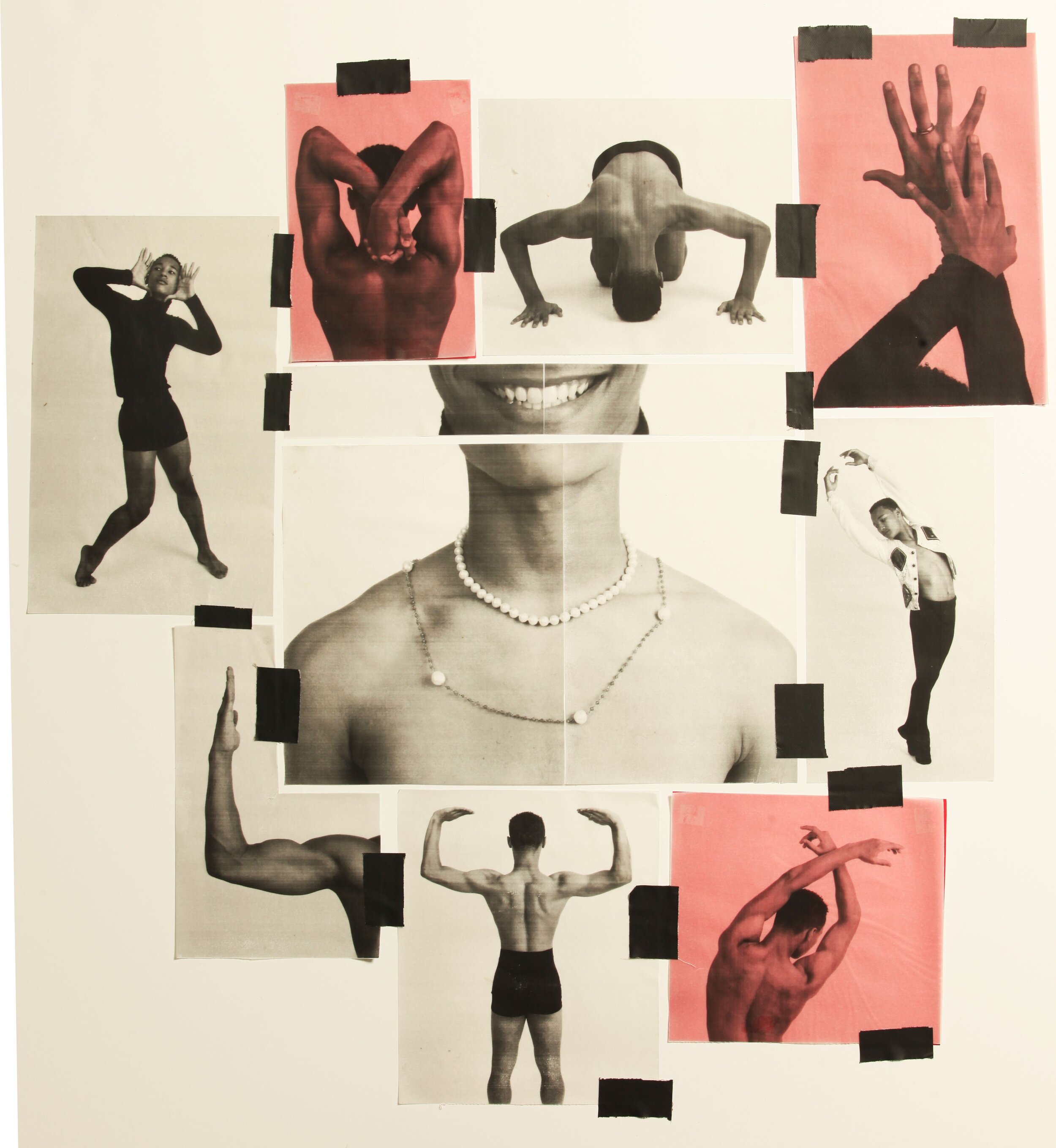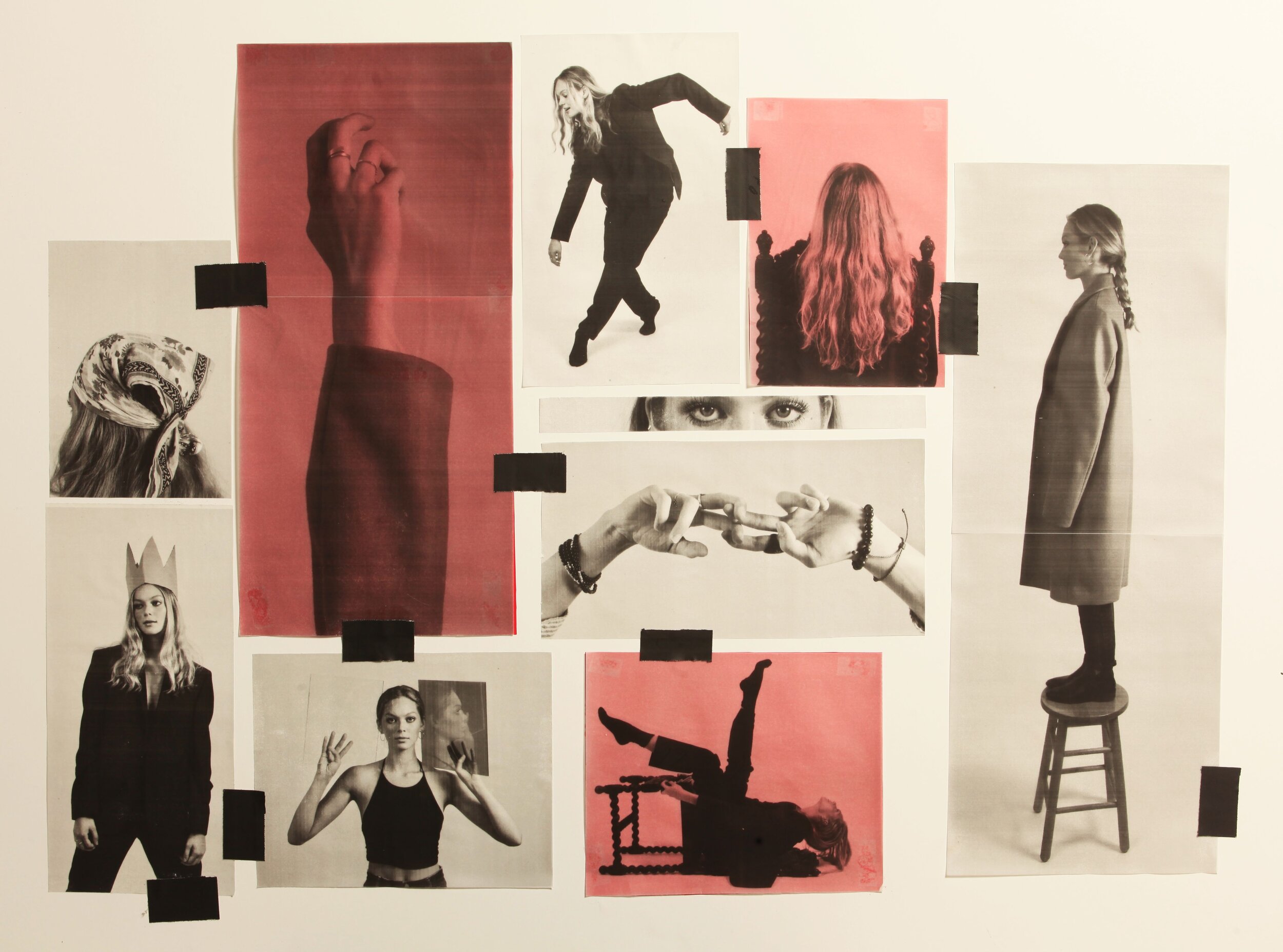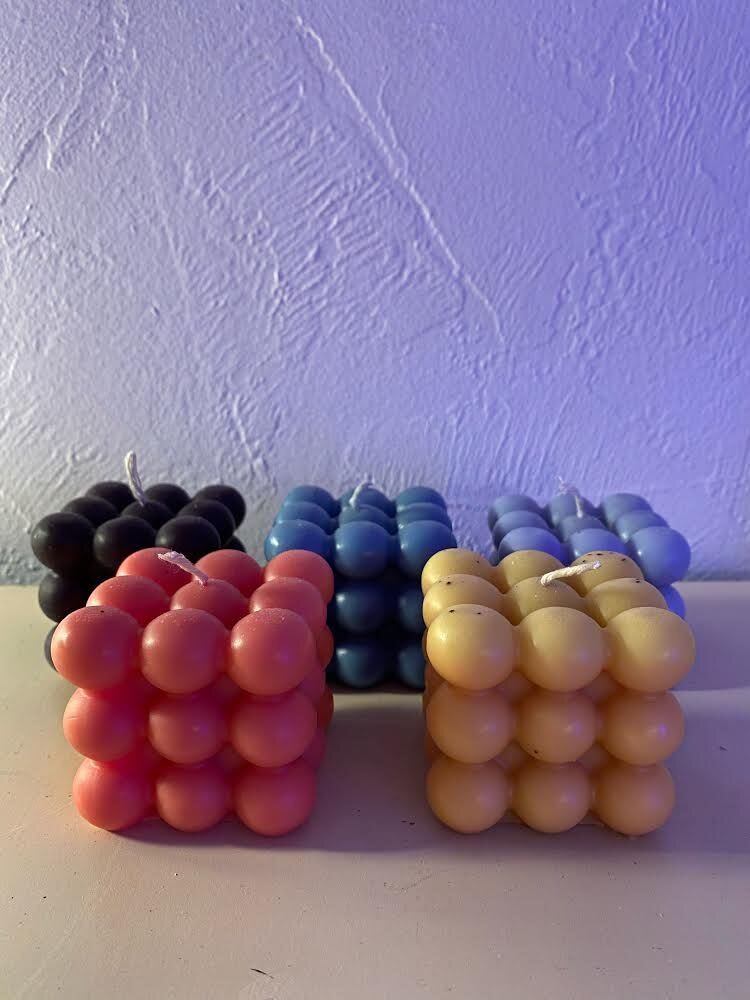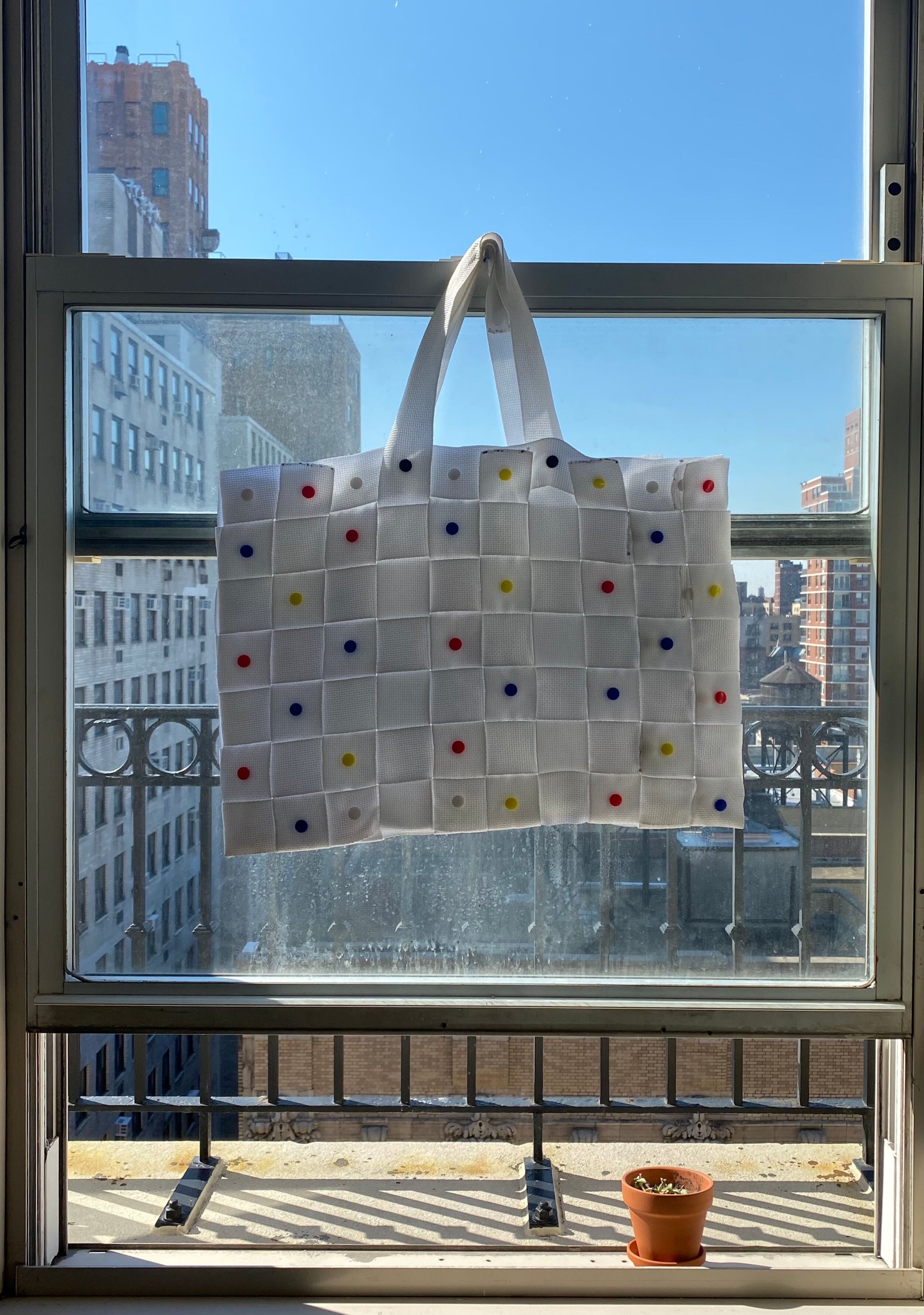Feature by Isabella Rafky
Photos by JP Schuchter
Tell me a little bit about yourself!
My name is Teji, I use she/her pronouns. I grew up in Yonkers and went to school in the Bronx.
In school, I was mostly focused on STEM; I was the only girl in all my classes for the most part. Outside of school, I did Indian dance and interned at a lot of museums in the city, which got me interested in the importance of art. I also took this class where I read The Picture of Dorian Gray, Orlando, and Giovanni's Room. I became immersed in all these texts and spaces surrounding art. When I was applying to college, I was interested in both computer science and art, and I’m now studying both.
You dance, paint, draw, code, the list goes on – do you use a similar artistic approach for each of these facets of your creativity?
There’s a lot of overlap between dance and art. I started both in a rigid way. Art started with trying to draw super realistically. Especially when I was younger, it was mostly, Oh, can I draw a really realistic apple? Eventually, I started to loosen things up and make things more my own style, adding my own brushstrokes here and there.
It's the same with dance, where I started with very concrete lines and steps. As I got older, I started to deviate from that formality. In dance it’s being more expressive, especially with my face. I used to never move my face; I looked angry most of the time. It took until junior year to be able to use my face in dance. Indian dance is very narrative, so facial expressiveness makes it easier tell stories and put yourself into the character.
Kolam, 2021
With computer science, it feels the opposite. A project intuitively makes sense in your head, but then you have to make it so that a computer understands your thoughts. It’s going from this abstract idea and making it rigid enough for a machine to be able to compute it. I have this idea of a Cartesian plane, where art is one of the axes and computer science is the other. Between the two, you're going from super rigid to super expressive, intuitive to hard coded. I think becoming expressive but in a weird, digitally confined space could be a fun challenge.
Did where you grew up influence your artistic practice?
Definitely. I went to a private school my whole life where mostly everyone was white. That was a huge factor growing up. I always felt like my culture was super valuable, but not something that I could talk about all the time. We would be reading like, Emerson and Thoreau, and I’d be like guys, this is just like the Bhagavad Gita. Everyone would be like, Cool, that means nothing to me, because I don't know anything about your culture. Now, I have so many friends who are brown, and friends who aren’t weird about my culture and whatnot. I talk about it all the time.
I also had a ton of access to public art and museums, growing up in the city. I’ve been taking art classes since elementary school. I have this core memory from third grade: in my art class, we were learning Chinese ink brush paintings. I had a white teacher, so it didn’t really make any sense. We were looking at these ink brush paintings and then trying to copy them, and she would walk around and be like, “Oh, your brushwork feels too Western.” I mean, why wouldn’t they be? We were third graders and no one was Chinese. Who was going to have the visual context? Something about her comment just made me think about this question––what does it mean for a brushstroke to be “Eastern”?
Oftentimes, when you see something visually, you can identify it with a place. That’s something I've always searched for with my art, because my identity’s been so convoluted and mixed up with everything else. It's hard for me to distinguish what is visually South Asian or South Indian, and what came from elsewhere. That's a lot of what I'm trying to look for in my art.
Paati and Tatta, 2020
What intrigues you about making art; why do you do it?
I am usually bad at putting things into words. I’m not the most verbally competent person, especially considering my mother tongue. There are a lot of things that I want to write about or read, at the intersection of so many different languages. At the end of the day, I think art is about expressing yourself or expressing something. The preface of The Picture of Dorian Gray has a whole thing about this. If I had an argument to make, I would write an essay, and that would be fine. But, usually I don't really know where I'm going with things; there’s a level of nuance or uncertainty that art allows for, where I can express myself without offering anything concrete.
What’s your artistic process like?
Usually, I work from a picture and I'll try to make it weird. For example, I have a piece called Ardanareeshwaran [(Millat and Magid)] that’s split into quadrants. It’s based on a picture of a temple in India that was blown up by the British. The God that it's depicting is bifurcated, because it's half male, half female. I took the picture, cropped it, and messed with the colors a lot. Then I split it in half twice, and collaged it back together. Most of the time, if I'm working from an image that I already have, I'm not trying to make it super natural. I'm trying to mess with it and ask myself, what information do I have to keep to get the essence of this, what can I do without?
Ardanareeshwaran (Millat and Magid), 2021
How do you want your work to be shown or experienced?
This one's tricky because, especially with paintings like Ardanareeshwaran [(Millat and Magid)], I can't tell if I want to preface it with context beforehand, or if I want people to see it first as abstract shapes. I don't know which one is better. But if I had a gallery, I would not want it to be a white box. I’d want it to be a kind of performance space. There a lot of senses that are specifically Indian that would bring my work to life. To get the full experience that I feel, you need something other than visuals… you need to smell coconut oil, or hear a tabla in the background, or to take your shoes off before entering the space. If I could have complete control, I would make viewers do little things like that; participate in these rituals that would situate you better in my work.
Speaking of divinity, how has Hindu mythology, spirituality, and its culture affected you and your material work?
It's hard for me to separate the things I grew up with and the way I currently think. It was exciting to incorporate Hindusim into my art, because it felt like everything in my life was connected. That feeling made me really happy. It’s frustrating, because I always wanted to explain these connections to people, how beautifully these things all fit together, but I struggled to do it with words. It’s spiritual to connect art to Hinduism and the way that I understand the soul and energy and stuff like that. That's mostly what I'm trying to do with my art, express that weird moment of clarity, the Whoa, it feels like everything in my life happens for a reason and it all is clicking right here and now.
You were saying how Indian dance is narrative. Have you ever taken ideas from a dance to then represent in your art?
Simha Vahini, 2019
Yes! In the beginning of junior year, I had what's called an Arrangetram, which is a graduation ceremony of sorts for this type of dance. It requires so much practice; I was practicing six hours a day at a point, it was crazy. My whole performance was three hours, and the longest dance I did was 30 minutes. Each one tells a story. There's one, the one that I told you about, called Simha Vahini (2019) where I painted myself as that goddess. The backdrop is Van Cortlandt Park, because that's near where I went to high school. That was fun. I was interested in transplanting this goddess that you see in an Indian context into the context of my own life. Also, a huge part of Hinduism is recognizing that God isn't actually separate, that it's within yourself. With this painting, I was looking internally for something rather than externally.
Bhakti, 2018
There was another one called Bhakti (2018) that I really liked. I made that when I started learning how to use my face in dance, because Bhakti means devotion and that's a very hard emotion to convey on your face. It's really in the eyebrows; I was focusing on the feeling of making your eyes look kind of sad, but your mouth happy. In the dance I had to do this for, I was playing the mother of the god Krishna. It wasn't really supposed to be my face. It was about the feeling of making that face. Something about keeping your eyebrows pursed; it's interesting. That's how it started, and then it kind of morphed into whatever.
The Metrocards Series blew my mind– what do you like most about painting on unconventional surfaces?
The Metrocard Series
The reason I prefer paint over anything else is because you have a little bit less control over it. Changing the medium becomes an easy way to bring yourself out of your comfort zone again, snap yourself out of it. Once you get a little too comfortable with the routine of something, the practice gets worse. You have to always be a little bit on your toes. Metro Cards are shiny, a little glossy. When I was using acrylic paint, it kept slipping off. It took a really long time. I usually paint in layers, but I couldn’t because every time I painted on top of something, whatever was underneath it would go away.
Euterpe
That was fun, because I had to kind of retrain myself by working with new mediums. I did this too with a violin, where I poured acrylic paint on it first. The back is really textured with yellow paint, and it drips in a fun way. When I painted over that, it crackled a little bit with the wood. I also did one on lace. I just sewed the lace a little bit so that the paint wouldn’t slip through. I was still using acrylic paint, but it almost felt like watercolor because it would seep through everything. Those are definitely fun ways to reset.
Do you see yourself as an artist or do you imagine working professionally as an artist?
Every time I talk to my T.A.s about their MFA program, it’s super interesting. I really want to do something like that. But I also can't imagine the weird business side of it, being represented by a gallery, selling your art to collectors, selling my art in general. I should be better because I would love money, but I am very bad at it. Also, this is kind of self deprecating, but I feel there are people who have a more clear understanding of what they're trying to say with their art. My creativity goes through waves, where sometimes I'll be super creatively rich, and other times, I can’t even look at paint.
Millat and Magid, 2021
That being said, creativity is the only thing that can't really be outsourced. There are a lot of careers that are going to become nonexistent, especially in computer science. I think in 40 years, maybe less, every computer science job will be replaced by a robot. The only thing that you can't really do that to is creativity and art. I put myself in a good position here where I can't really be outsourced. It would be cool to do something at the intersection of computer science and art. During my internship at the Jewish Museum, curator JiaJia Fei spoke to us and said, “paintings exist because there are walls.” Now that we're moving into a digital space, we need to create something new for that. I'm not talking about NFTs, but I think there is a huge potential for art to be changed and democratized; it would be cool to be involved in that.
Thank you for speaking with us! Where else can we keep up with your work?
My website is https://tejasrivijayakumar.wixsite.com/artportfolio and my Instagram is @tejasriii.




